Get ready to level up your gaming rig with the ASUS TUF Gaming GT302 ARGB chassis! Superior cooling, easy building, and sleek design - game on!
The post ASUS TUF Gaming GT302: Cool, Compatible, & Stylish! first appeared on Trendy Gadget.
Get ready to level up your gaming rig with the ASUS TUF Gaming GT302 ARGB chassis! Superior cooling, easy building, and sleek design - game on!
The post ASUS TUF Gaming GT302: Cool, Compatible, & Stylish! first appeared on Trendy Gadget.
Dive into next-level gaming with Samsung's Odyssey Neo G9! It's like having two 32-inch monitors in one, delivering unmatched performance and immersive visuals.
The post Level Up Your Gaming: Samsung Odyssey Neo G9 Unveiled! first appeared on Trendy Gadget.
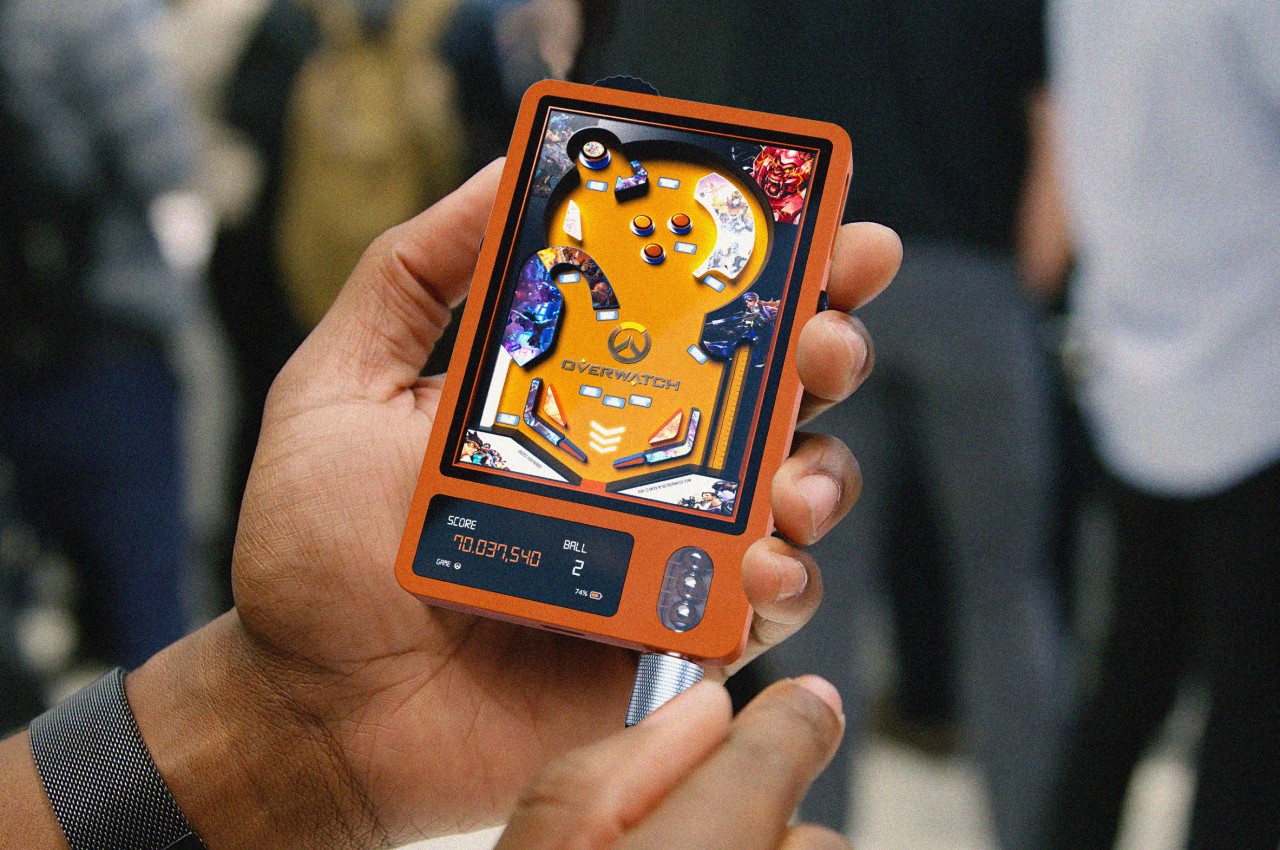
Gaming handhelds are quite the hot item in tech these days, with the likes of the Nintendo Switch still selling strong and handheld PCs becoming more common. Of course, gaming devices you can hold in your hands are nothing new, even discounting how smartphones or even old “dumb” phones have been offering such an experience for years now. During the age of the “Game & Watch,” each handheld offered a single game and only a single game, making each one a collectible item as well as a toy. That might sound wasteful and impractical today, but such a dedicated device can spark a bit of nostalgia, especially if it’s a classic game that everyone knows and perhaps loves. Even better if it plays almost exactly like the original pinball, complete with a physical lever.
Designer: Giacomo Carlini
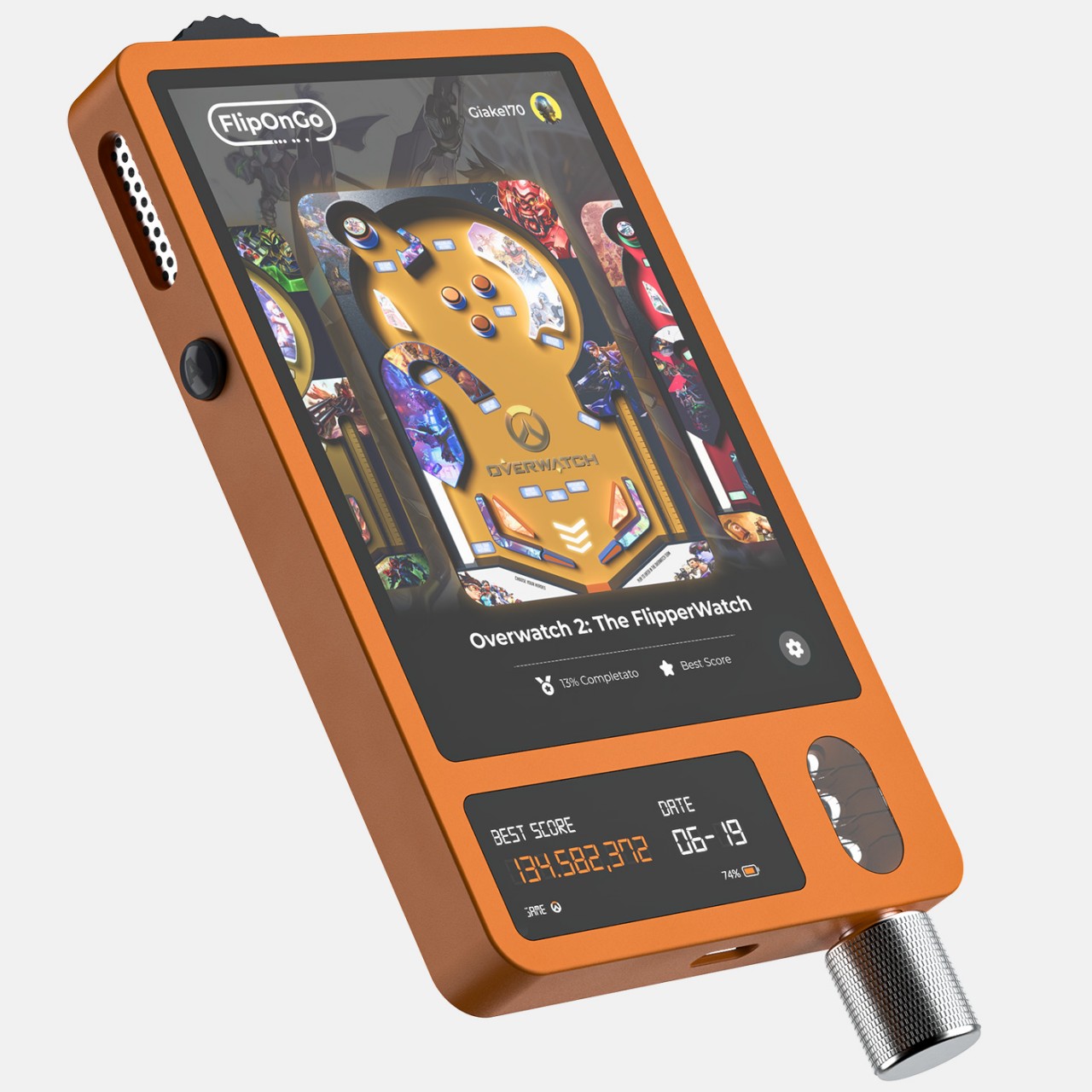
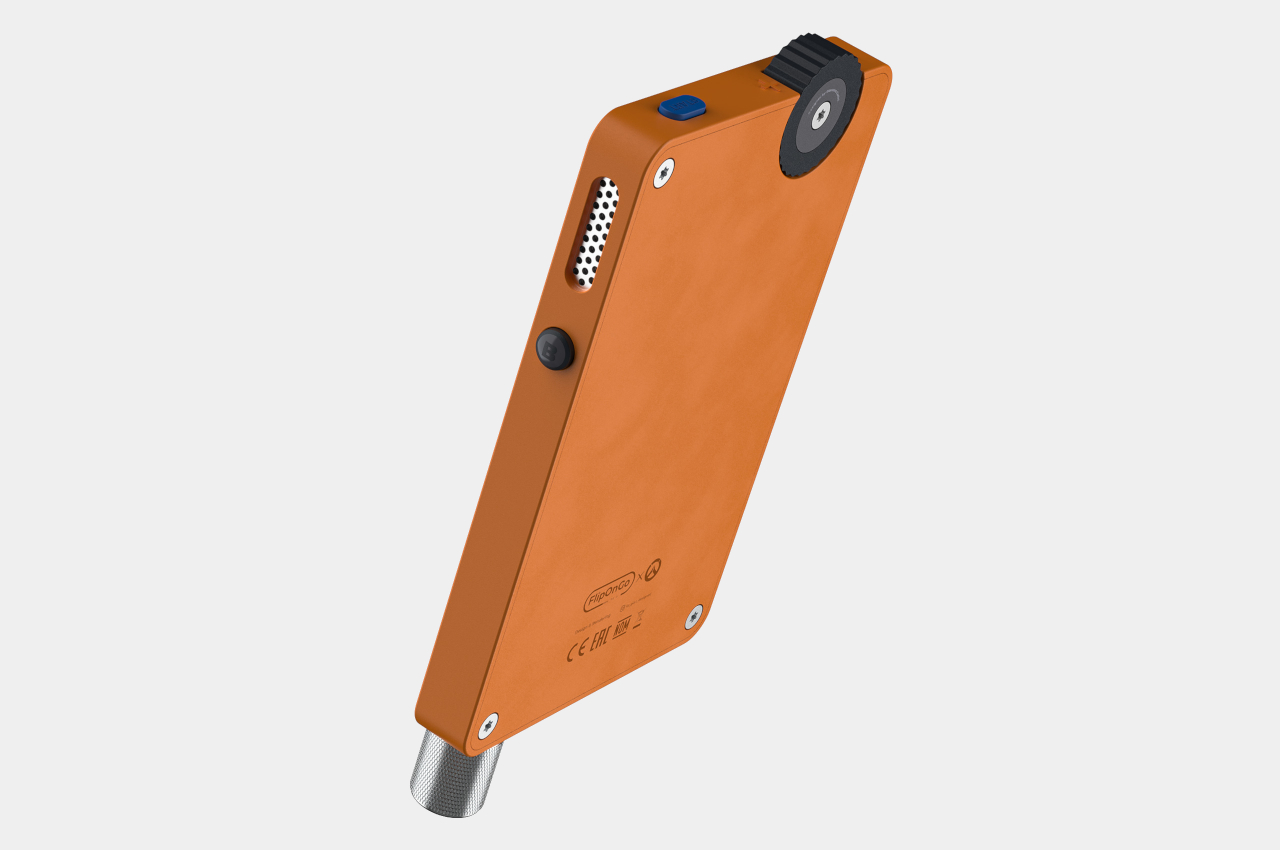
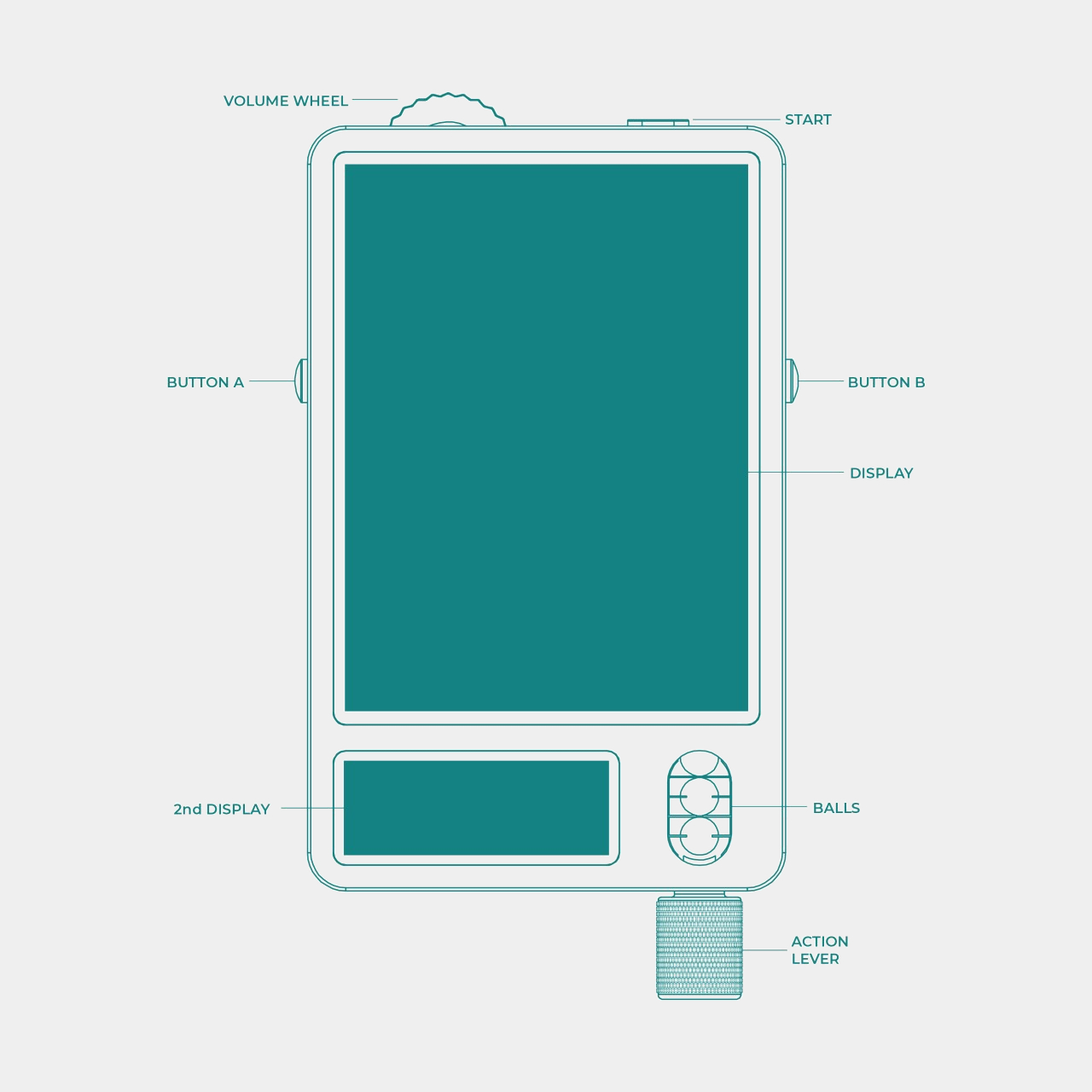
Almost everyone is familiar with pinball, even if only in concept or through movies. Just like arcades, the game is like a relic of the past, which makes it even better suited for a retro makeover. FlipOnGo is a concept that capitalizes on the nostalgia potential of the game but puts in a design that mixes the old and the new in interesting and unconventional ways. Yes, it’s a digital gaming handheld, and yes, you still need to pull that lever to start playing.
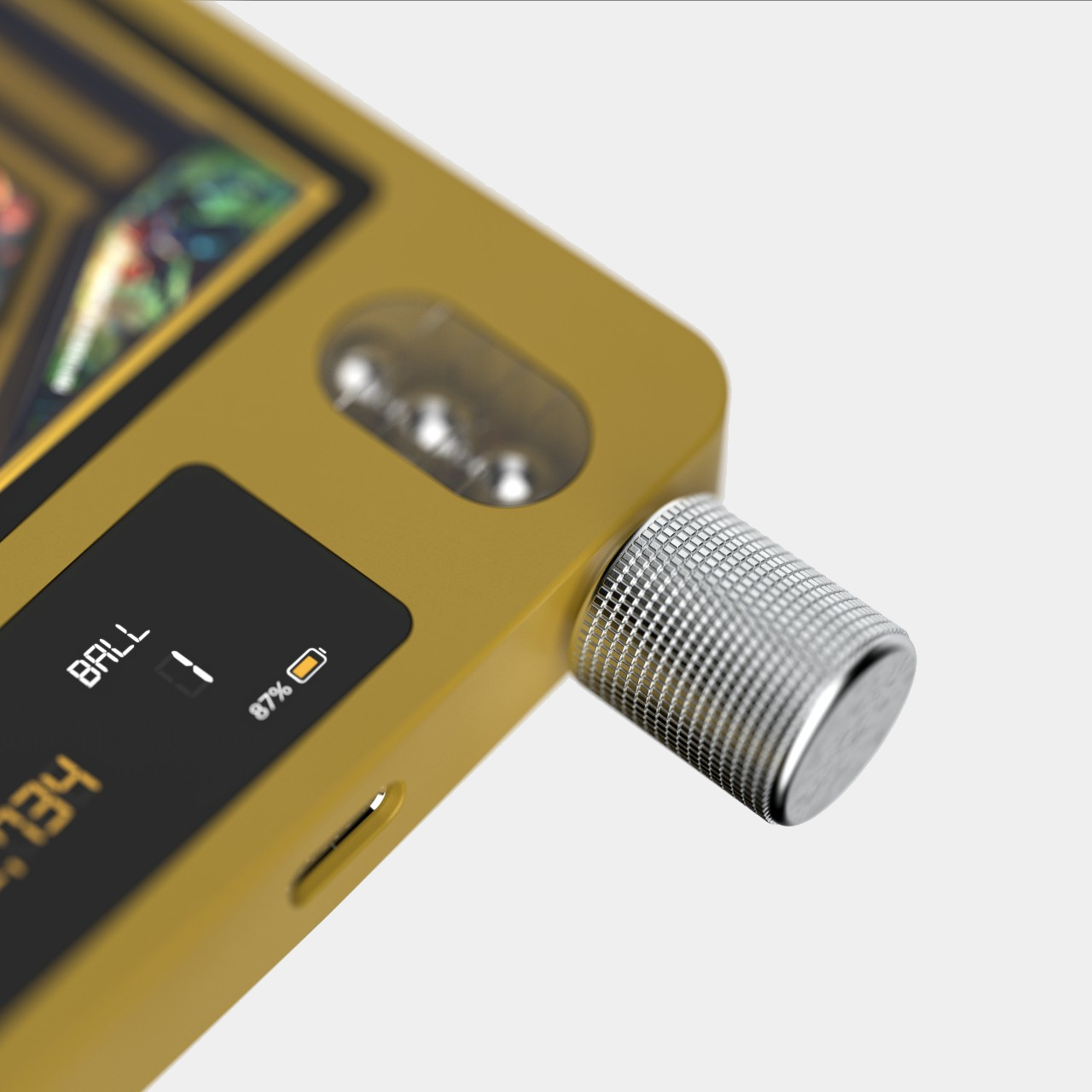
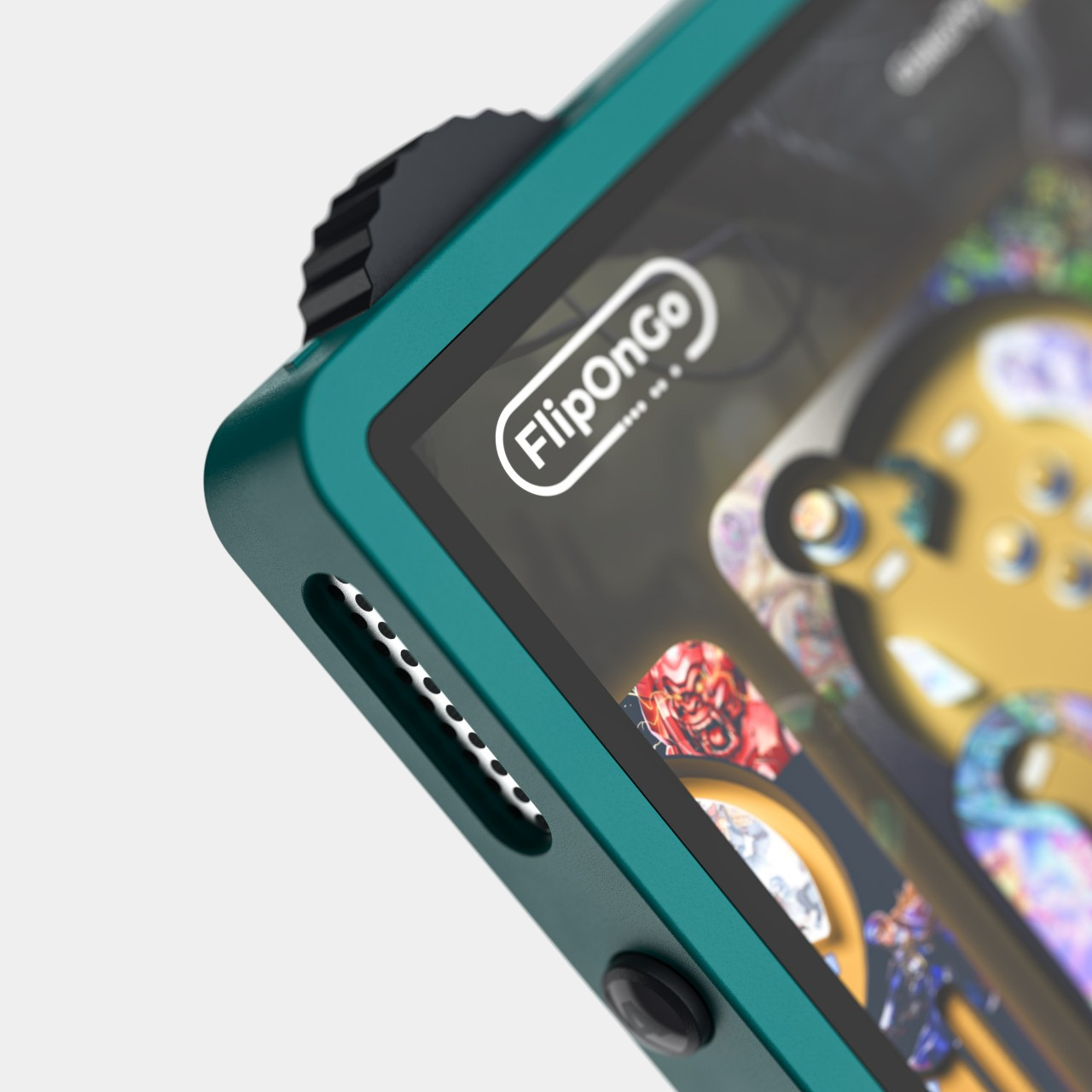
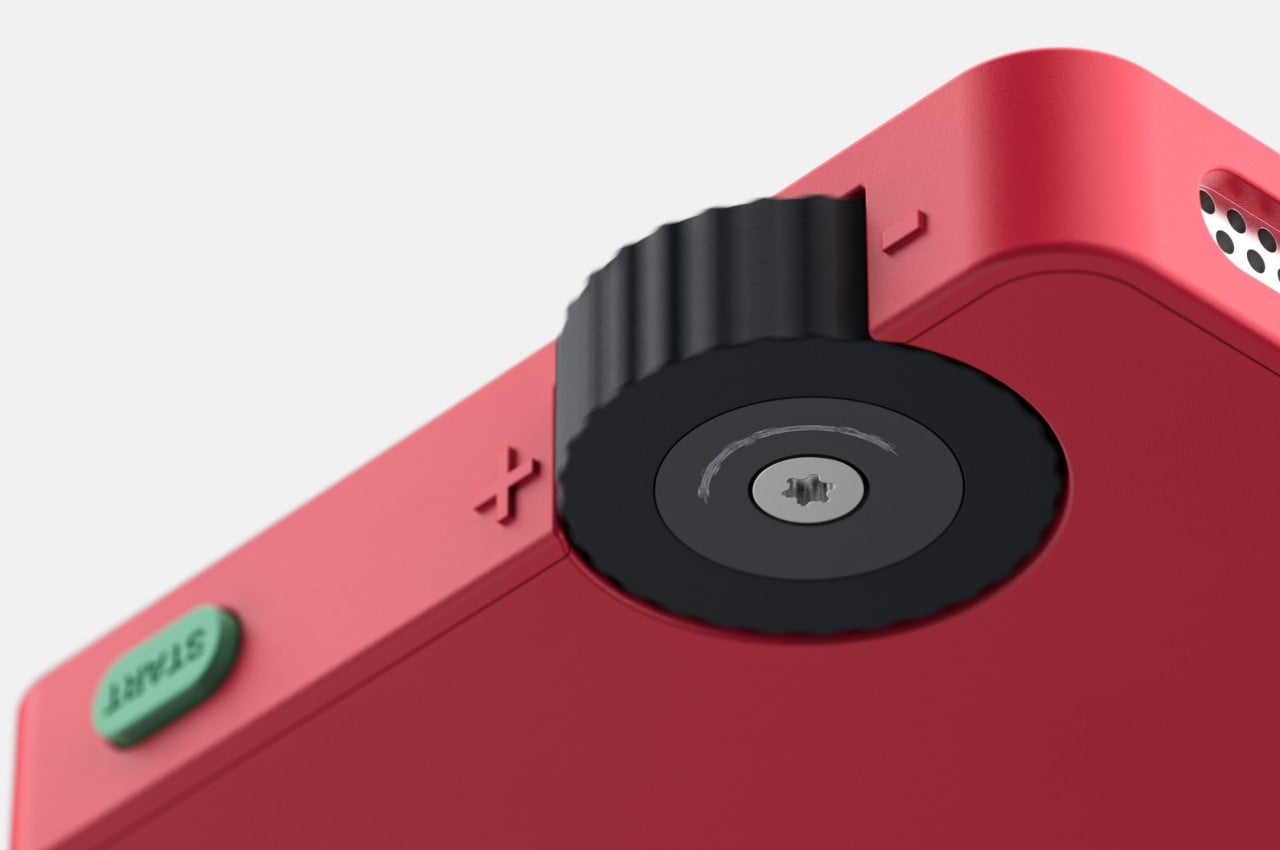
The device, which is only a little larger than a deck of cards, offers a classic game of pinball with the bells and whistles of a digital version. There are no real balls involved, and no mechanical paddles to flip. It has a large display, which shows a playing field and digital versions of flippers and bumpers. It also has a smaller display that shows the score, how many balls you have left, and the remaining battery.
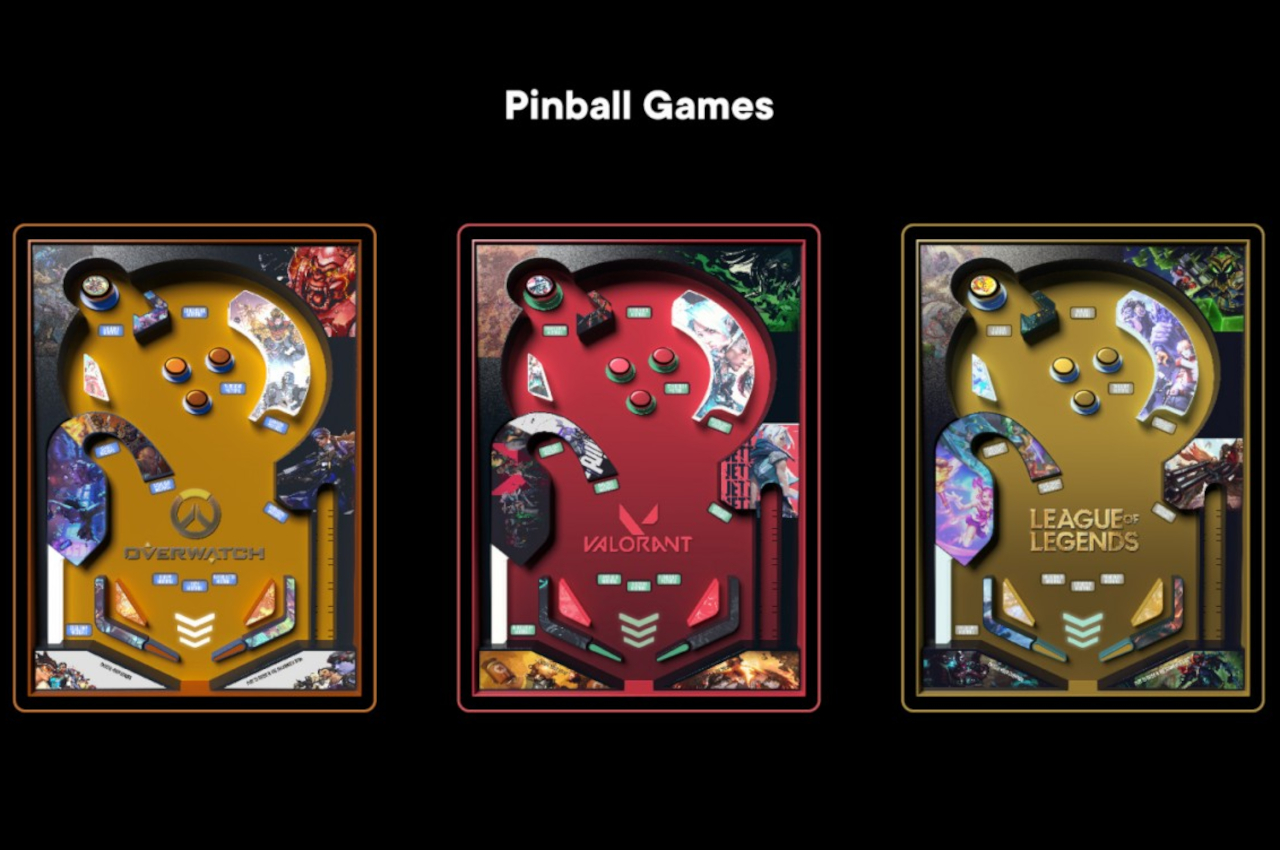
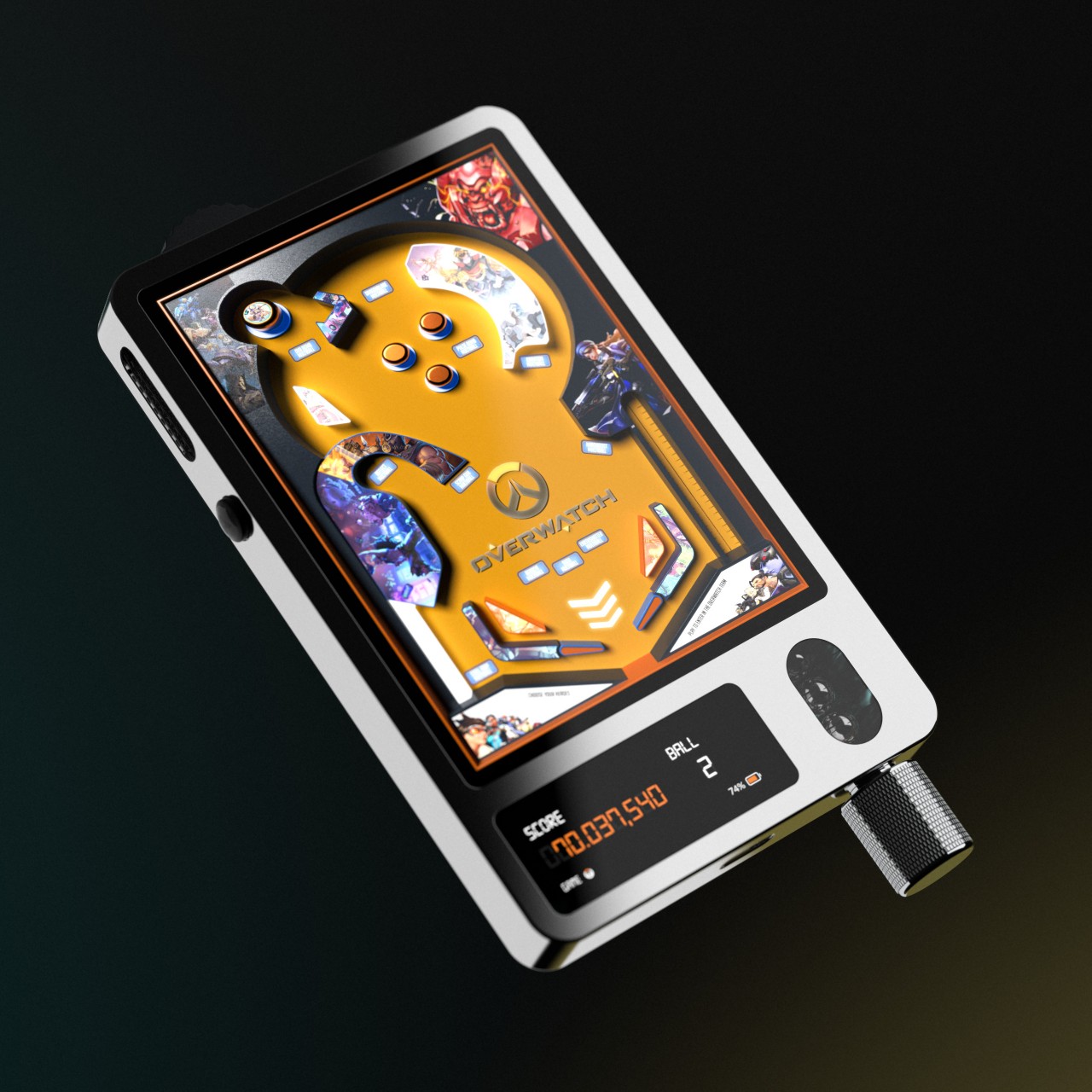
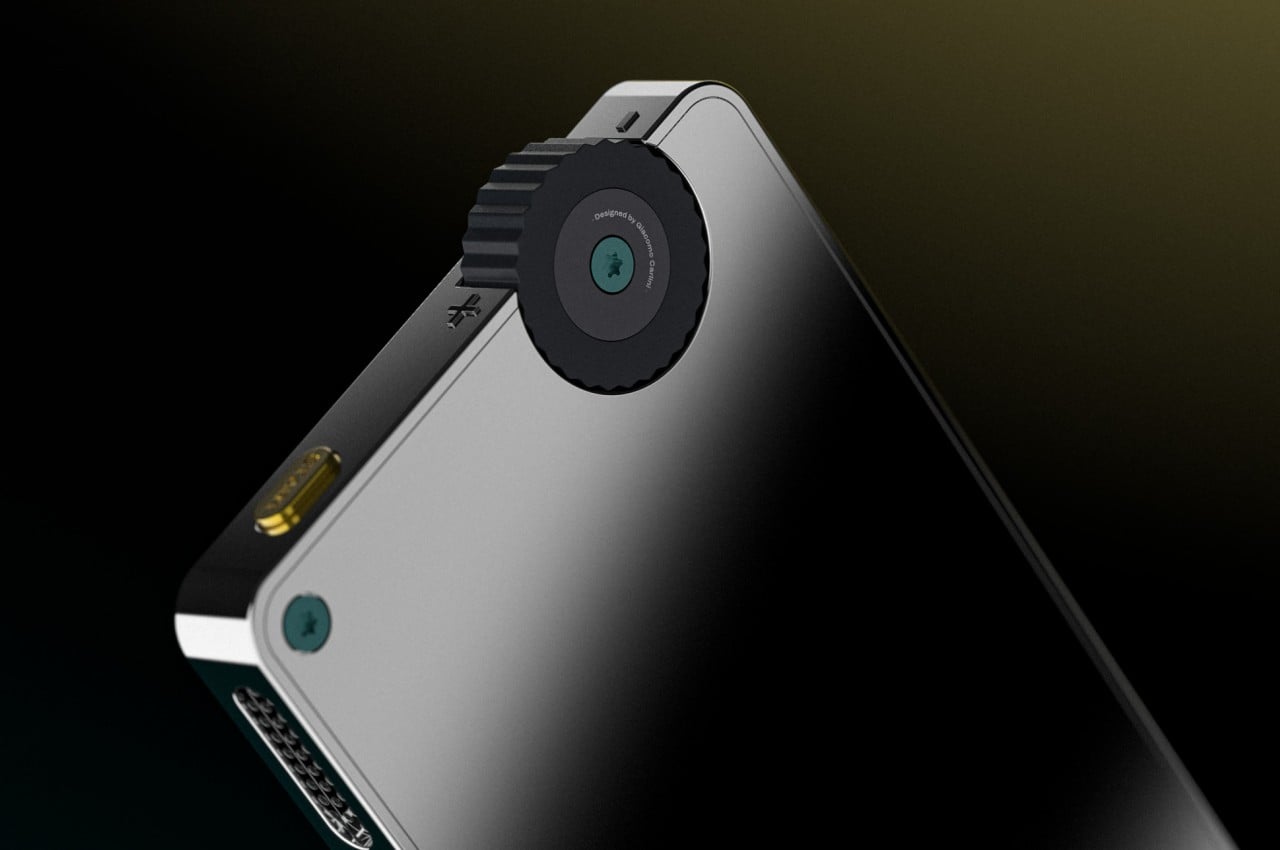
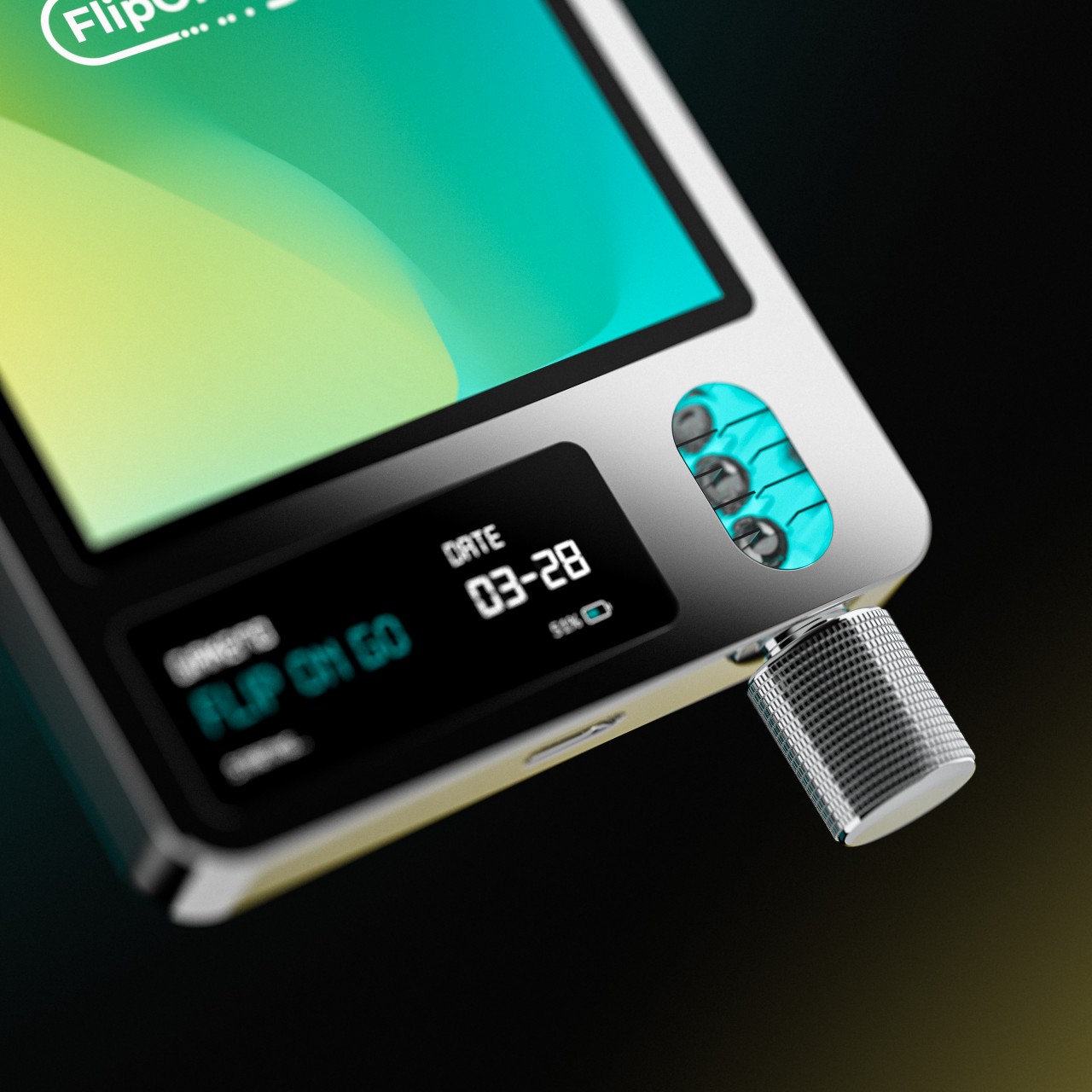
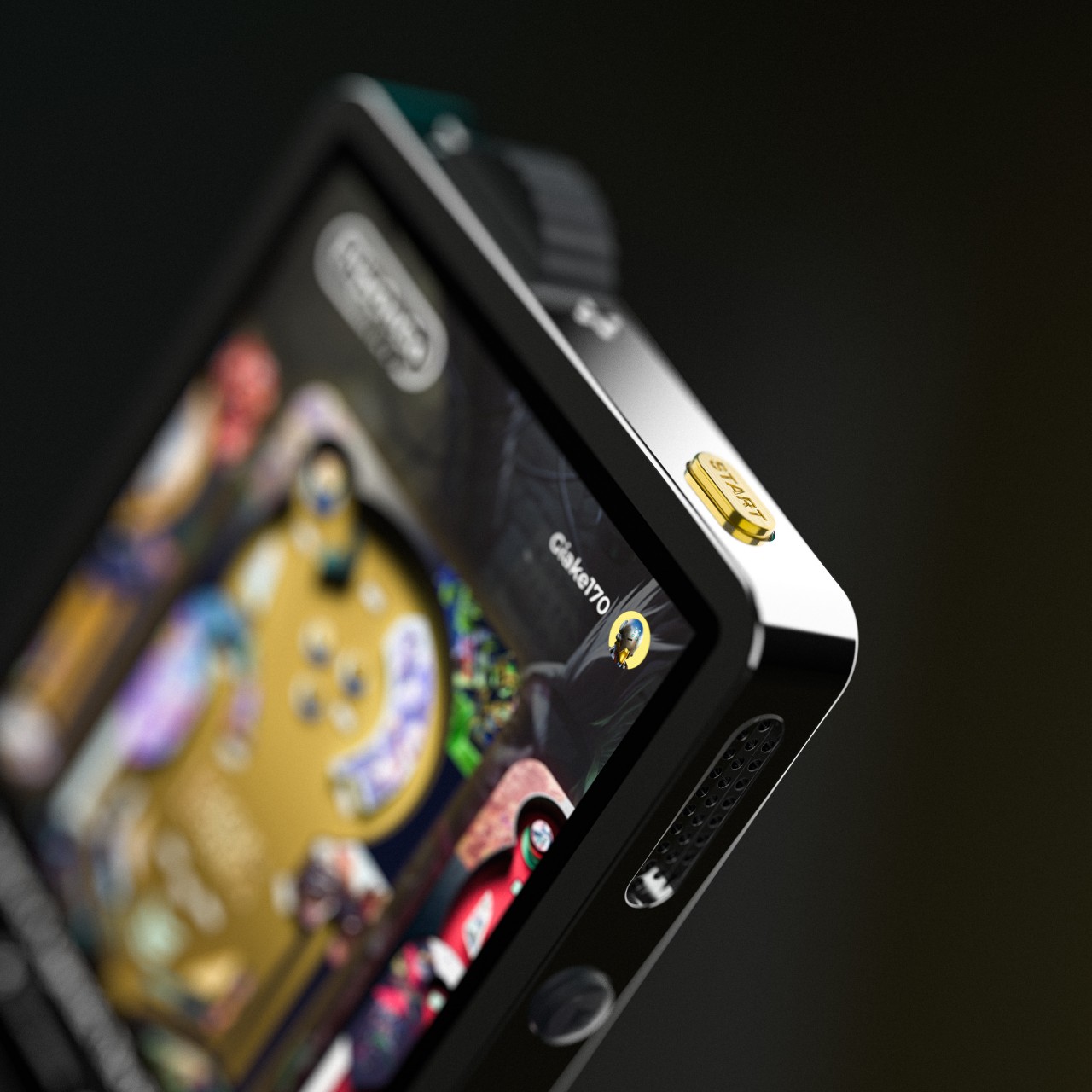
To play the game, however, you will have to really give your fingers and hand an exercise. There’s a real lever hanging down the bottom of the console, and you have to pull the spring-loaded mechanism to “launch” the ball into play. Buttons near the top on each side of the device act as your paddle controls, though it’s uncertain how comfortable it will be to play the game this way.
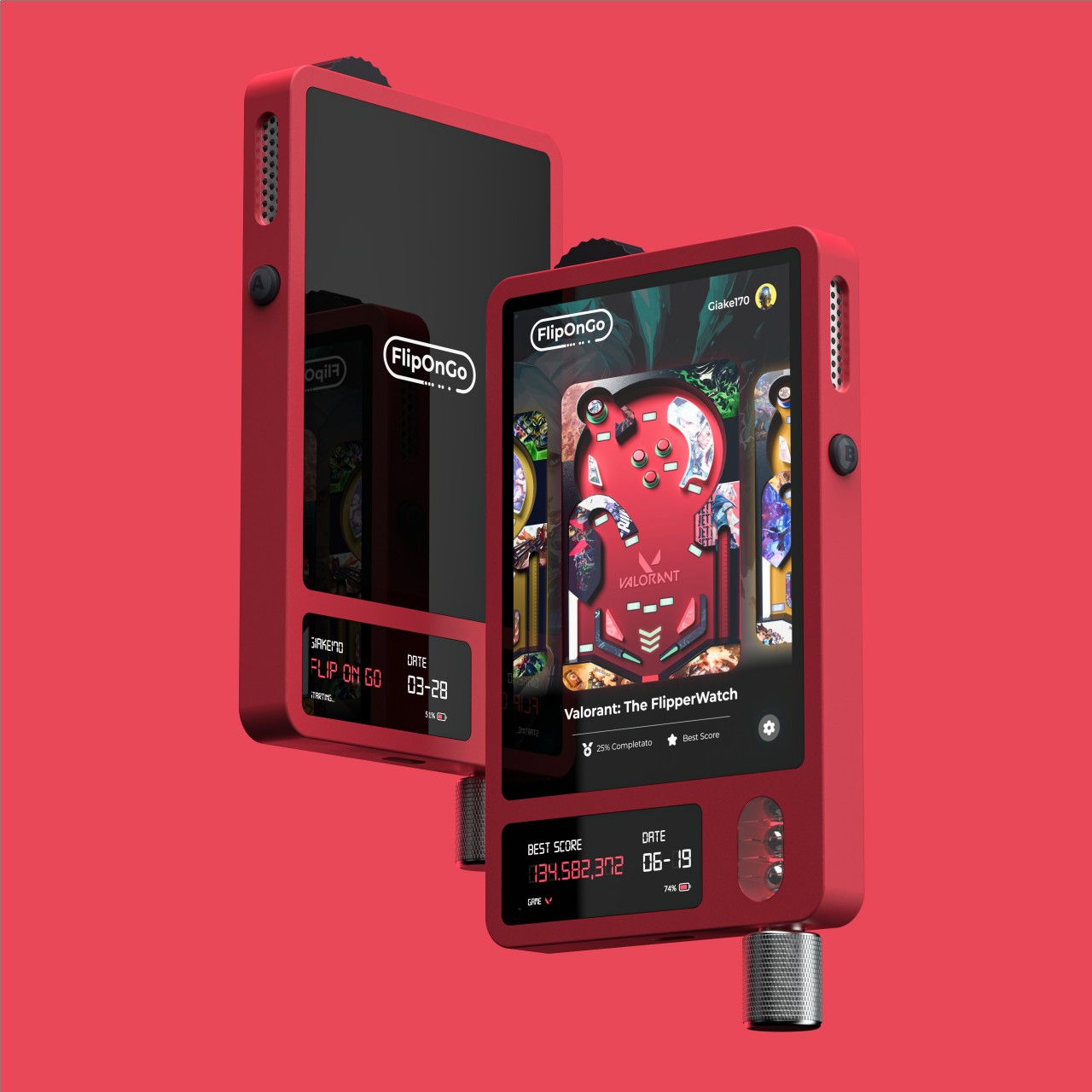
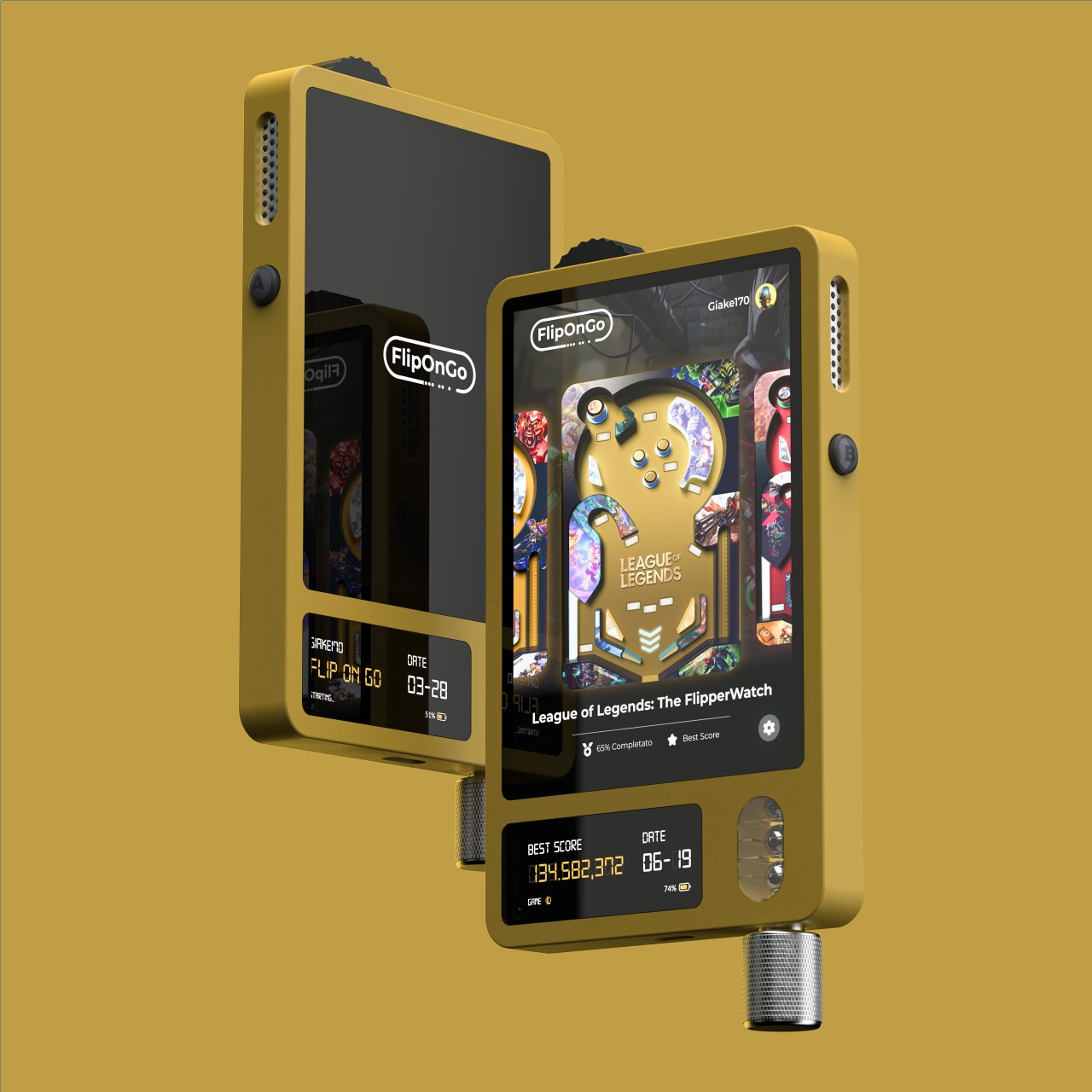
The design of FlipOnGo is definitely intriguing, though it won’t be able to shake off doubts about the feasibility of such a device, especially with a lever that could become a source of mechanical failure after some time. It does, however, bring back a little of that joy and excitement when playing a classic pinball game, complete with that iconic lever, just miniaturized for portability.
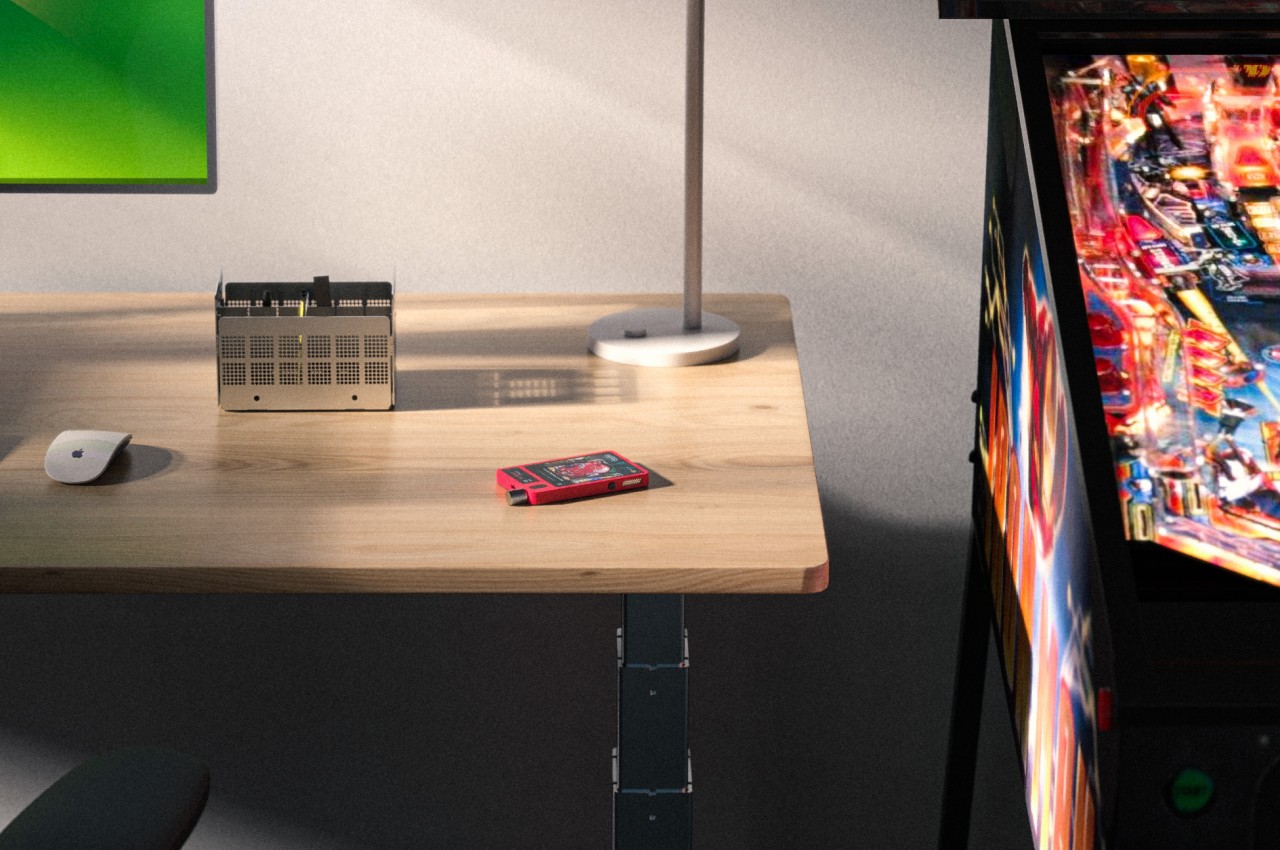
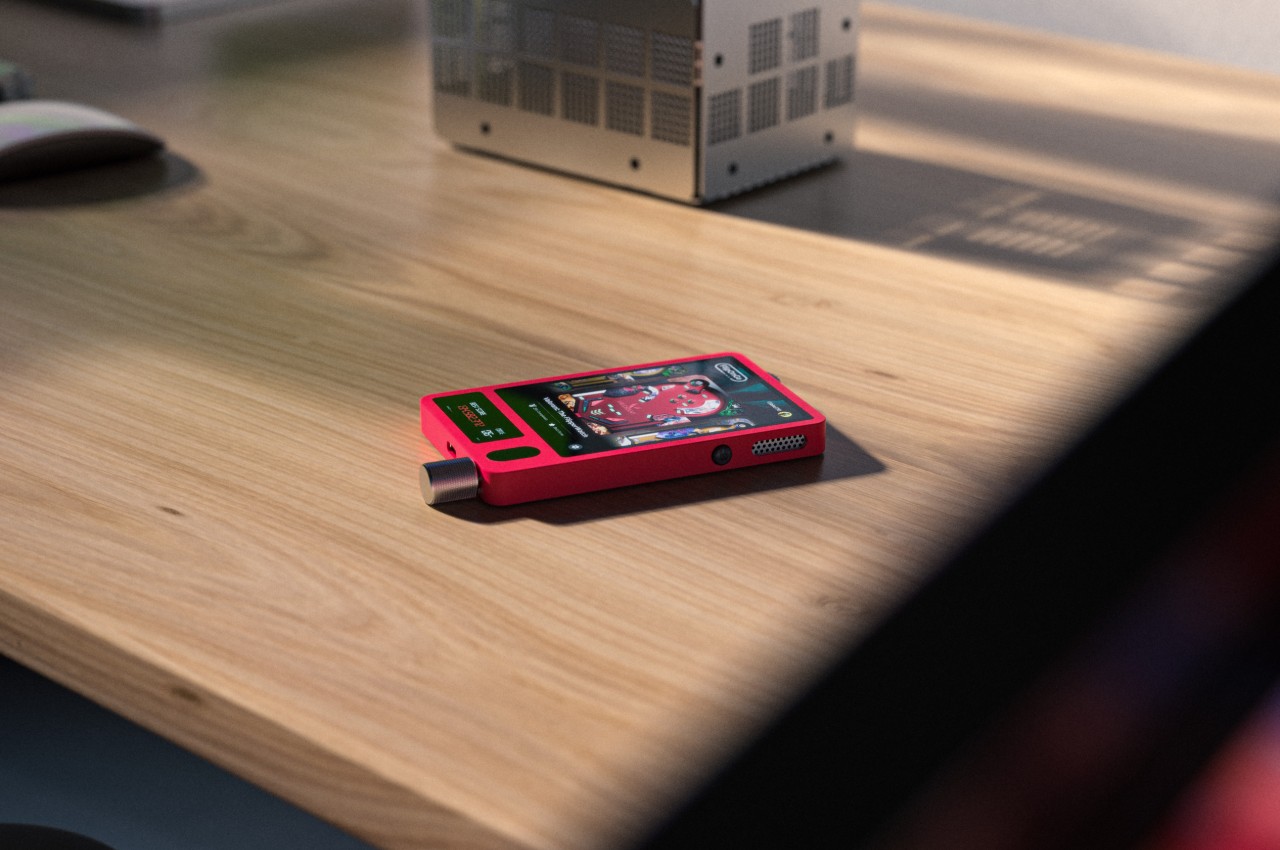
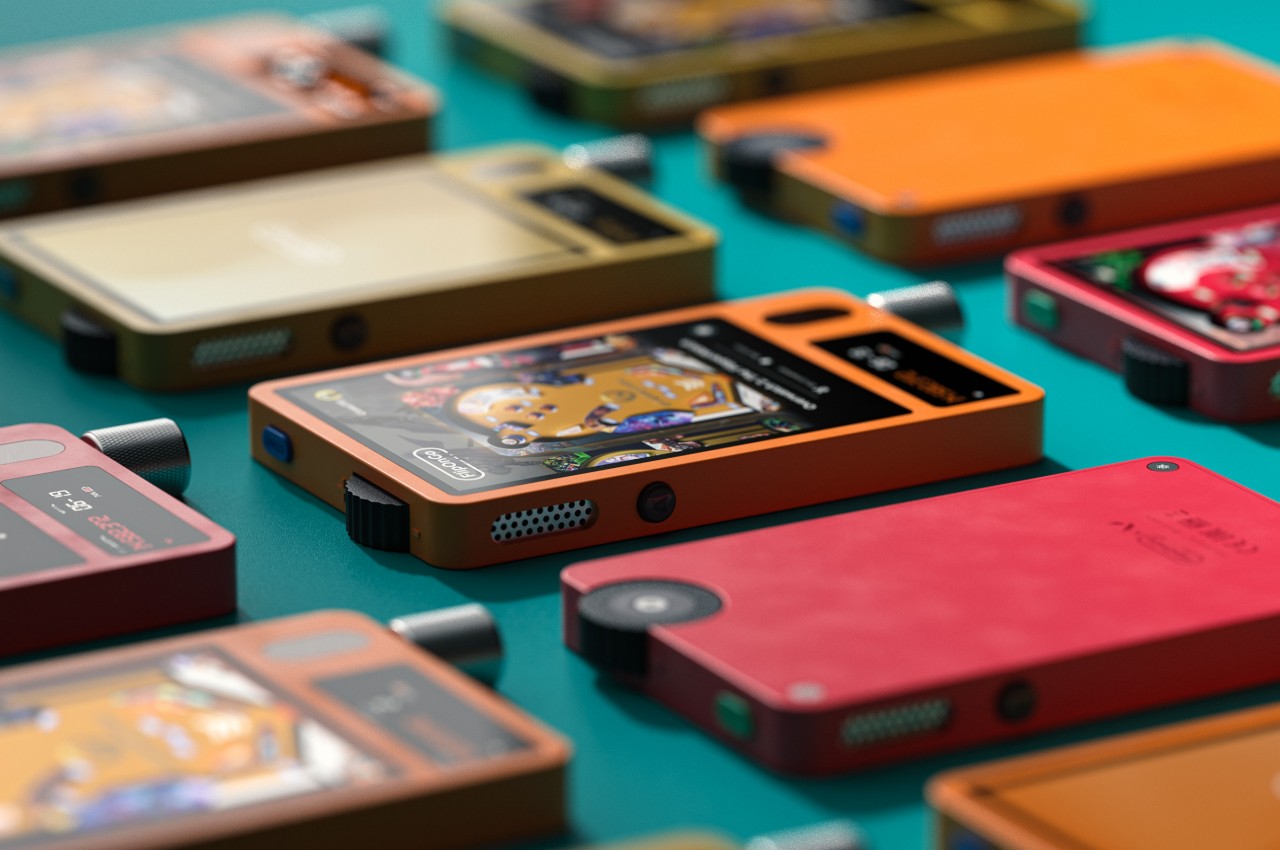
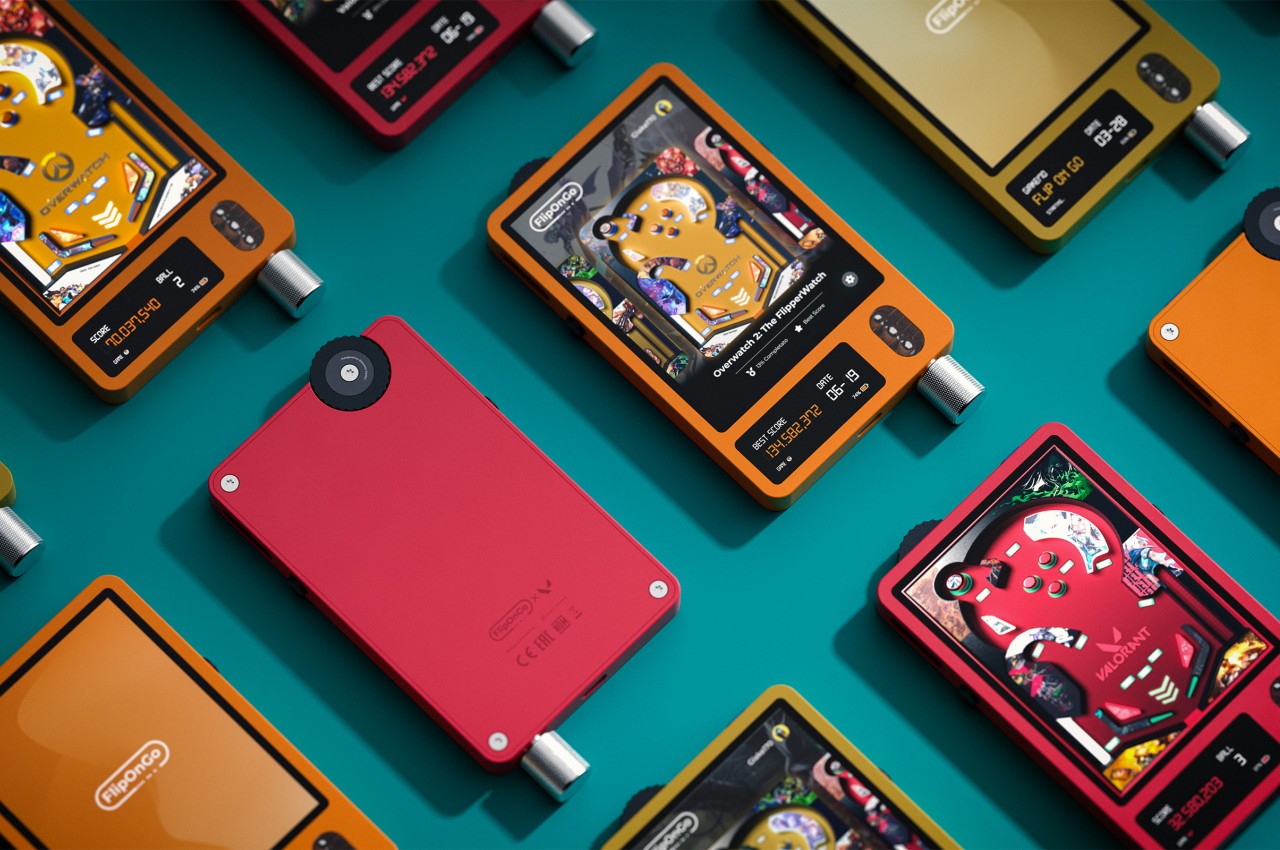
The post Handheld gaming console only plays pinball, comes with a retro analog twist first appeared on Yanko Design.
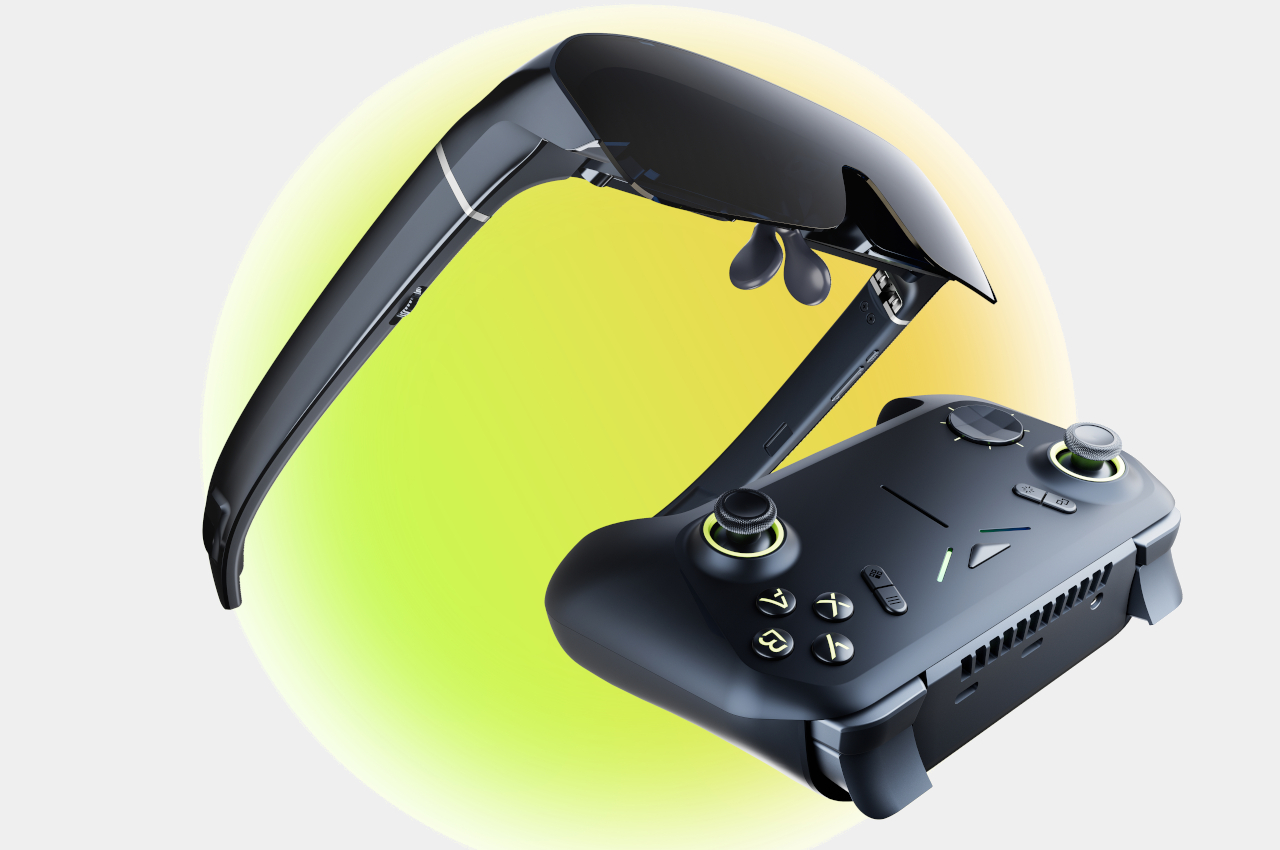
Thanks to a certain fruity company, AR glasses and headsets are back in the news. We’re still at an exciting exploration stage where we are trying to discover what works and what doesn’t as far as user experiences go, at least based on the limitations of current technology. AR glasses and their headset cousins often come in two basic designs. One packs all the necessary computing hardware to drive AR experiences, which is great for independence but not so much for comfort. On the opposite side of the spectrum lies headsets that need to connect to a desktop or laptop, removing performance limits but tying users down to a heavy or immovable computer. Leveraging the recent trend in gaming PCs, the TECNO Pocket Go is an all-in-one solution that combines the best of worlds by pairing lightweight AR glasses with a powerful gaming computer that you can hold in your hands.
Designer: TECNO
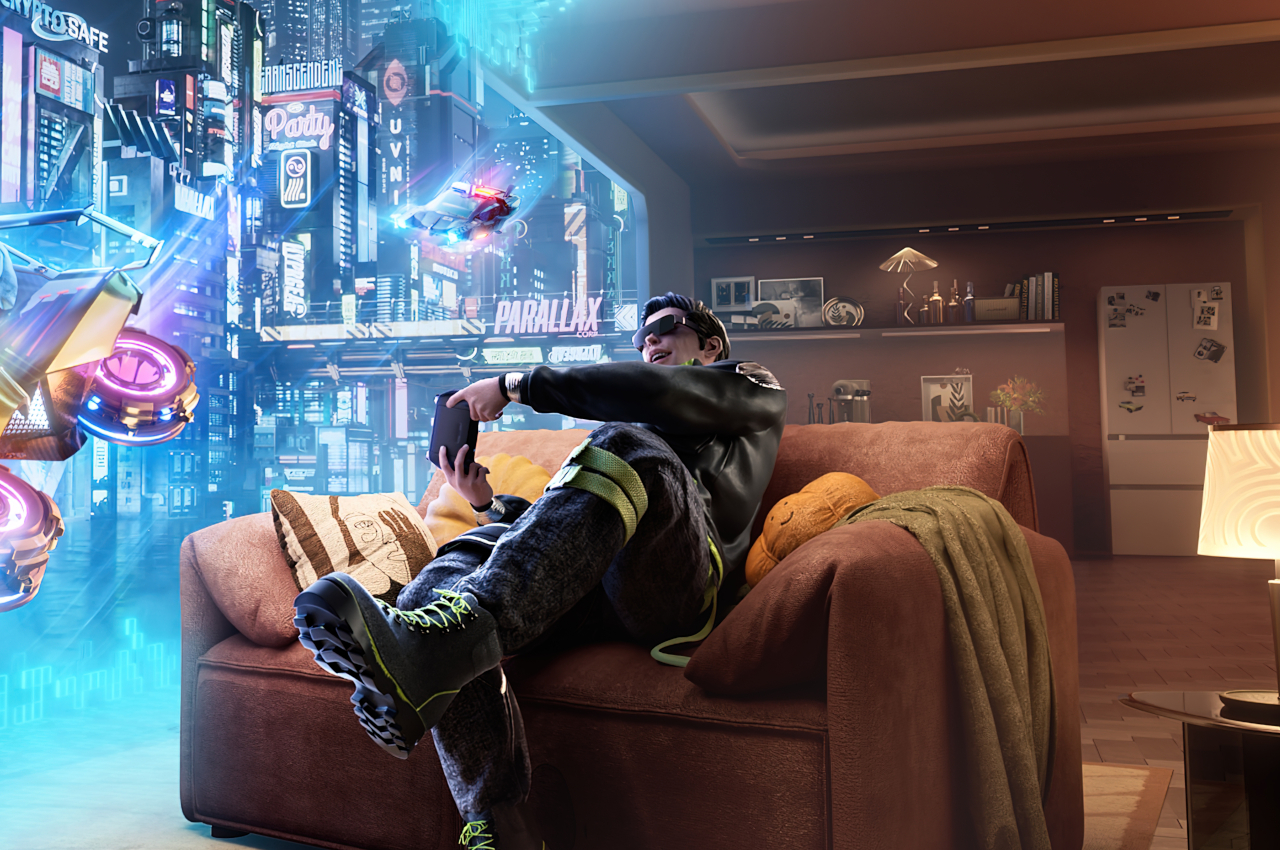
As much as might dream of hi-tech Ray-Bans like Tony Stark’s, we still can’t fit that much hardware inside regular spectacles given our current level of technology. To make augmented or mixed reality glasses lightweight and relatively comfortable to wear for long periods of time, they need to have only the bare minimum to display high-quality images for both eyes. At the same time, however, it will need an external computer that does all the heavy work of processing what needs to be displayed, but it also has to be portable enough not to get in the way of your mobility.
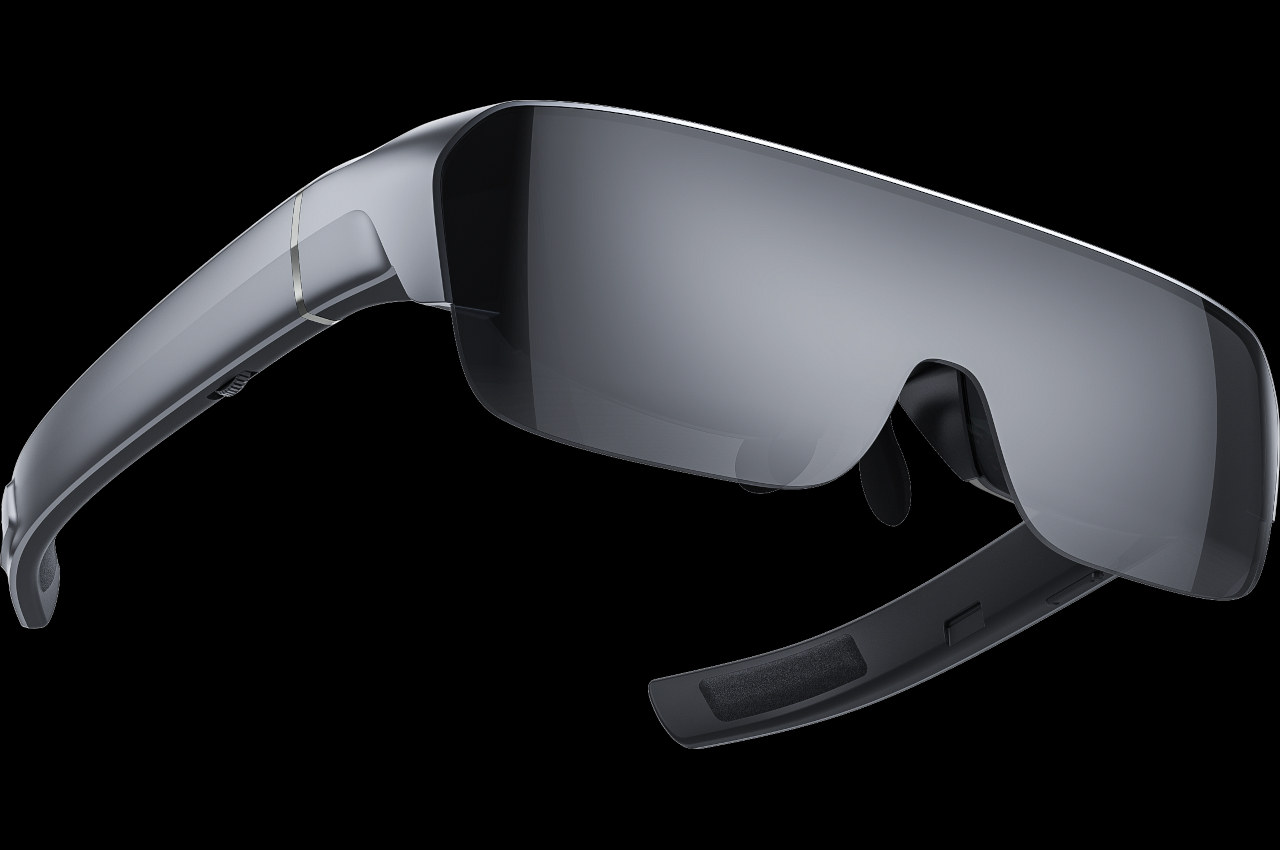
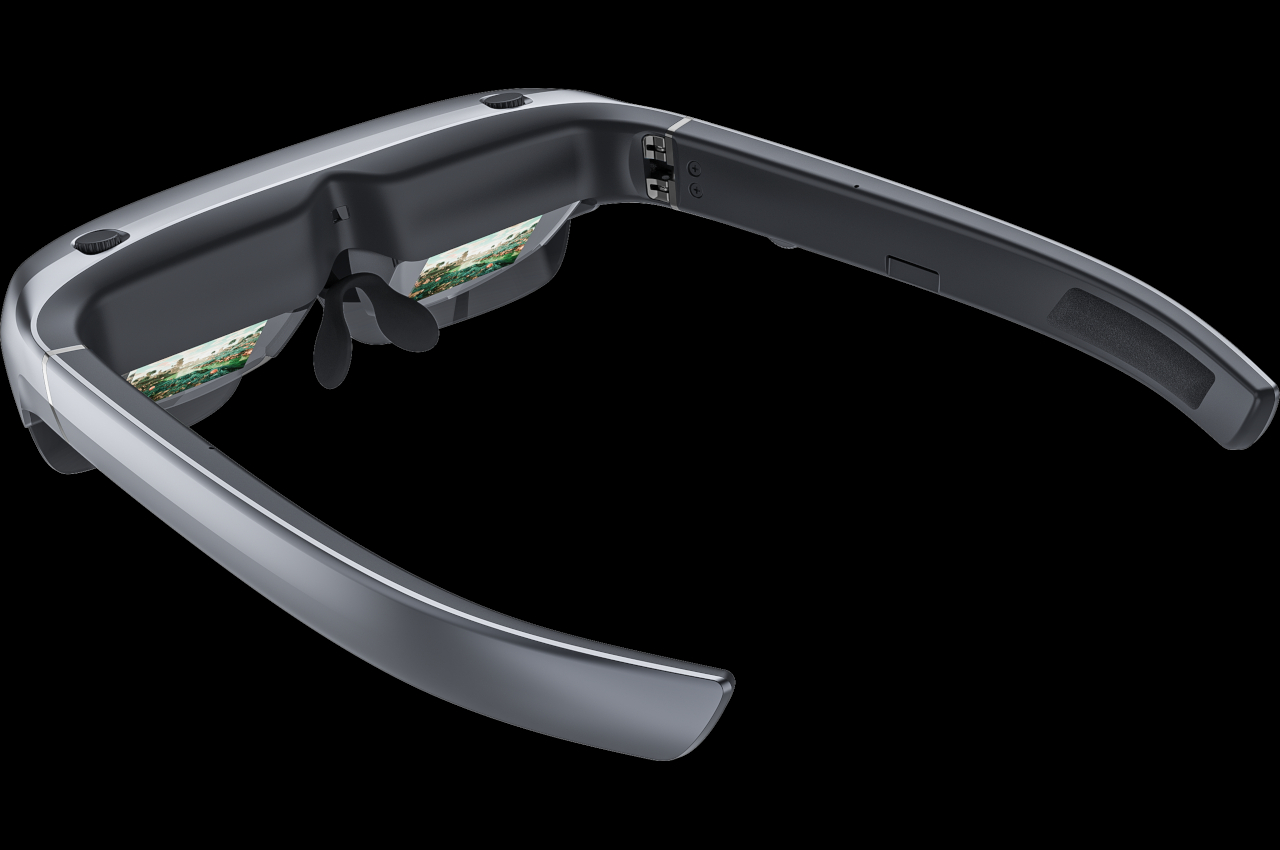
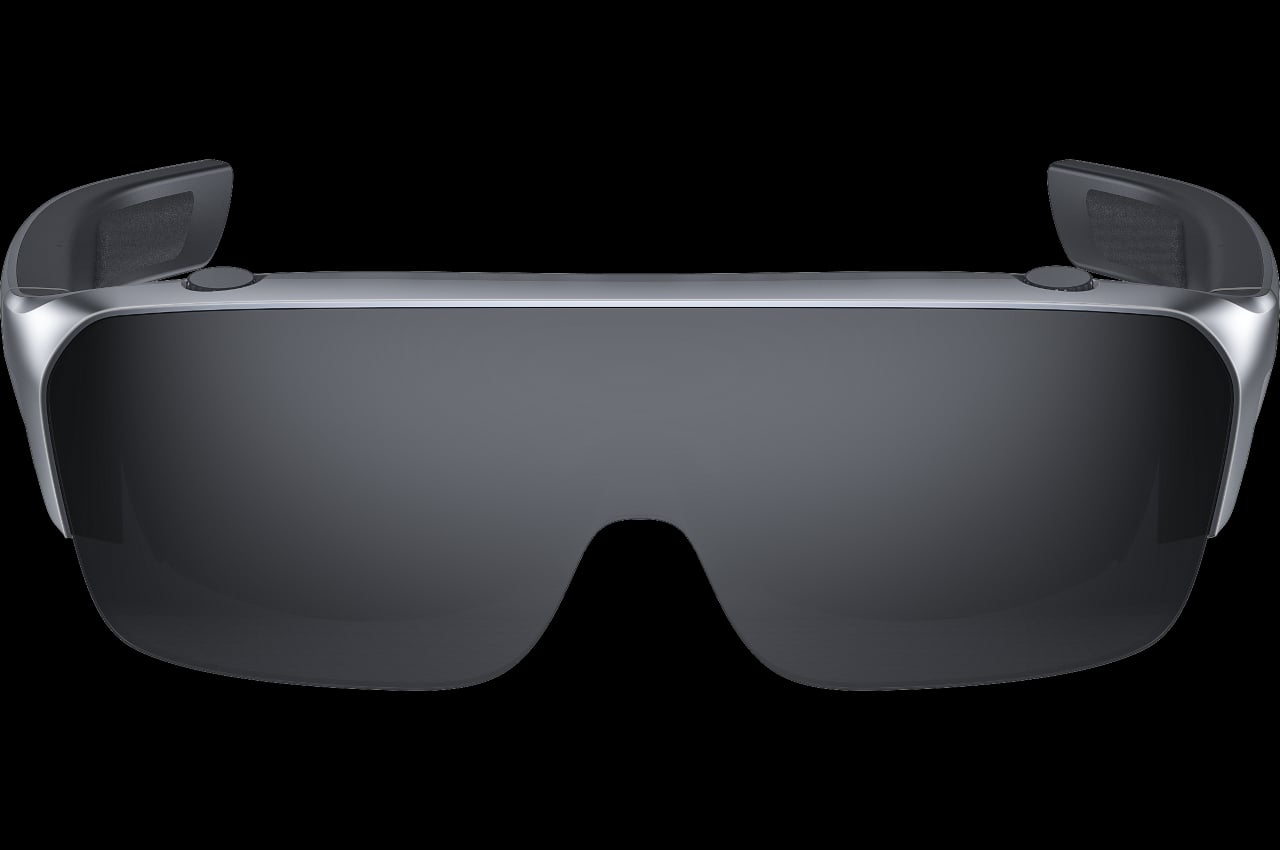
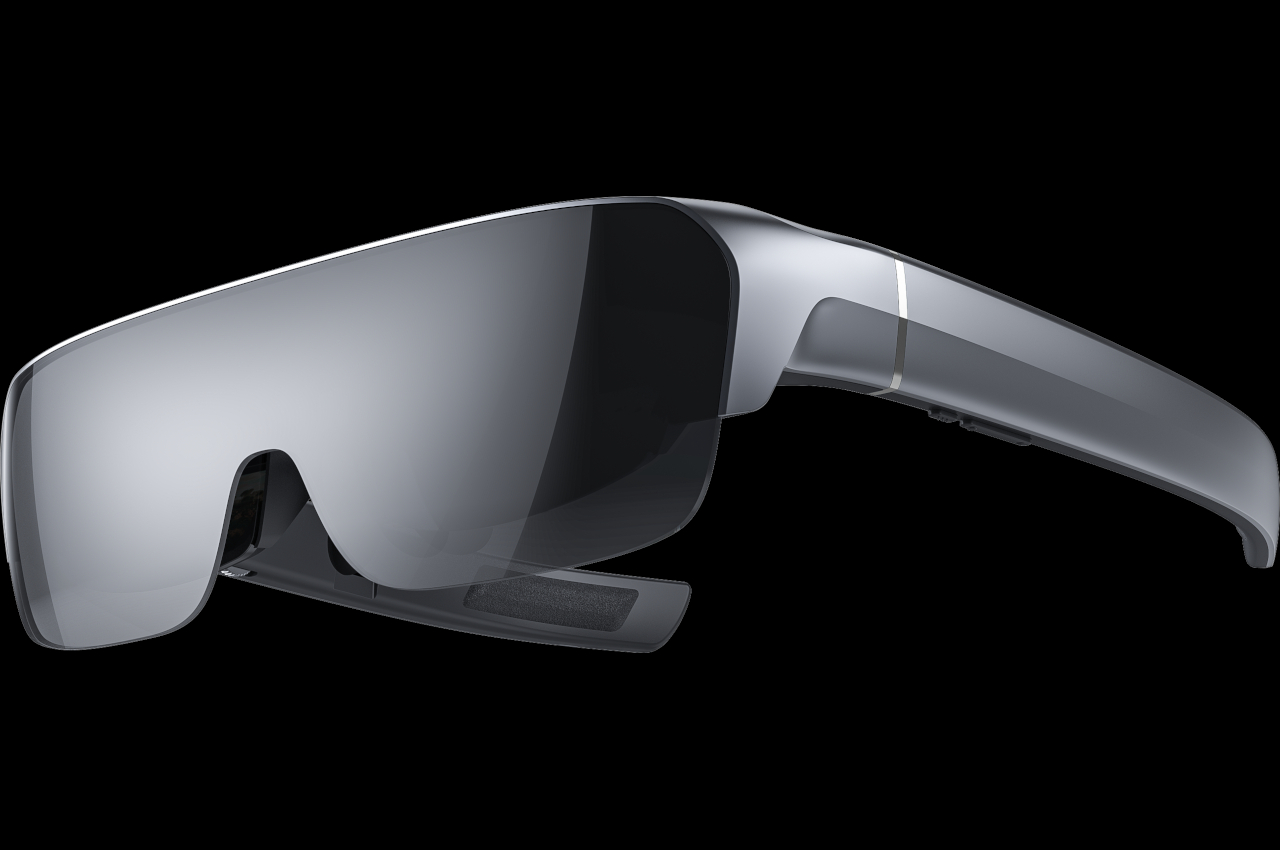
That’s the perfect combination that the TECNO Pocket Go tries to offer, a system that’s made up of the TECNO AR Pocket Vision glasses and the TECNO AR Pocket Windows Handheld computer that comes in the form of a large game controller. The AR Pocket Vision boasts a 0.71-inch Micro-OLED display that can emulate a gigantic 215-inch screen, at least if you want something of that size. It has a 6-axis gyroscope that can accurately detect your head movements and translate that into data that the AR software can use. Despite the name, the AR Pocket Vision also pays close attention to sound, delivering an immersive audio experience thanks to N’BASS nano-structured acoustic materials and TECNO’s own unique vibration enhancement algorithms that turn in-game audio into vibrations.
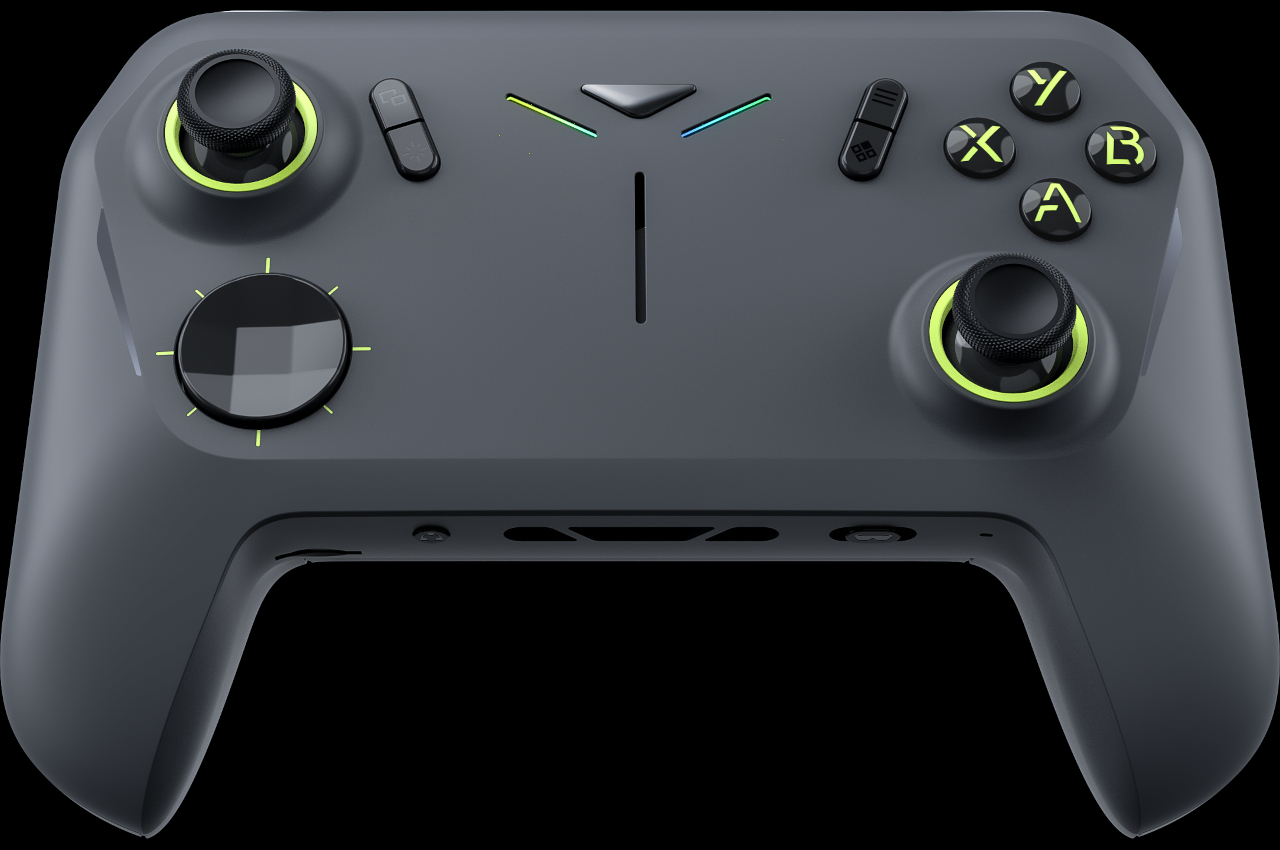
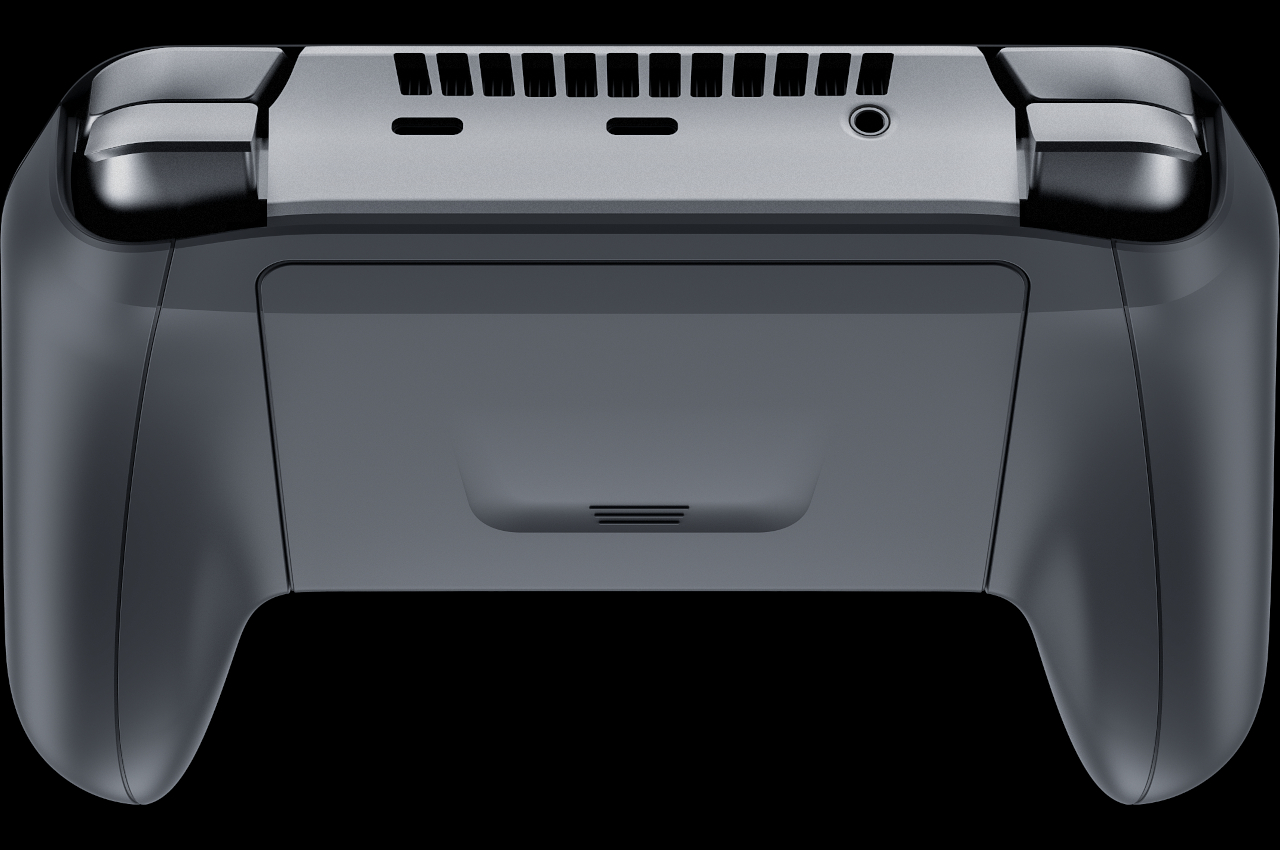
The AR Pocket Windows Handheld delivers an even more portable experience that is 50% smaller and 30% lighter than your average handheld gaming PC today. Of course, it accomplishes that by taking the screen out of the equation since it will be connected to the AR Pocket Vision glasses anyway. That means the design can focus on performance and cooling while also improving the overall ergonomics of the handheld computer. It even has a replaceable battery so users can enjoy uninterrupted gaming and entertainment on the go.
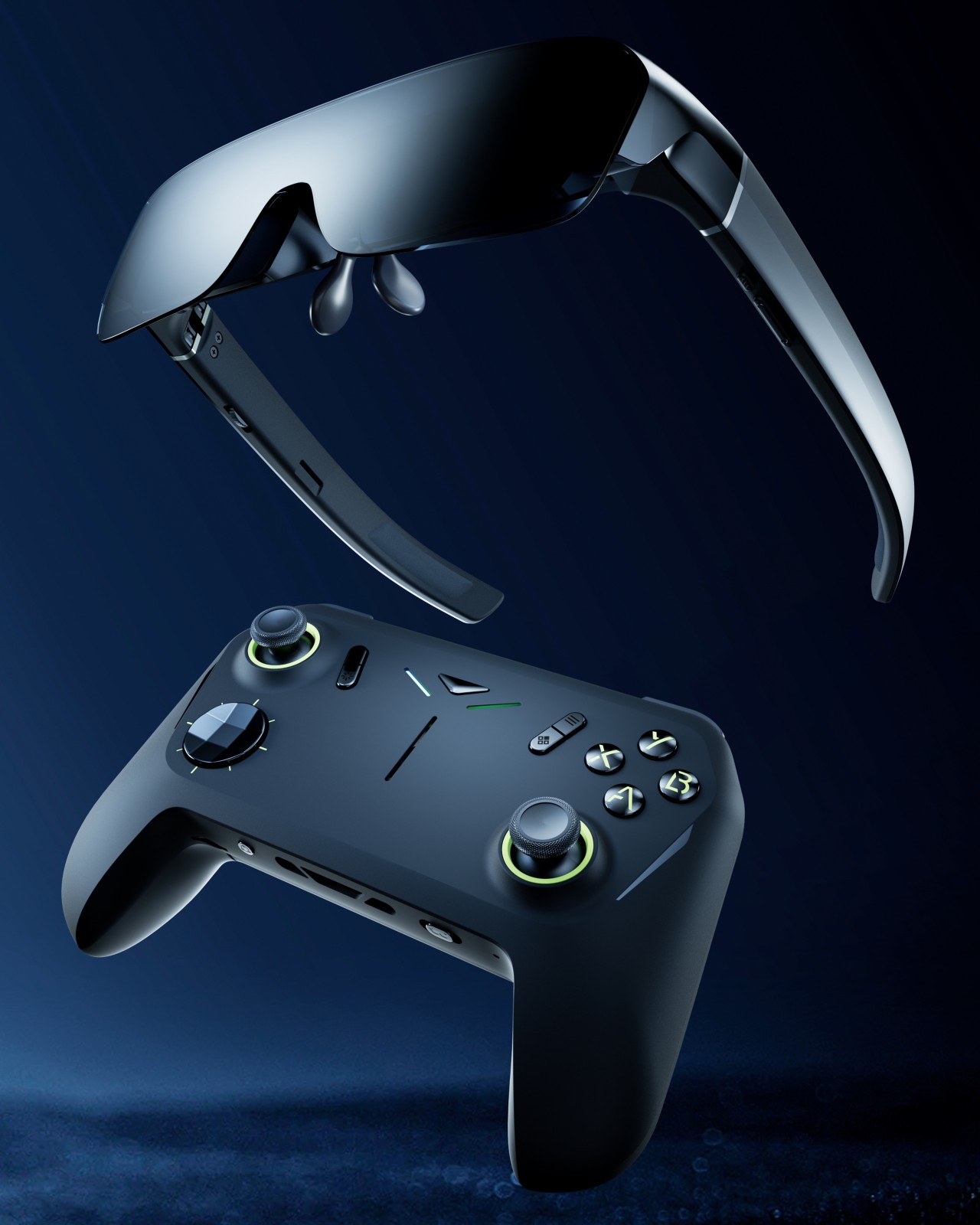
Having an AR headset and a handheld computer working together is a very potent combination, and having both under a single brand and a single system significantly simplifies the overall user experience. And while the TECNO Pocket Go is primarily aimed at immersive gaming, such a power and portable system can also open the doors to other experiences, provided you’re fine with using a gamepad to control it all. TECNO hasn’t given word on when this pair will launch, but it will definitely spark the interest of gamers who want to take their handheld gaming experience to the next level.
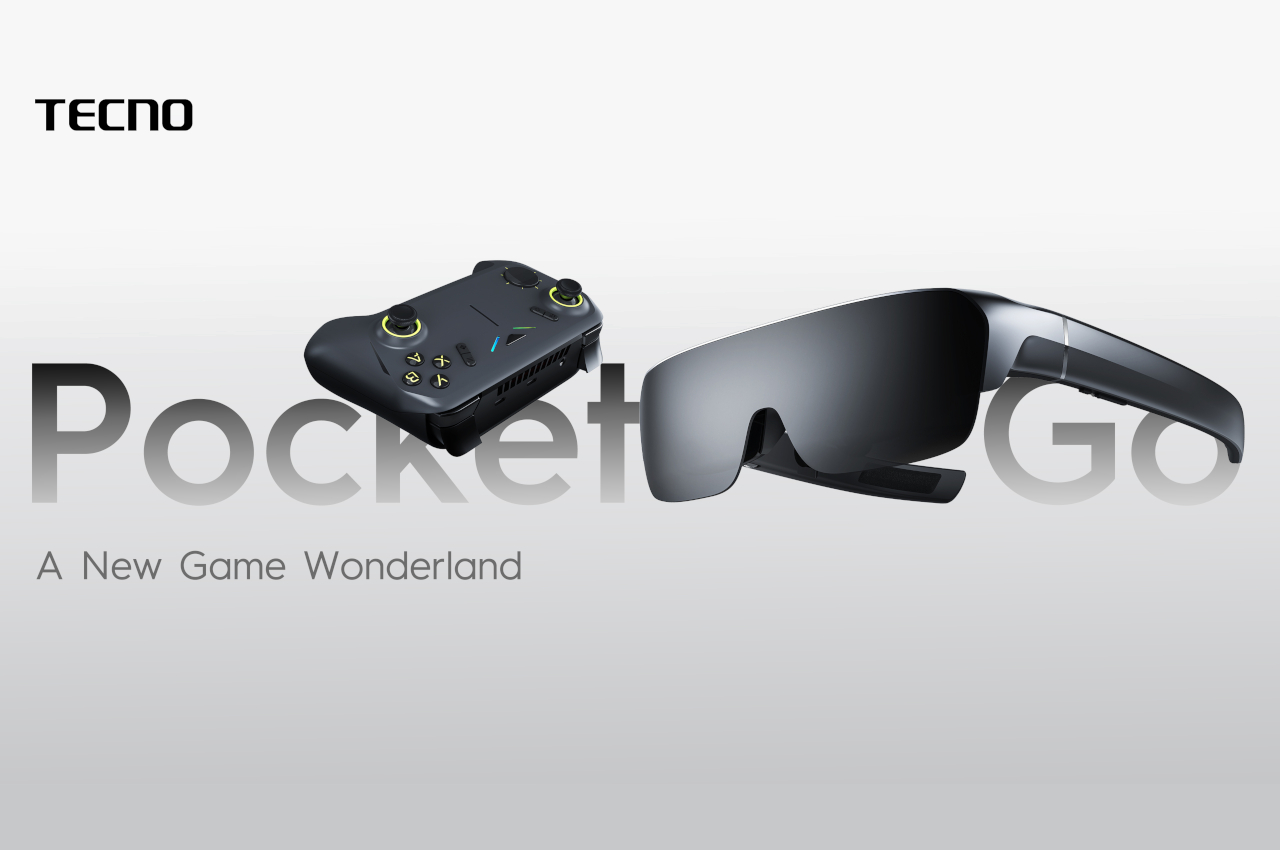
The post TECNO combines AR Glasses and a Windows handheld PC into a new gaming experience first appeared on Yanko Design.
Any more advanced and the FBI would probably put you on a watch-list for purchasing it…
If the idea of recreating scenes from Top Gun in your flight simulator program excite you, you’re aware that a keyboard or gaming controller probably won’t cut it. Meet the VelocityOne Flightdeck from Turtle Beach, a HOTAS (Hands On Throttle-And-Stick) controller that gives you the most lifelike flight control experience money can buy. Aside from simulating G-force during flight, this bad-boy is capable of putting you front and center of the action. Maybe pair it with a VR headset and you’re golden!
Designer: Turtle Beach
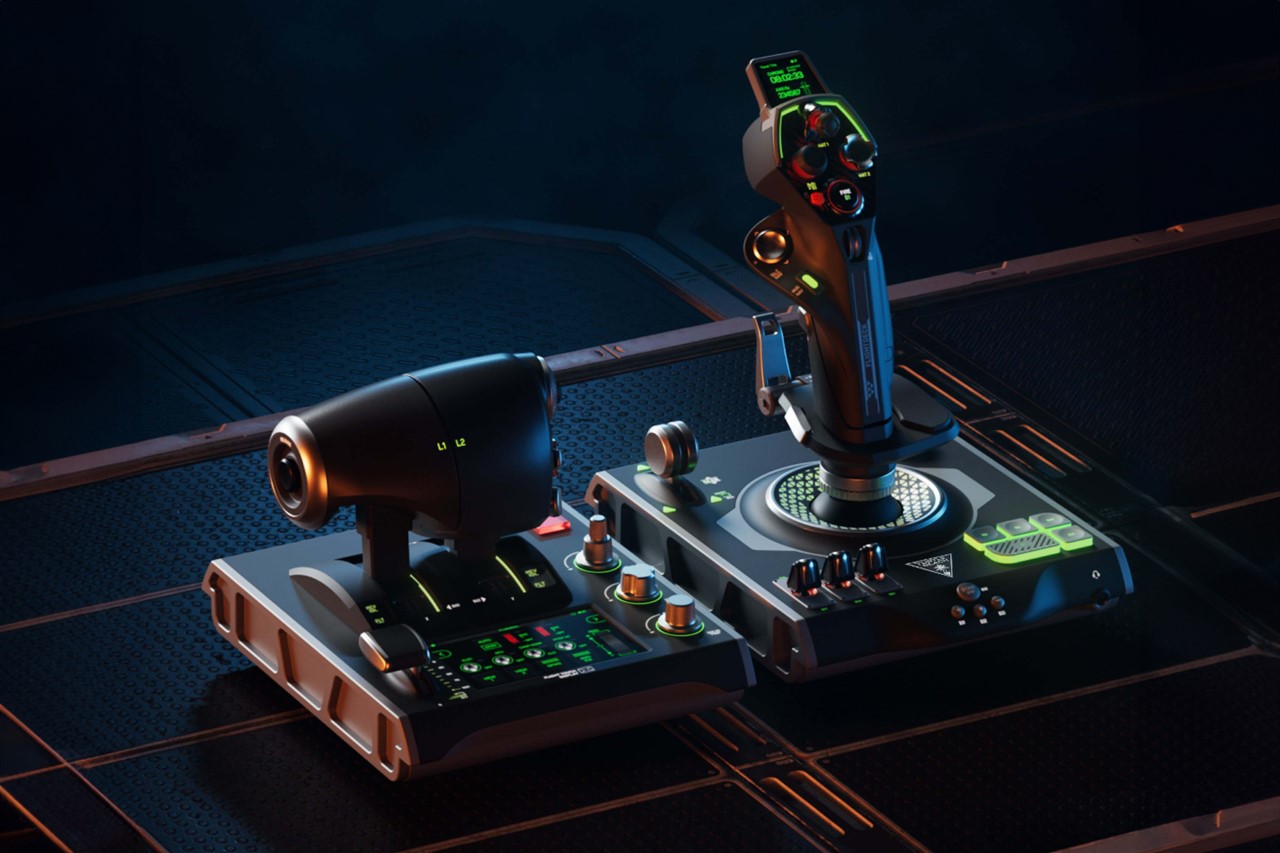
Designed as a comprehensive control system, the VelocityOne Flightdeck ushers in the future of flight and space combat simulation on Windows 10 and 11 PCs. While it’s unfortunate that it doesn’t extend to Xbox consoles like its predecessor, the VelocityOne Flight, PC gamers will rejoice at the prospect of diving into their favorite flight simulation titles with this true-to-life setup.
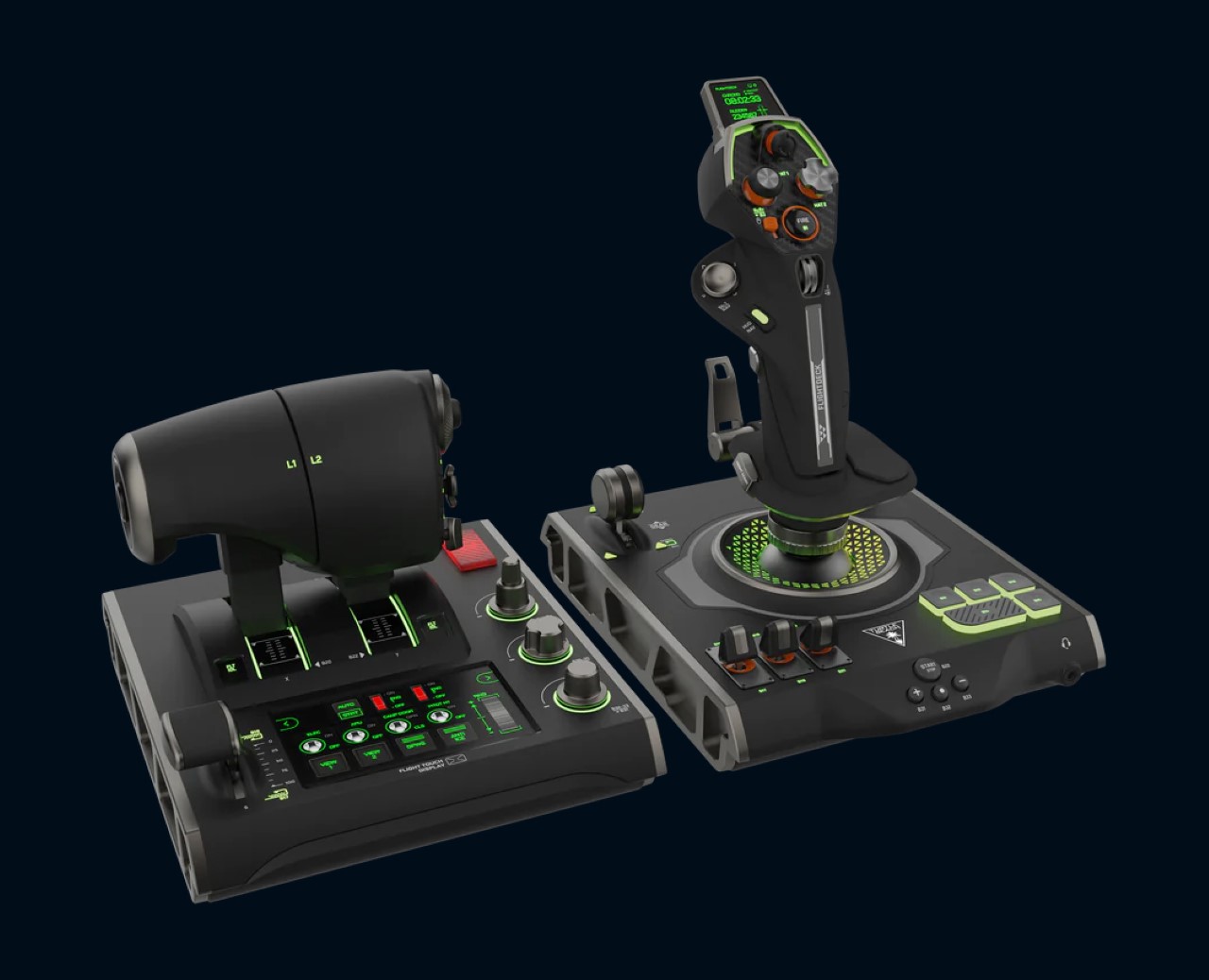
Featuring 15 axes and a staggering 139 programmable functions, the VelocityOne Flightdeck offers a level of customization that caters to the diverse needs of virtual pilots. Whether you’re soaring through the skies in X-Plane, navigating the intricacies of Microsoft Flight Simulator, or exploring the vastness of space in Elite Dangerous, this HOTAS setup has you covered.
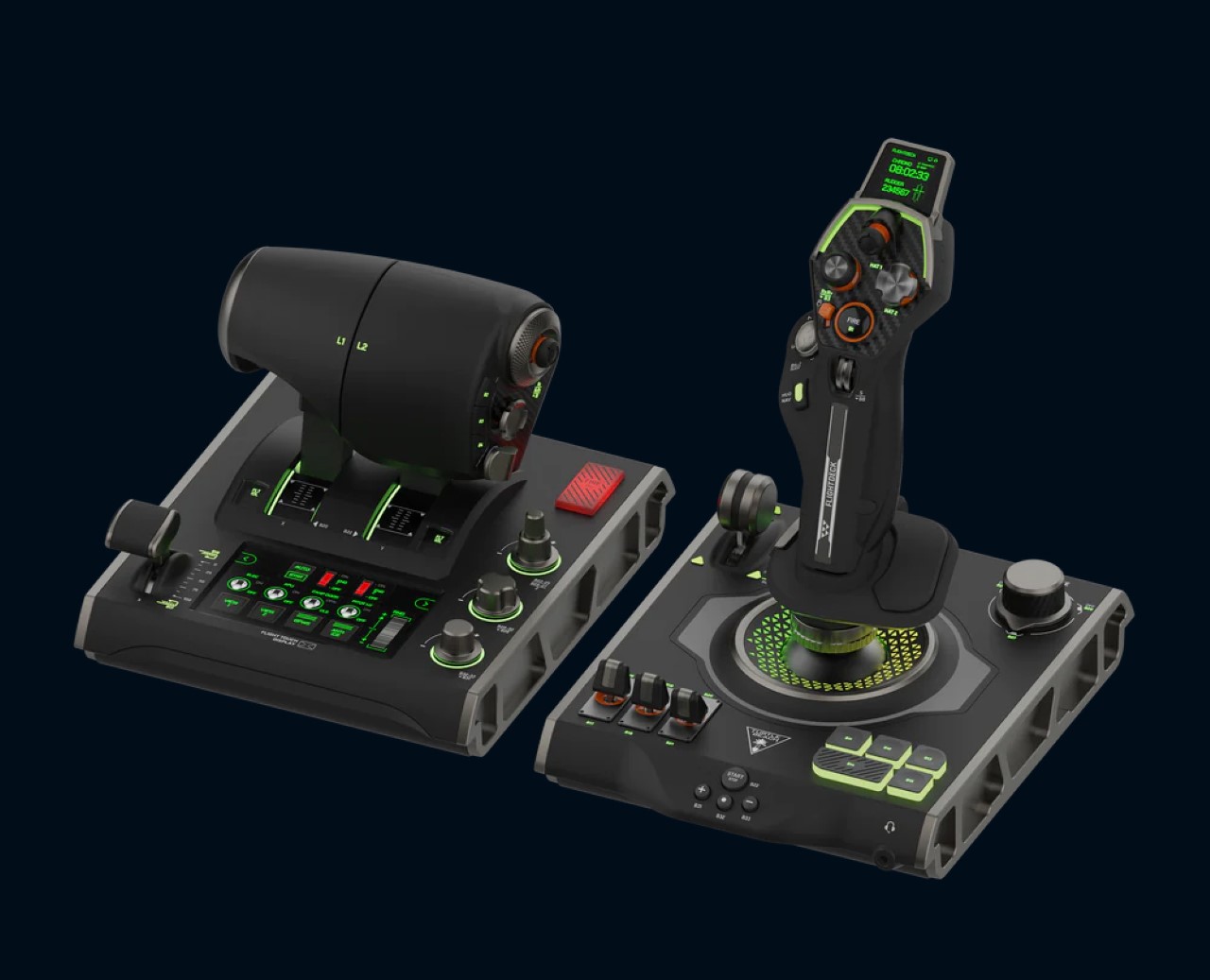
Central to the Flightdeck’s appeal is the innovative Flight Touch Display, a first-of-its-kind feature that combines real-time simulation status with advanced customization capabilities. This allows users to configure up to 39 extra button functions, enhancing the HOTAS experience across major combat simulation titles. The device boasts 139 programmable functions, offering an unmatched level of customization.
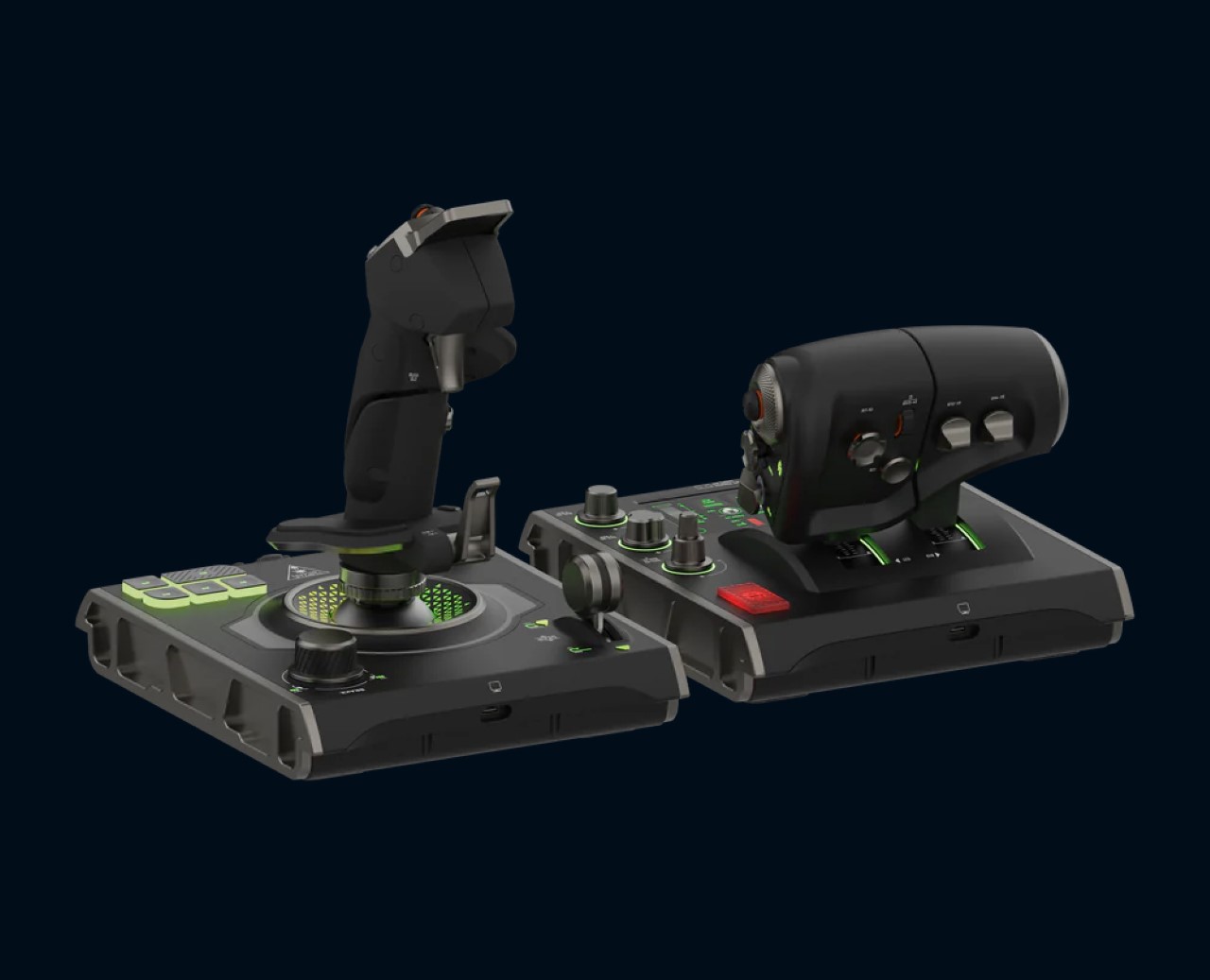
The VelocityOne Flightdeck is engineered for precision and durability. It utilizes non-contact Hall effect sensors for the main movement controls on both the stick and throttle, ensuring long-lasting accuracy and performance. This technological choice is crucial for maintaining consistent, precise control over time, setting the Flightdeck apart from competitors.
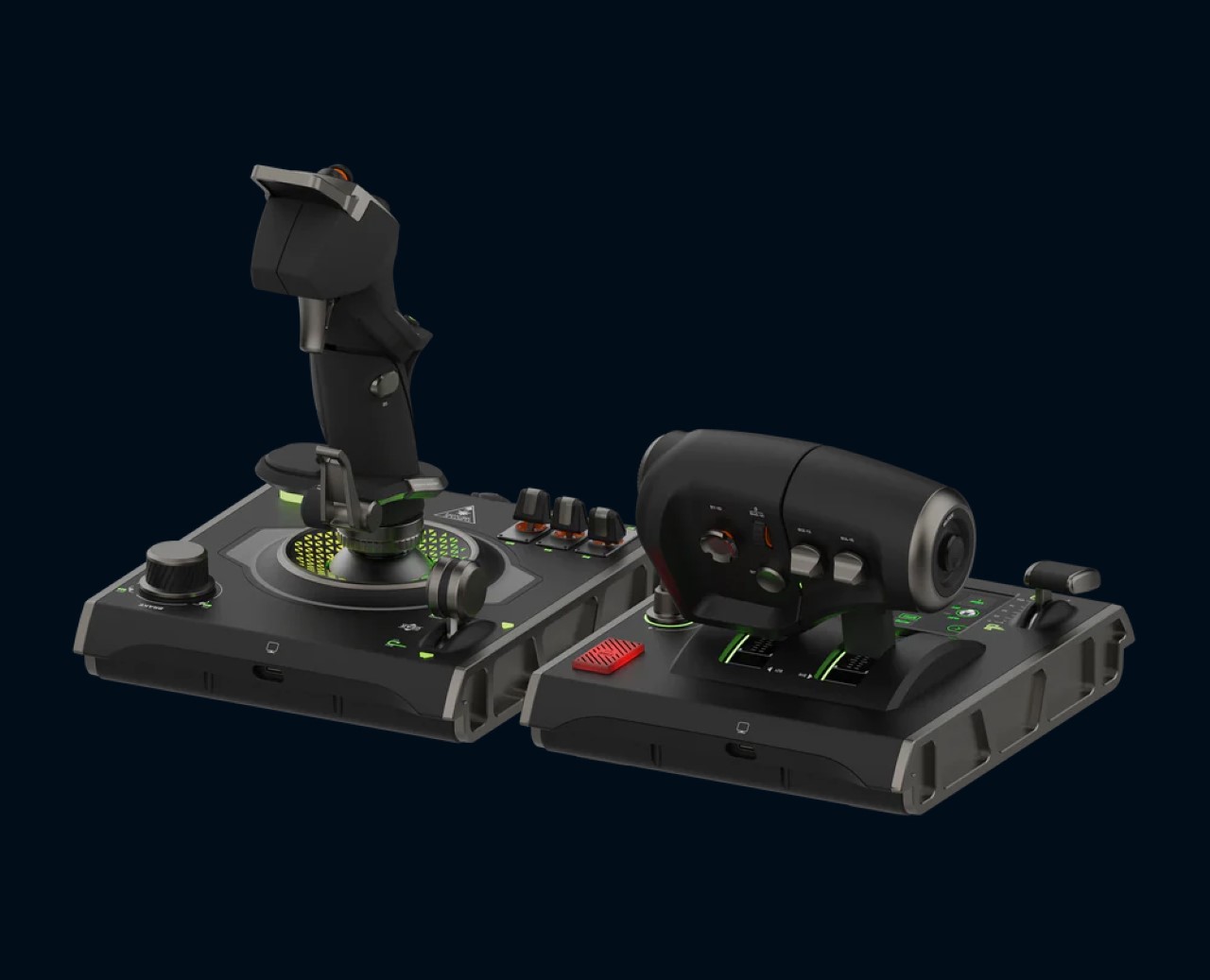
Beyond its core functionalities, the Flightdeck enhances user experience through additional features like adjustable RGB lighting and Turtle Beach’s signature audio advantages. Users can connect any 3.5mm headset to the system, enjoying functionalities such as Superhuman Hearing®, audio EQ modes, mic monitoring, and game and chat volume balance. The adjustable RGB lighting allows users to customize the ambiance of their gaming setup, further immersing themselves in the virtual skies.
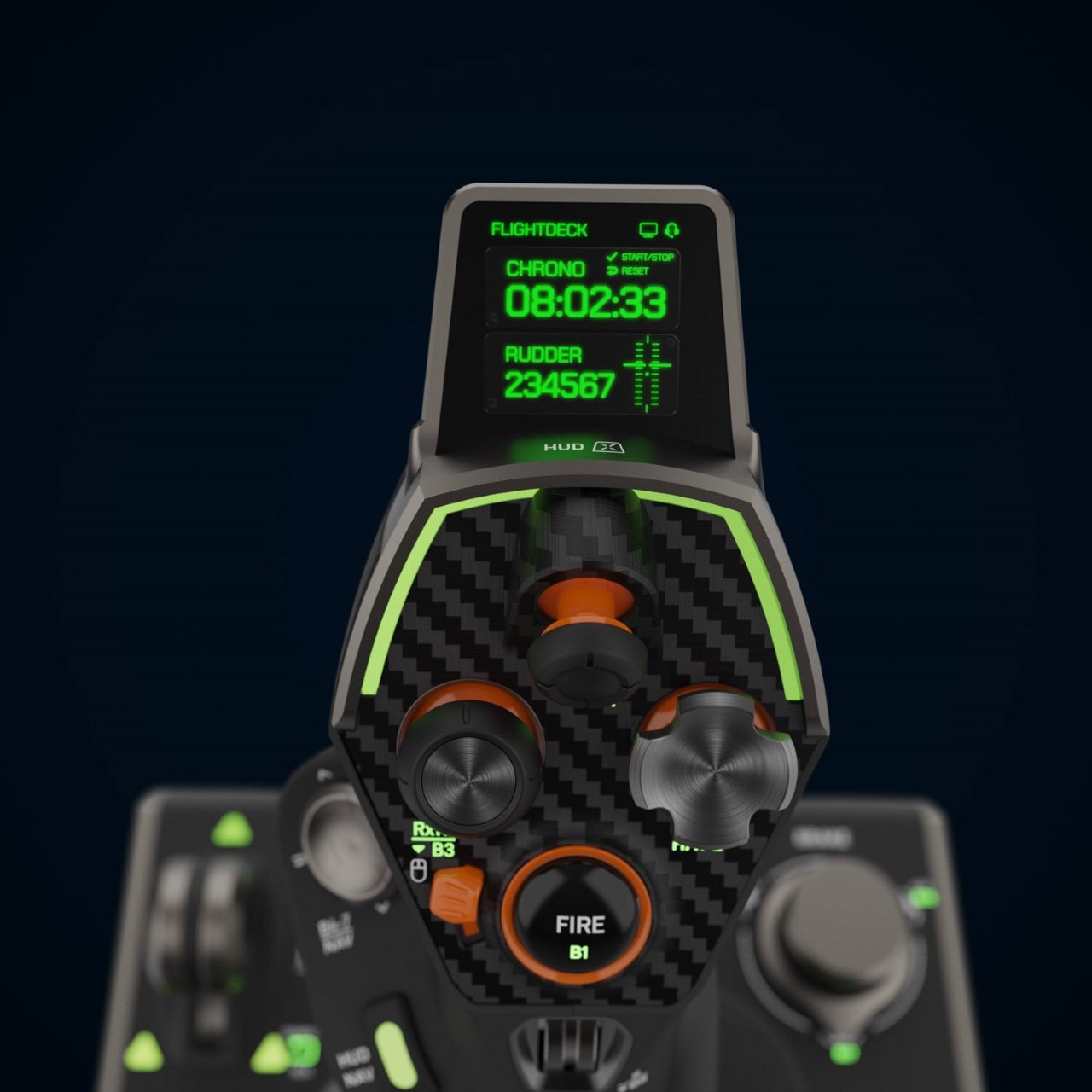
The Flight Hangar companion app is a significant value add, enabling deep customization and performance tuning. Available for Windows PCs, it allows pilots to create and transfer comprehensive configuration profiles directly to the Flightdeck. This feature ensures that the system not only meets the immediate needs of users but is also future-proofed through easy firmware updates.
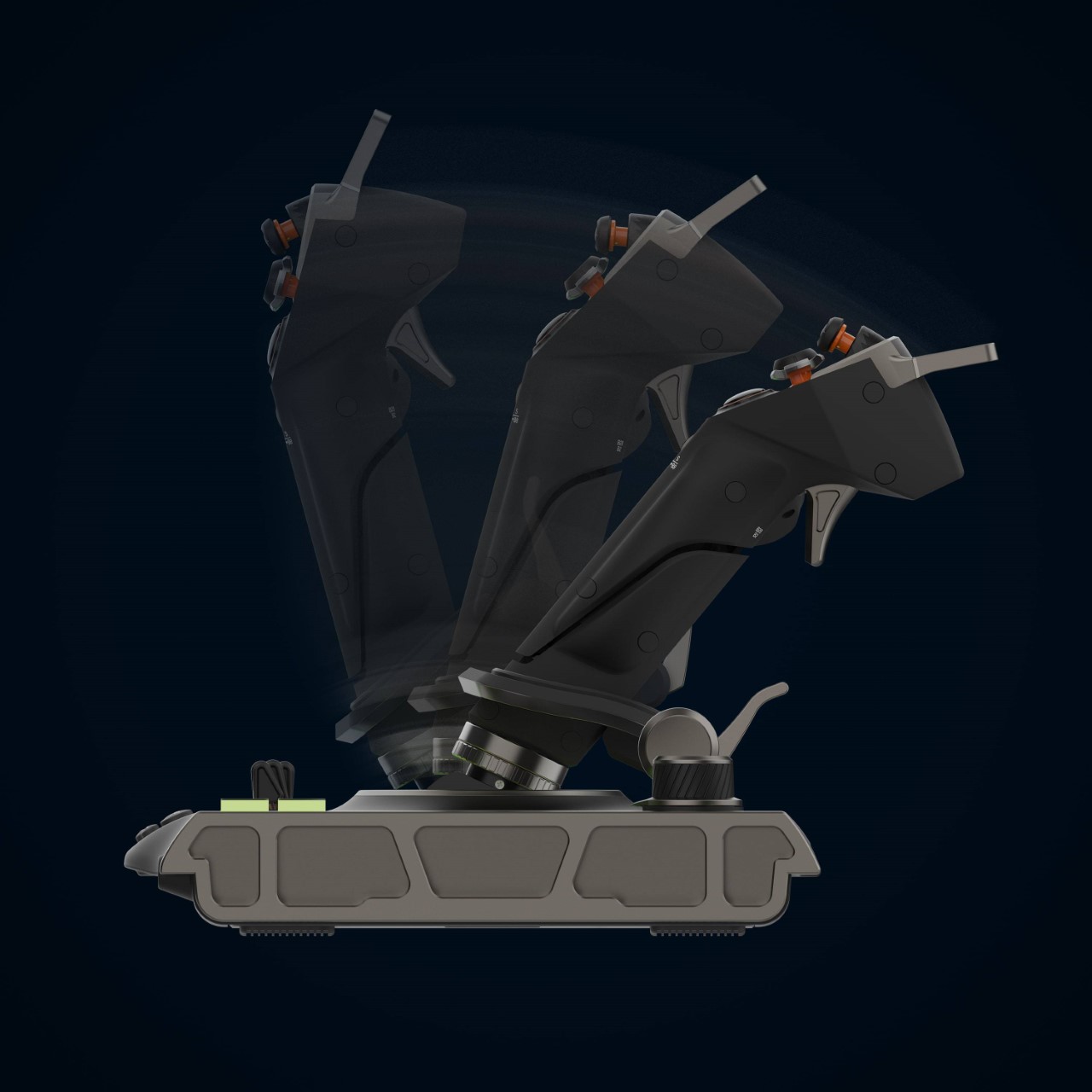
The Turtle Beach VelocityOne Flightdeck commands a premium price tag of $399.99. While this may seem steep, the investment is justified by the device’s unparalleled performance and feature set. Pre-orders are currently open, with the HOTAS setup set to hit store shelves on February 23, 2024. The VelocityOne Flightdeck is also part of a broader ecosystem that includes headsets, controllers, and other gaming peripherals, all designed to enhance the gaming experience.
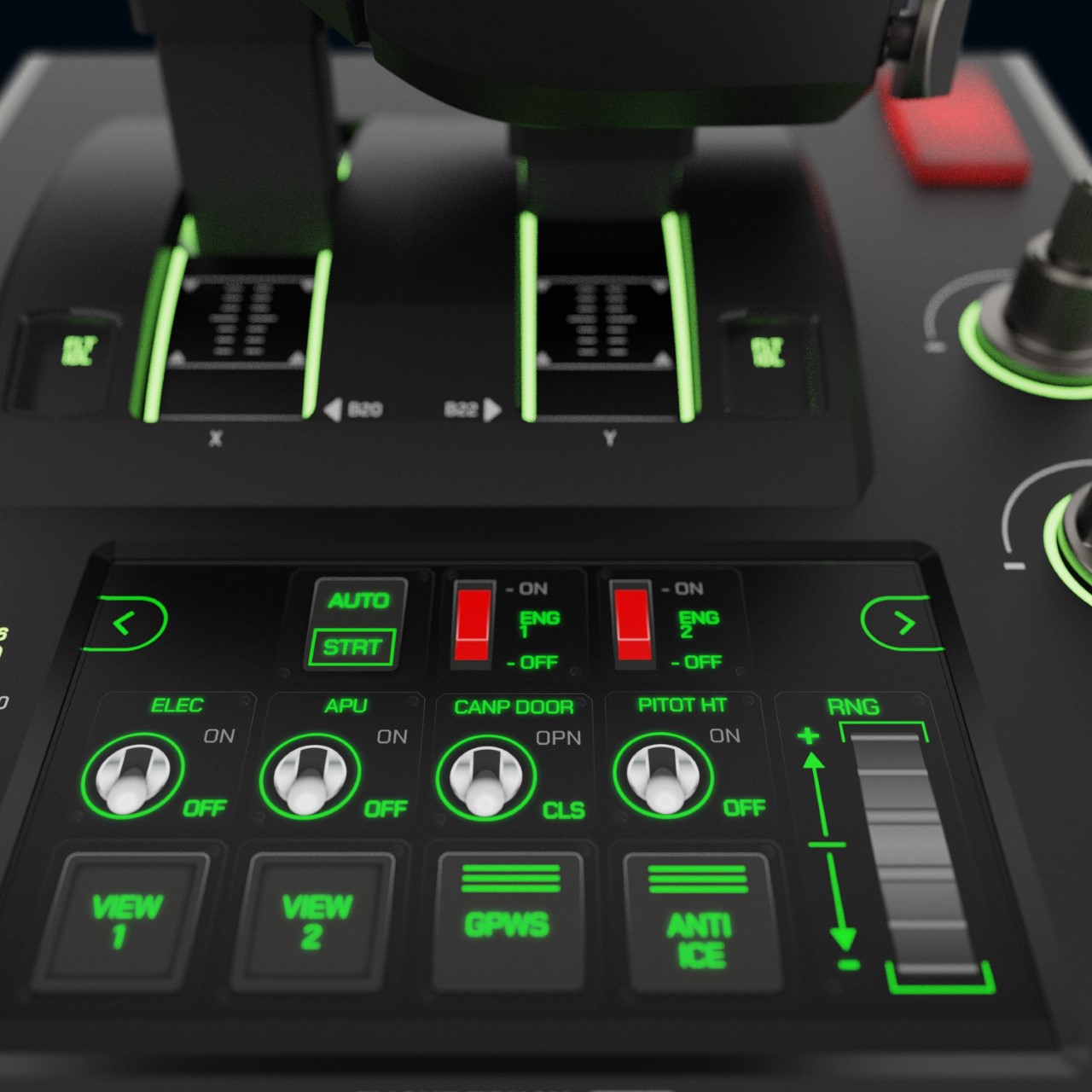
The post This Might Be The MOST Advanced PC Flight Simulation Game Controller You Could Legally Buy first appeared on Yanko Design.
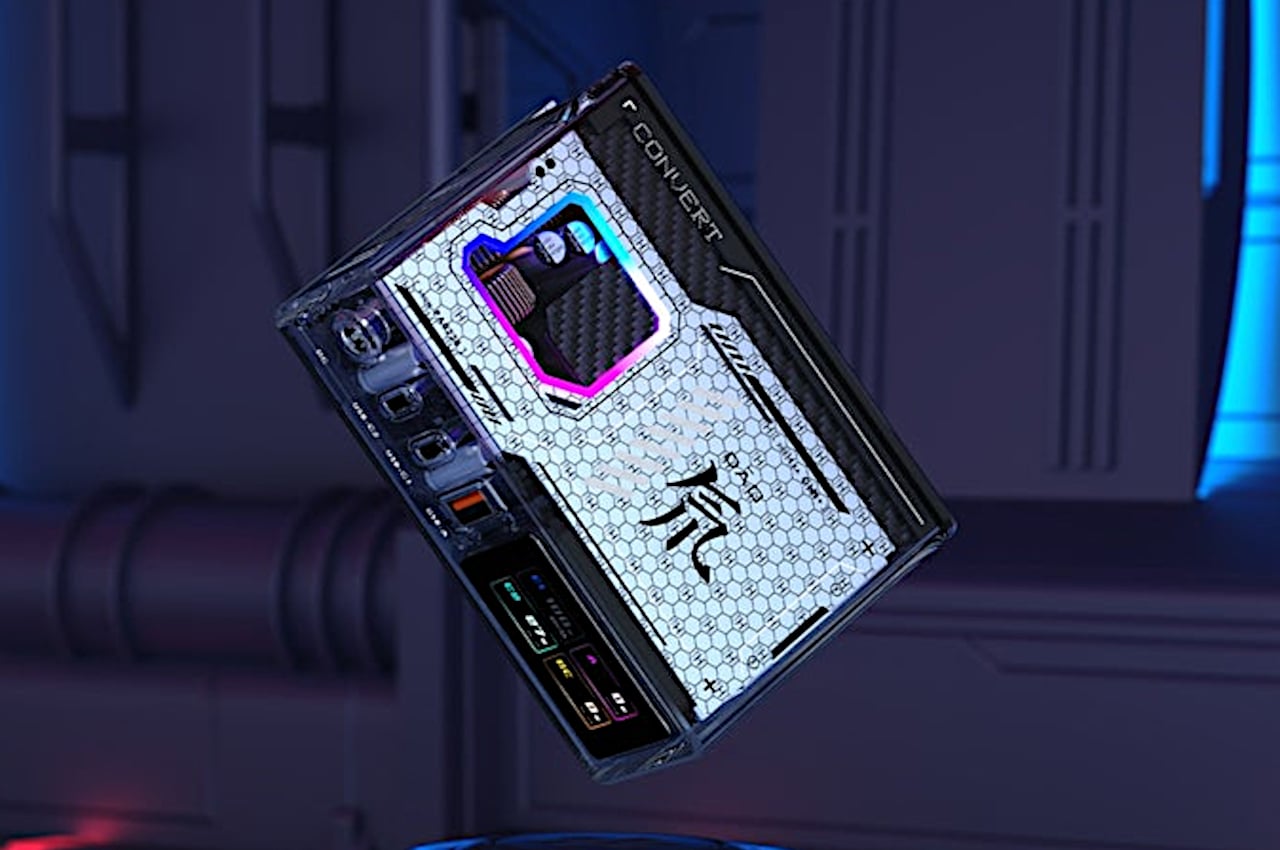
If there was a design style that fits the gamer aesthetic almost perfectly, it would probably be cyberpunk. Bright RGB lighting, geometric patterns, and panel-like decals give a somewhat futuristic tech vibe to many gaming products, be they devices or even just accessories. That’s true not just for PCs and consoles but, lately, also for smartphones. Gaming smartphones have been trying to grab the attention of mobile gamers with their sometimes over-the-top designs. That, however, mostly applies to the phone itself but rarely to the accessories you use with it. As one of the big mobile gaming brands, REDMAGIC is trying to fill in that gap with a charger that doesn’t just look hi-tech but also promises advanced features as well.
Designer: REDMAGIC (nubia)
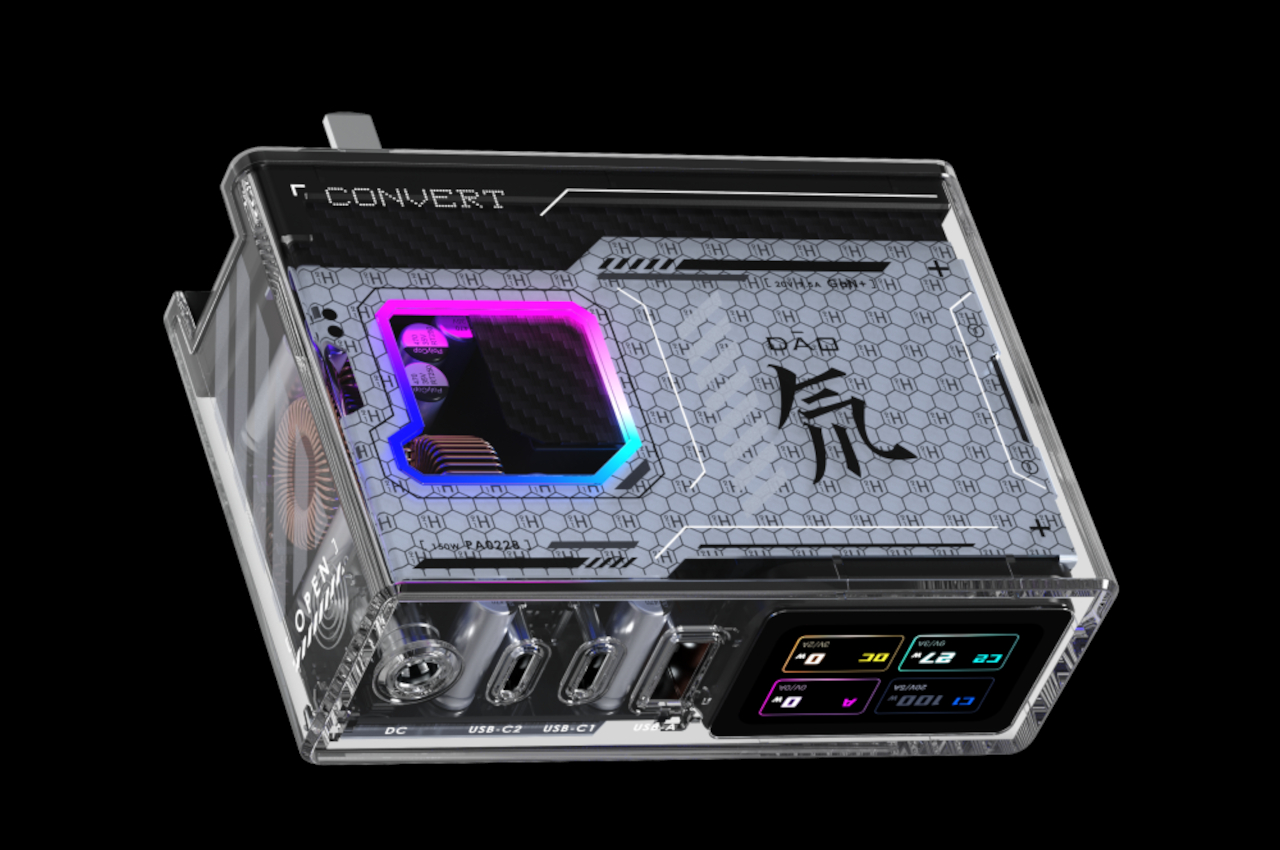
Phone chargers are often minimalist yet uninspiring blocks of plastic that get the job done and nothing more. Thanks to advancements in charging technologies, specifically GaN or Gallium Nitride, it has been possible to shrink charger sizes or, more importantly, implement less conventional designs and features. This charger, for example, still comes in a traditional rectangular shape, but its visual and technical features are almost out of this world.
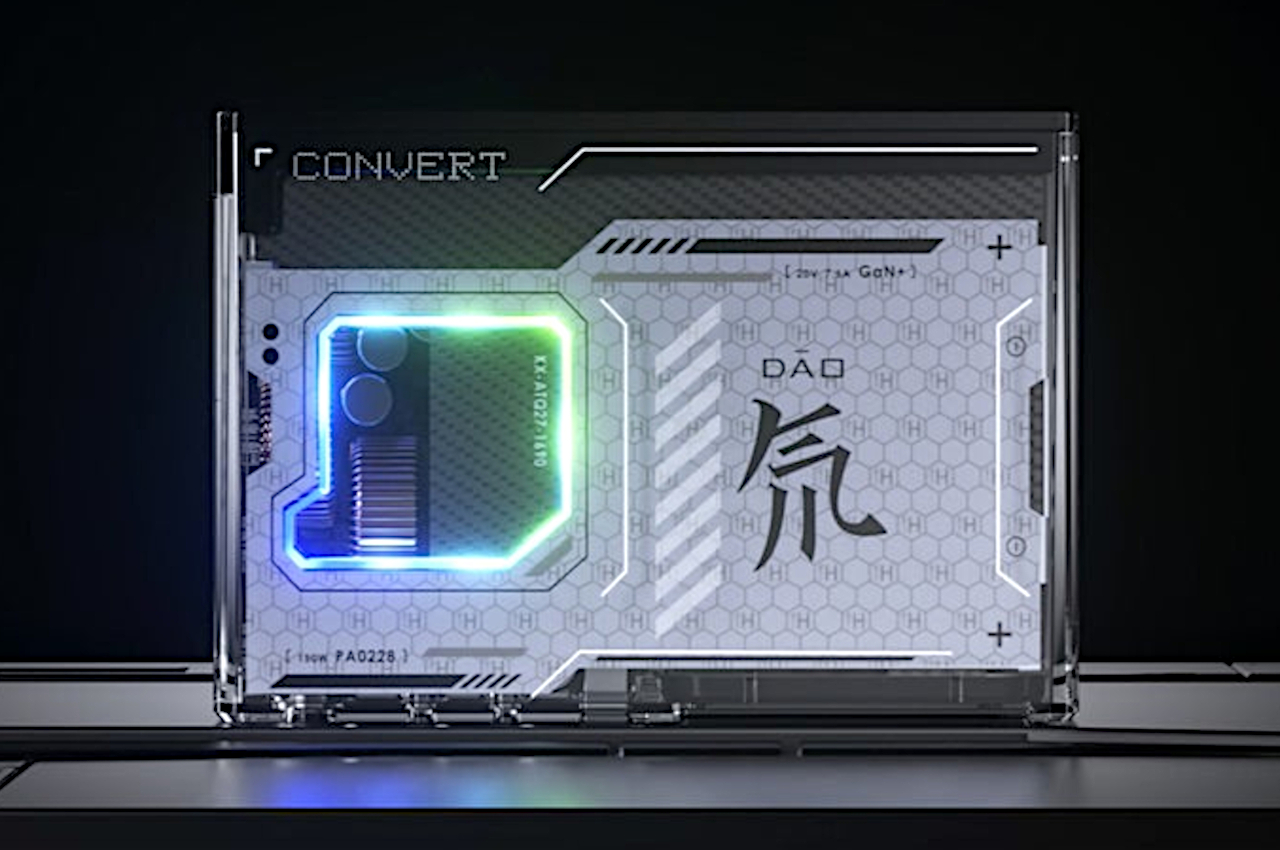
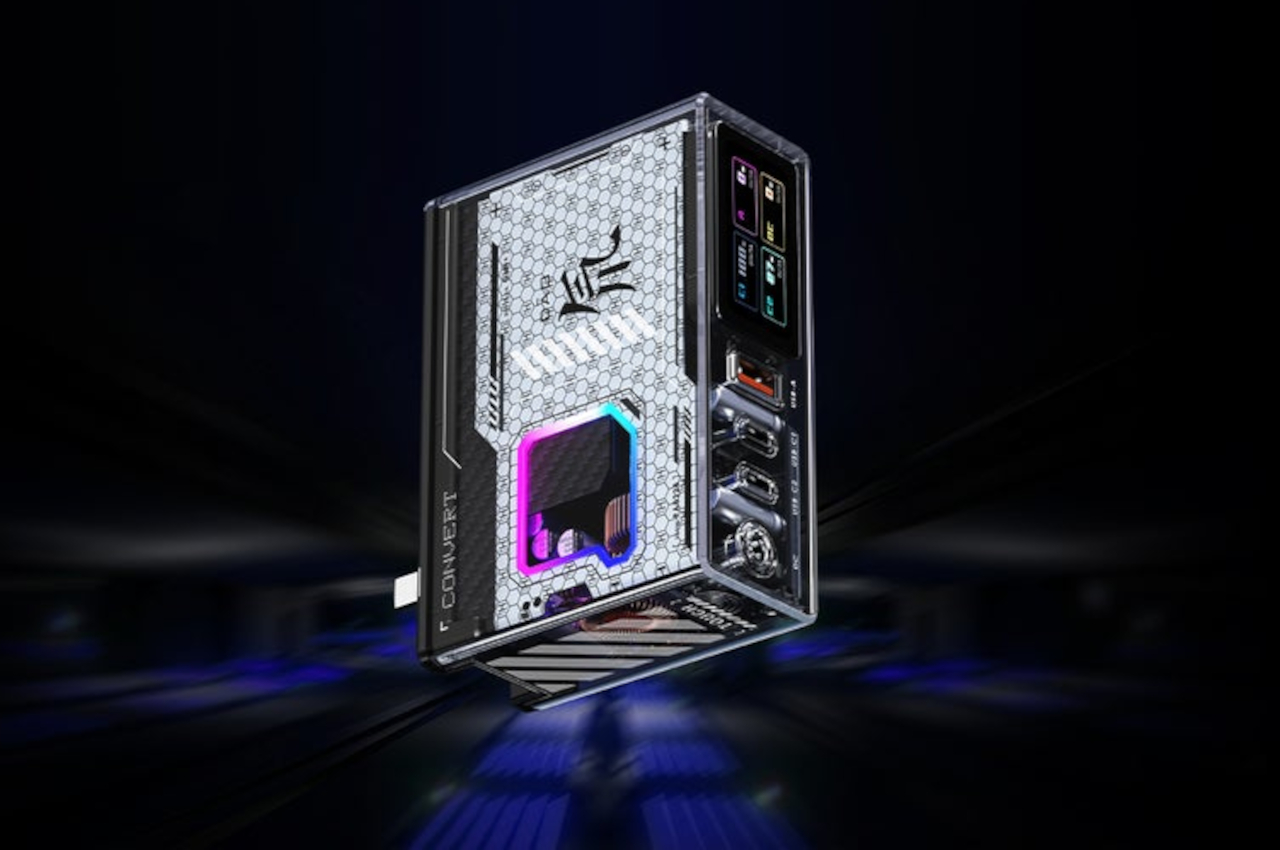
For one, it has those RGB lighting effects that gamers just love, shining in different hues in the dark. This goes perfectly with the transparent design of the charger’s metal chassis, making the REDMAGIC DAO look almost like a miniature desktop PC. Its fanciest feature, however, is the LCD screen that is used to display details like current or charging status as well as dynamic wallpapers to truly bring out a sci-fi feel.

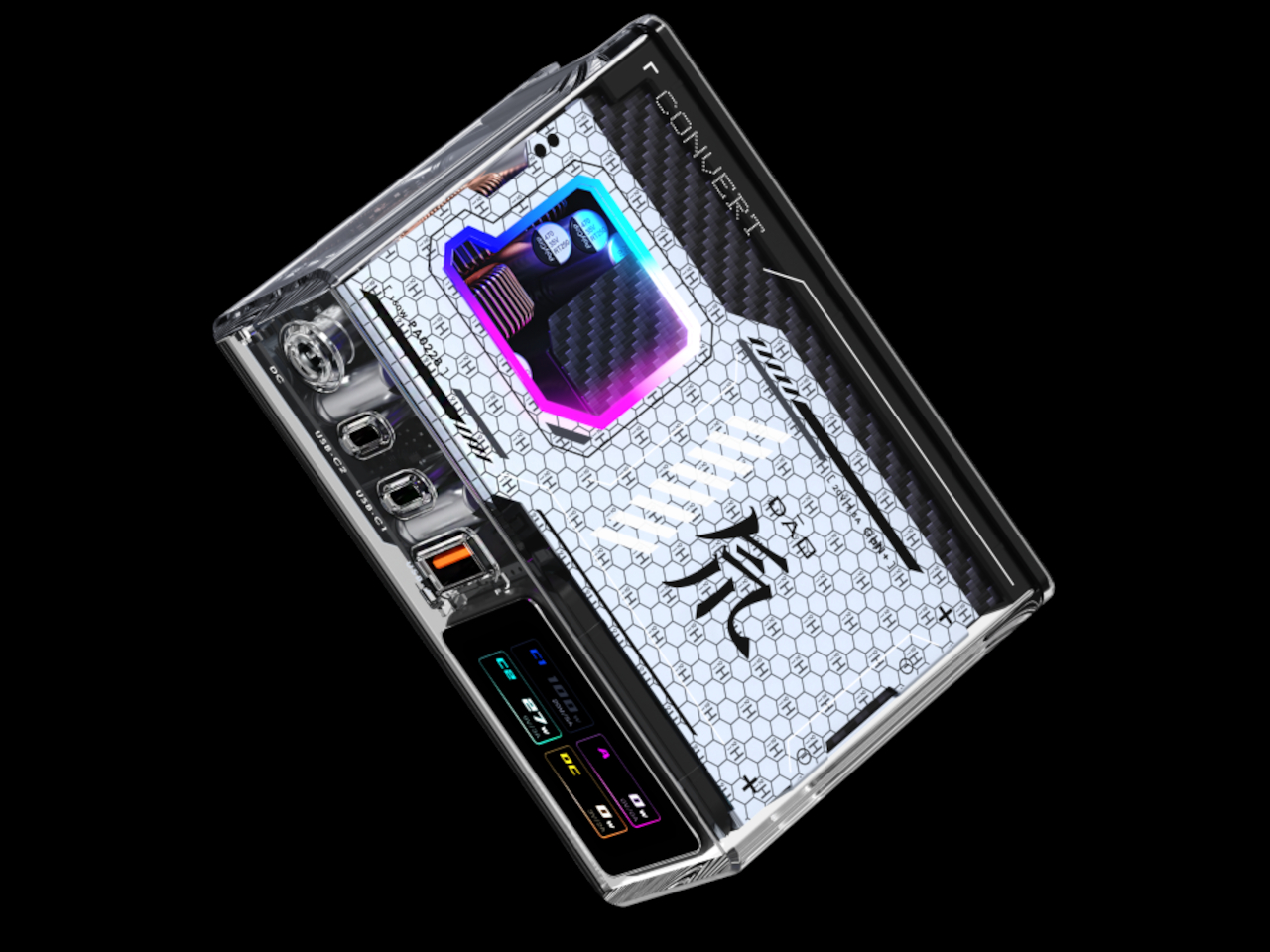
That’s not to say the charger is just all looks, at least not on paper. Its 150W output can charge many devices, including laptops, sometimes even simultaneously. It even has a rare DC out port that can be used for devices or laptops that use connectors other than USB. GaN technology promises that all that power won’t turn the charger into a fire hazard, at least with proper use and care.
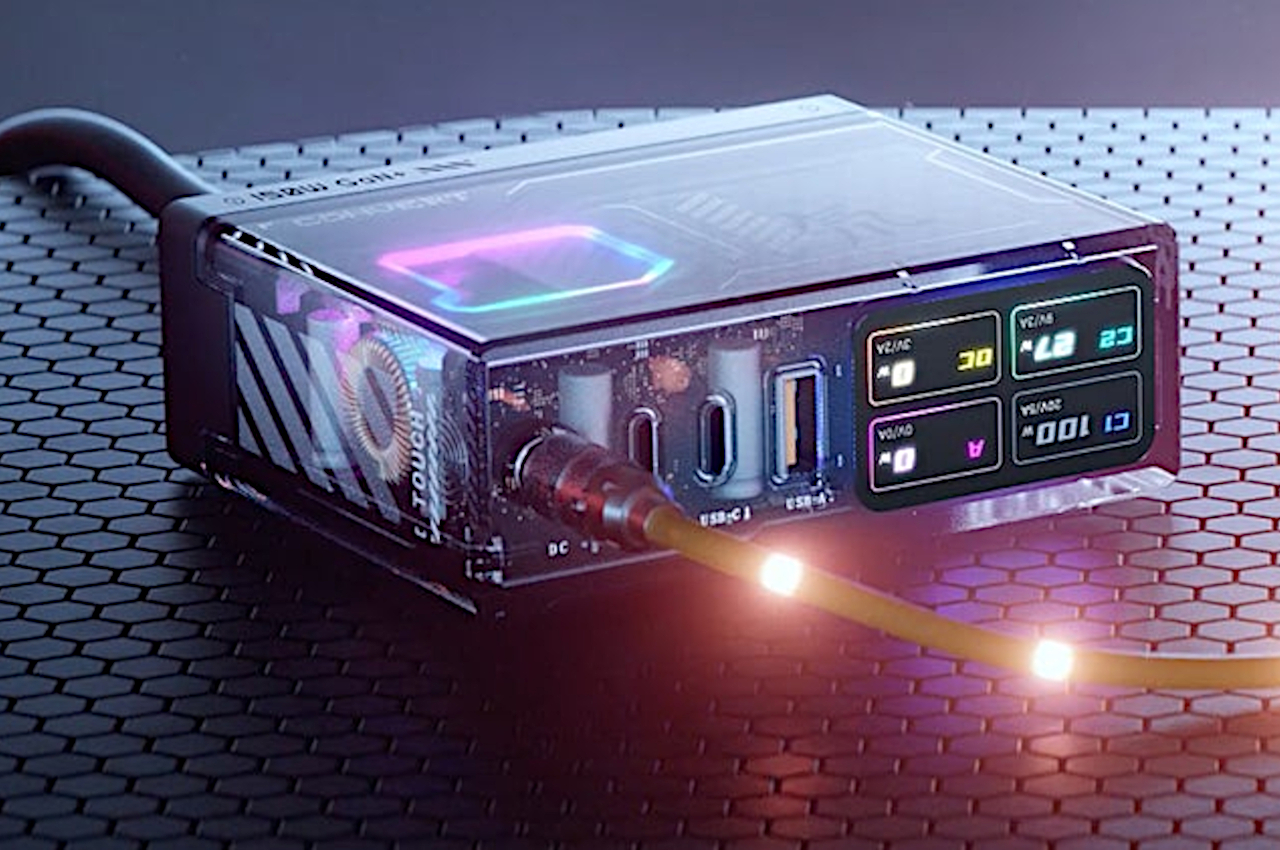

As eye-catching as the REDMAGIC DAO 150W GaN charger may look, it also raises concerns about reliability, especially with so many extraneous features. The charger will still continue to work even if the RGB lights or screen doesn’t, but it also means paying for features you may end up never using. Still, the accessory is a nice break from the usual black and white affair that chargers seem to be locked into, and hopefully, other brands will start getting similar ideas in the near future.


The post REDMAGIC DAO 150W GaN Charger looks straight out of a cyberpunk game first appeared on Yanko Design.
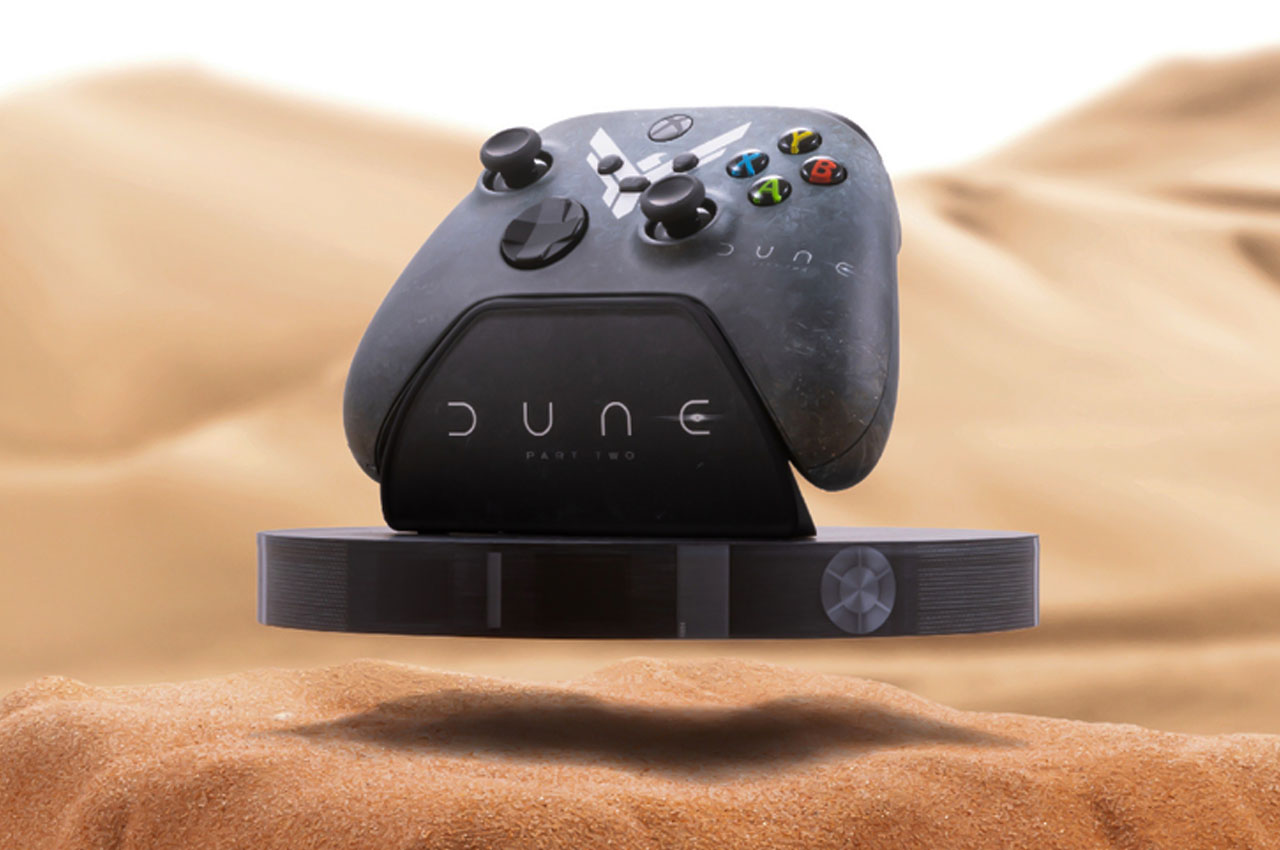
There’s no denying, we love everything that levitates. Consider the magical element of a floating gadget or the sheer curiosity of the working mechanism, anything that suspends in mid-air, ignites our curiosity. Of course, this levitating Xbox controller wouldn’t escape our radar.
This special edition gaming Xbox gaming controller will mark the release of Dune: Part 2 on March 1. Microsoft is labeling it as the world’s first floating Xbox controller, and we’ll agree since this is a one-of-a-kind creation. The idea behind the levitating aesthetic is to mimic the Ornithopter’s capability to hover over the Arrakis’ dunes. The good news is that you can win this one-off collectors’ piece by topping the sweepstakes competition by Microsoft on X.
Designer: Microsoft
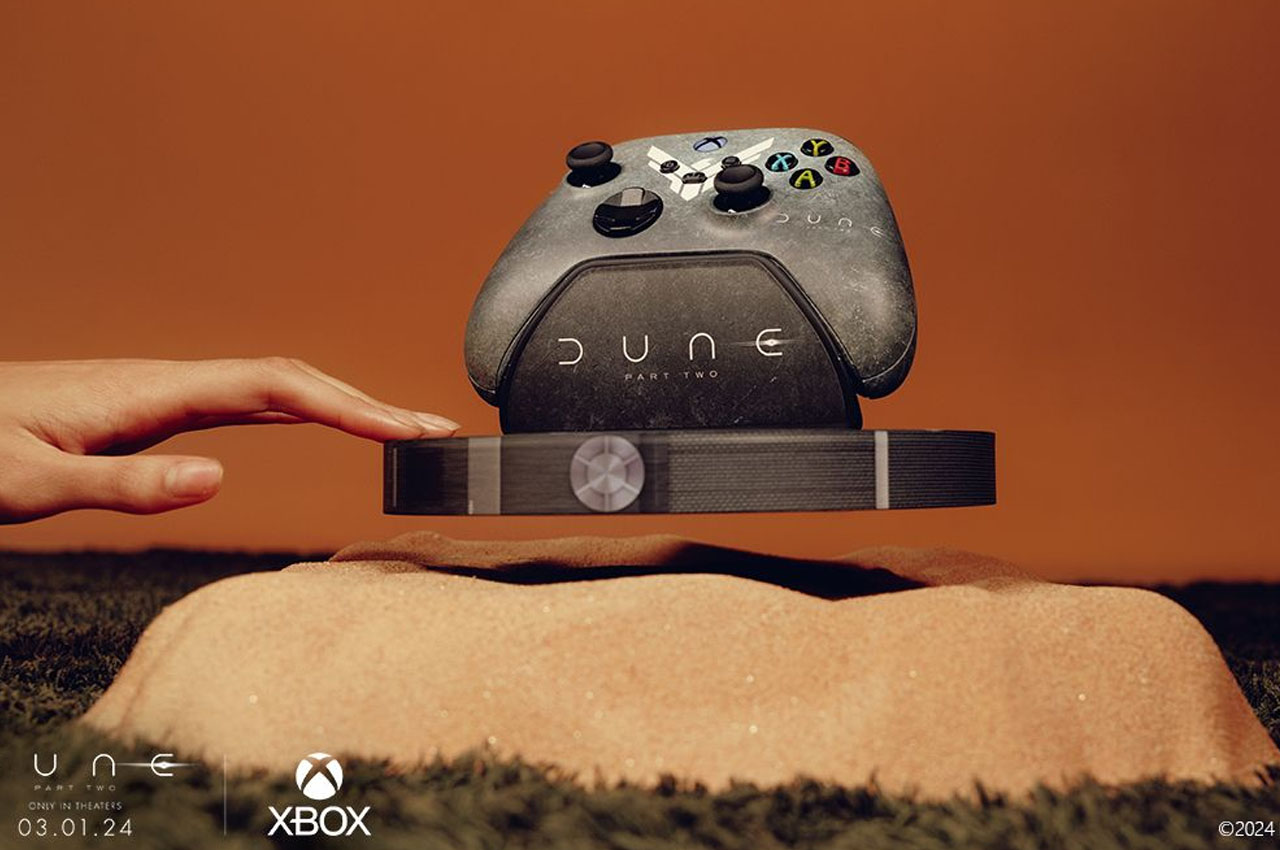
Limited edition hardware is nothing new to Microsoft for promoting their flagship console. For the Dune edition version, the tech giant has collaborated with Warner Bros and Legendary Pictures to promote the release of Denis Villeneuve’s movie. Coming on to the levitating feature, the controller rests on a stand that floats. The visual trickery is not made clear by Microsoft but we presume magnets are used to weave the magic. Hiding behind the big sandy base that’s most likely created to aid this cool illusion.

The gaming controller has a custom finish complete with the movie logo and symbols. Similarly, the Xbox Series S console carries a vibrant design to represent the scale of Arrakis in the cosmos. It is accompanied by the Dune-themed Ornithopter Stand for the complete feel. If you are interested in rolling in for the competition jump right away to check out the official rules and eligibility details. The entry period is currently on and will go on till March 25.
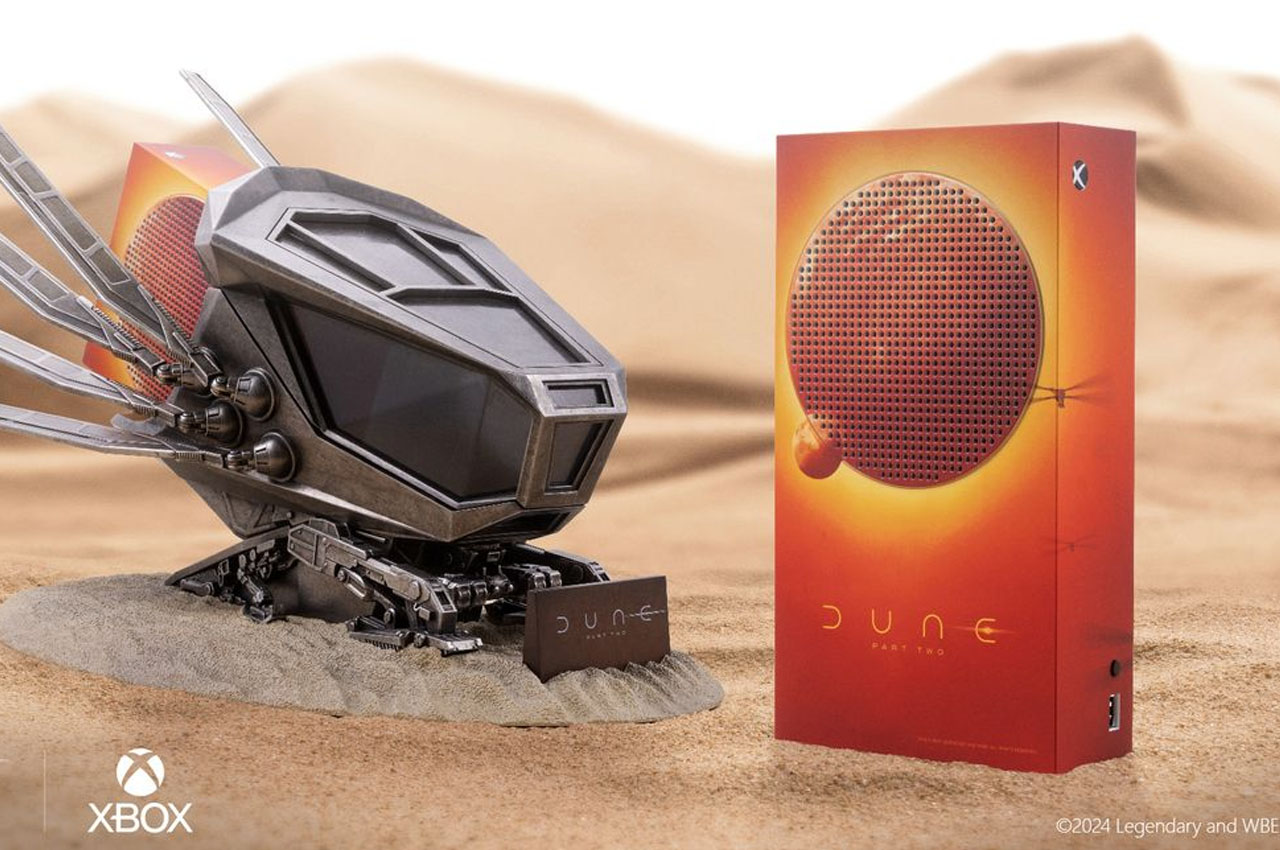
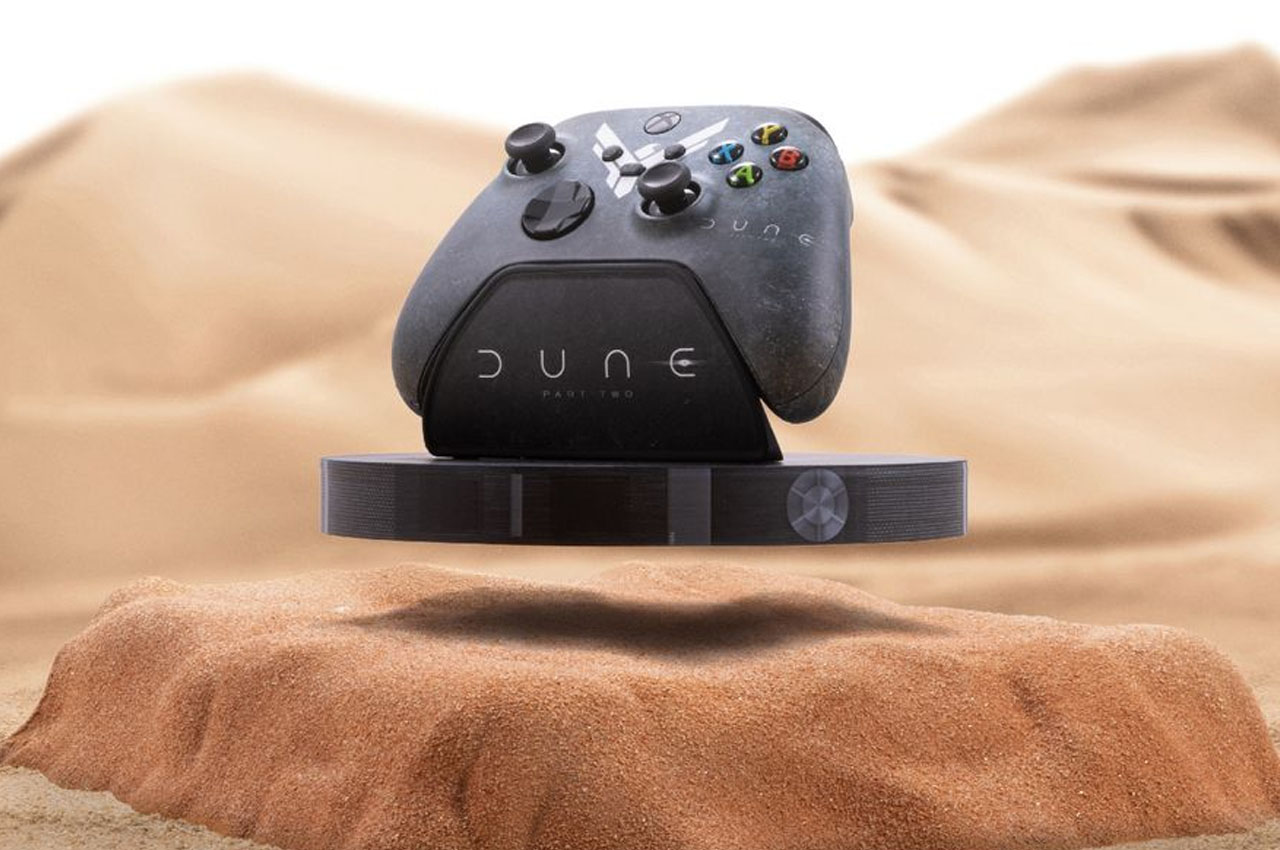
The post Levitating Xbox controller themed on the “Dune: Part Two” movie is up for grabs via a competition first appeared on Yanko Design.
The AYANEO Mini PC AM01 boasting the nostalgic Mac design got the tech pundits excited and for good measure. With the looks of the classic Mac and the innards of a Windows 11 PC, the cool little desk accessory is a gaming console at large for gamers who love retro flavors.
When we first got you acquainted with this little bundle of joy, there were already talks of the Retro Mini PC AM02 which emulates the design of the classic NES. A mini PC at heart, this one too balances out the retro and contemporary design scheme to perfection. Obviously, Nintendo fans will fancy this one over the AM01, but other users will also be drawn by its 4-inch touchscreen, considering most of the rivals don’t offer this luxury.
Designer: AYANEO
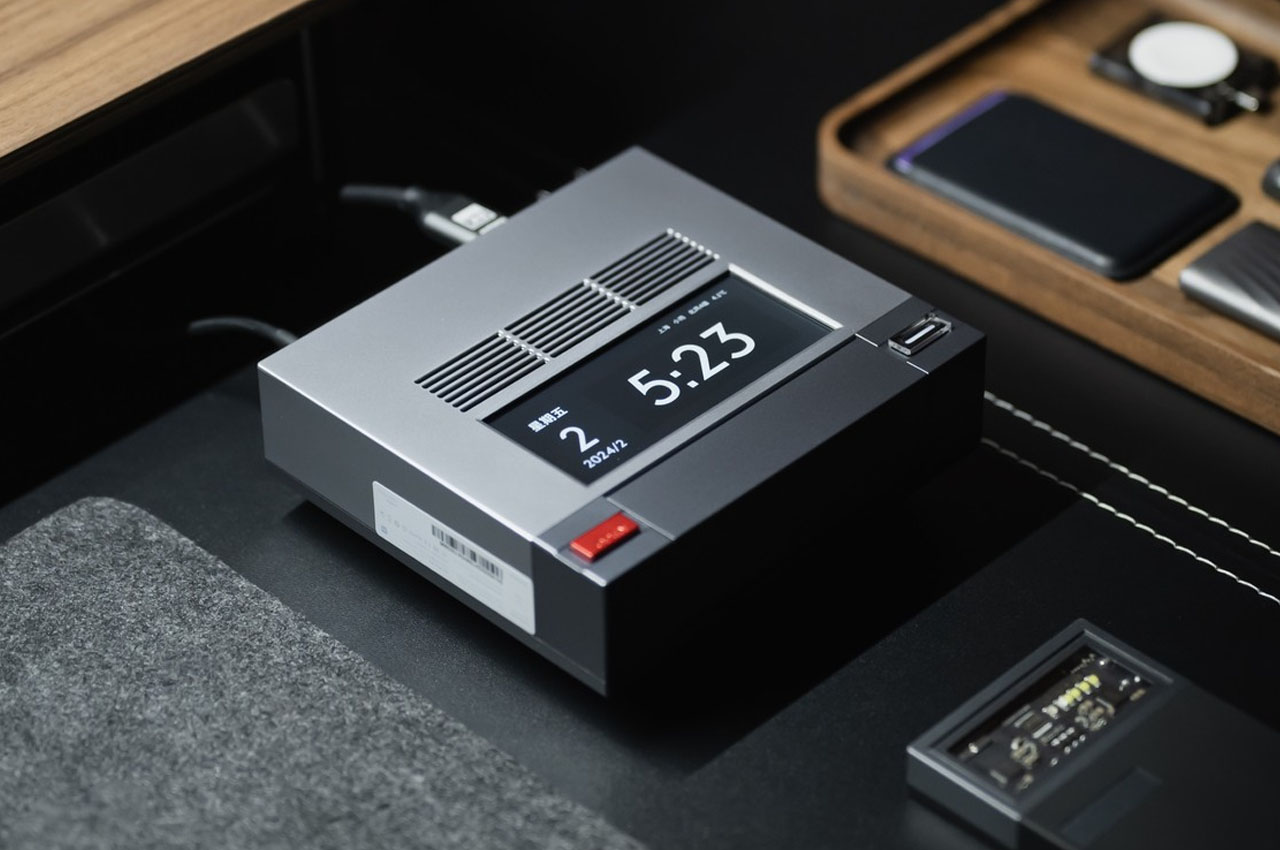
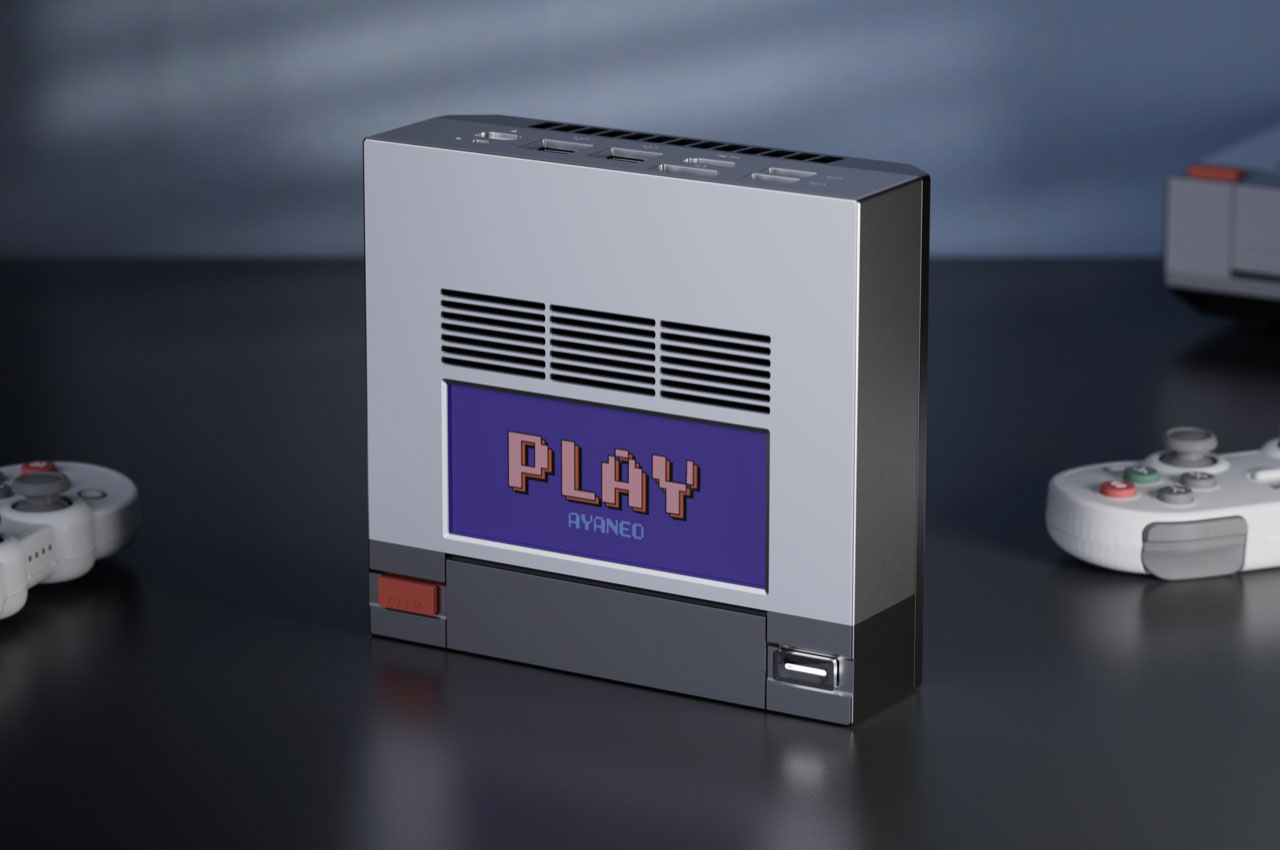
This mini gaming console blends unique design aesthetics with high-performance hardware without any compromise in the compact form factor. Keep it on your desk or mount it on a wall or anything in the vicinity, the mini gaming console weighing just 538g is equally impressive. The recreated front cover tactfully hides all the input/output ports for a clean look which is another resounding plus. This cover can be click opened with a red button opposite the power button, adding to the cool trickery.

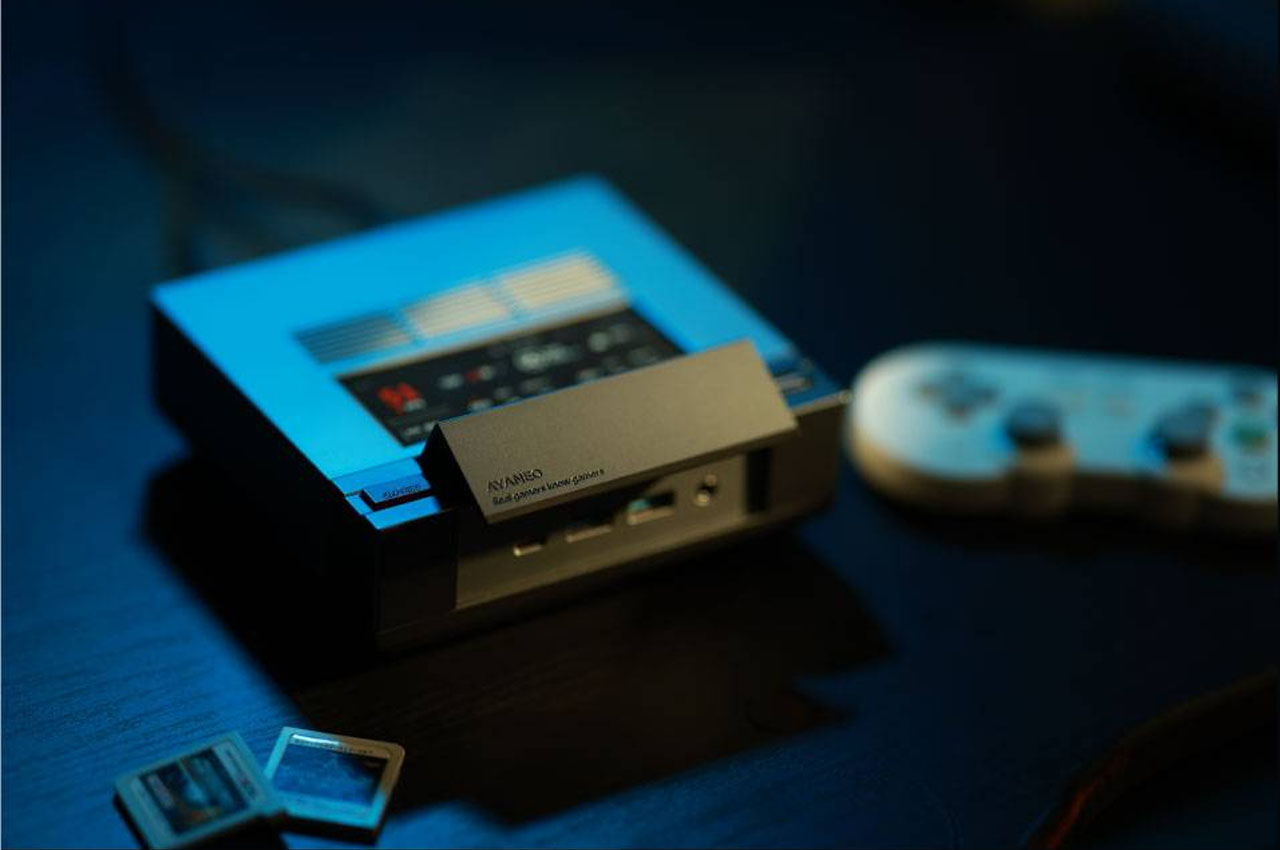
The on-board AMD Ryzen 7 7840HS APU, DDR5 RAM (16/32 GB) and 512GB/1TB SSD on the AM02 are well-equipped for PC gaming or tasks like video editing or music composition. To keep the internal temperature down, the mini gaming console has a potent four-copper pipe heat dissipation structure, aided by the 45W large-size turbine fan. Coming onto the screen it displays vital statistics for nerds including CPU data, current FPS, temperature and fan speed. For normal users, a left swipe on the screen toggles the view to the current date and time. One more swipe displays the virtual volume control and the option to toggle the display on or off.

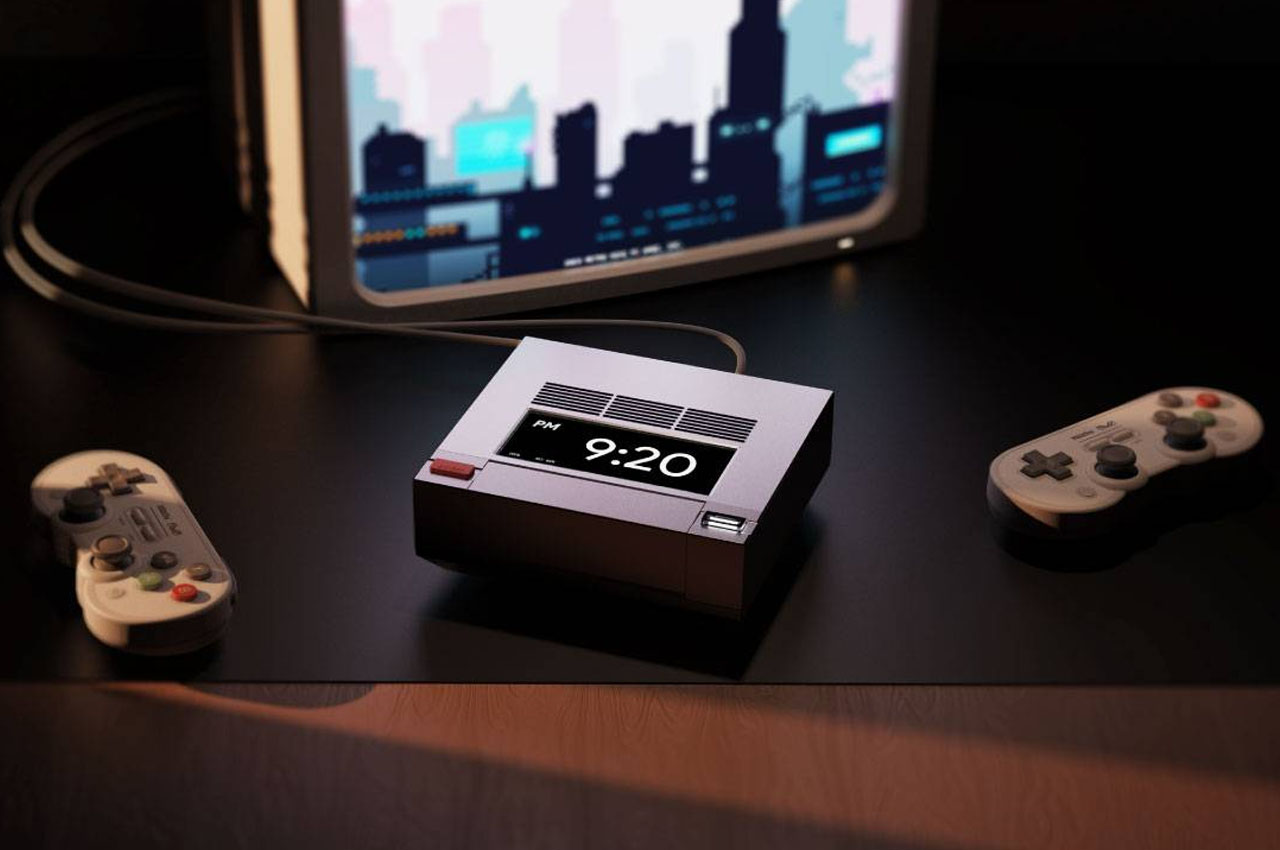
For gamers, the company has an in-built launcher or you can use your own preferred launcher like the Launchbox/BigBox to run Steam or Epic titles, but that option requires a bit of working around. The AYANEO Mini PC AM01 will set you back anywhere between $440 – $630 depending on the chosen configuration. For that starting price you can get yourself a PS5, so the mini gaming console is at a more premium spectrum of the market choices.
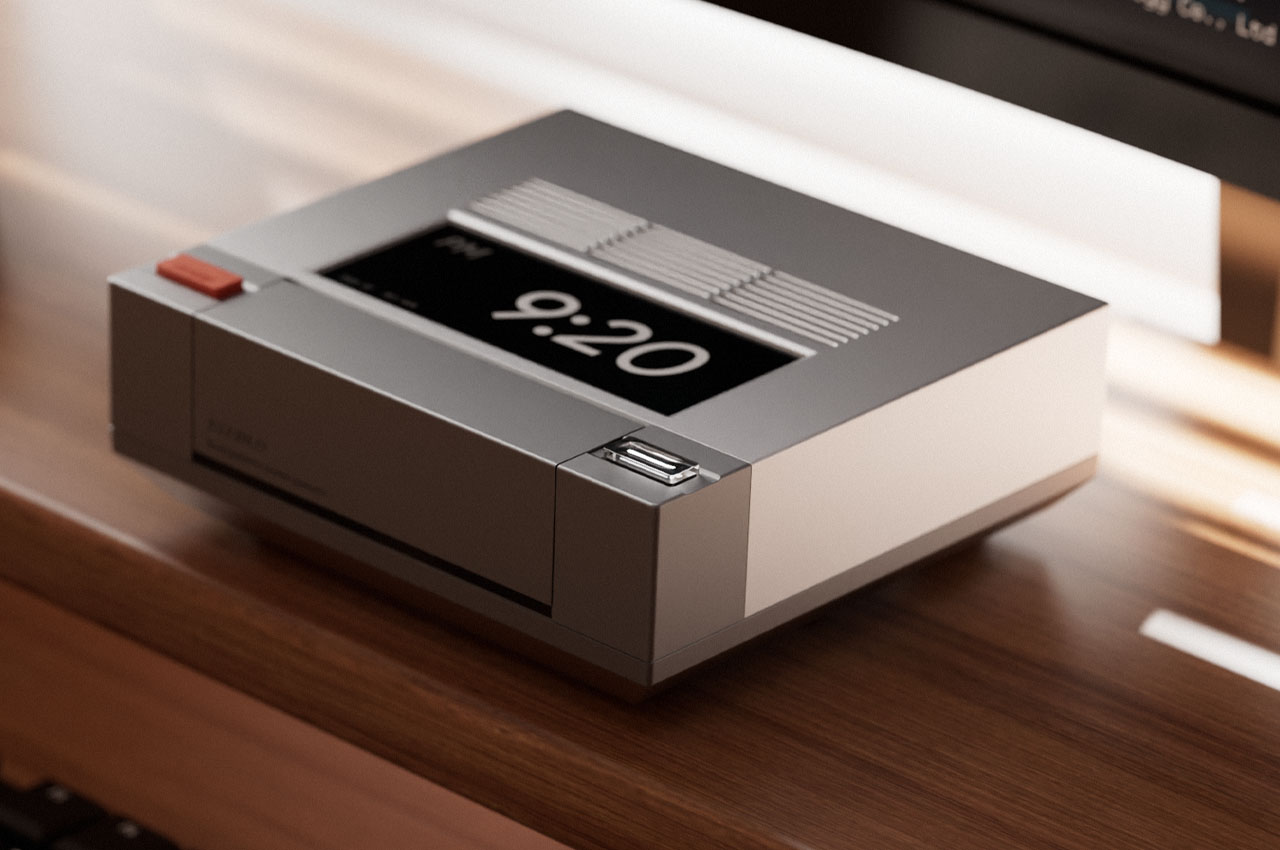
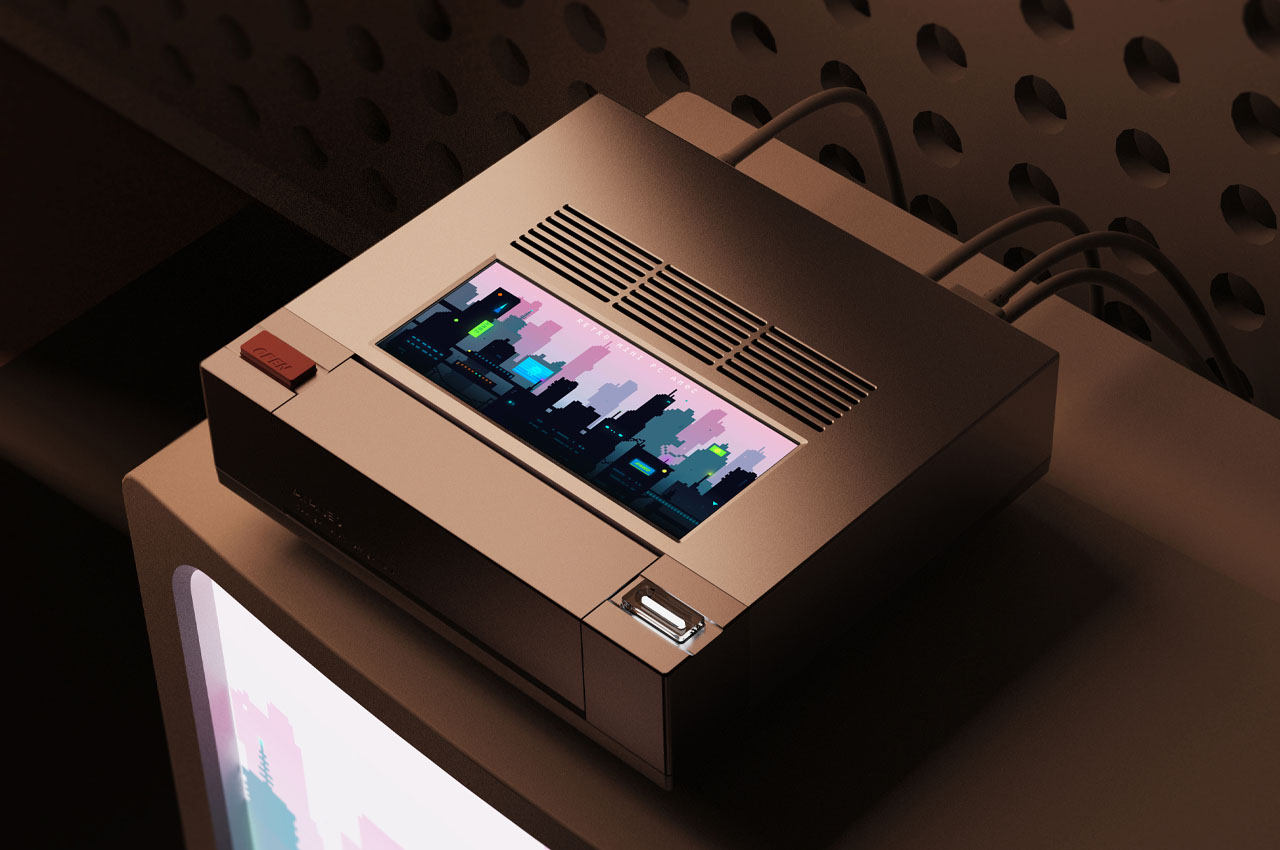
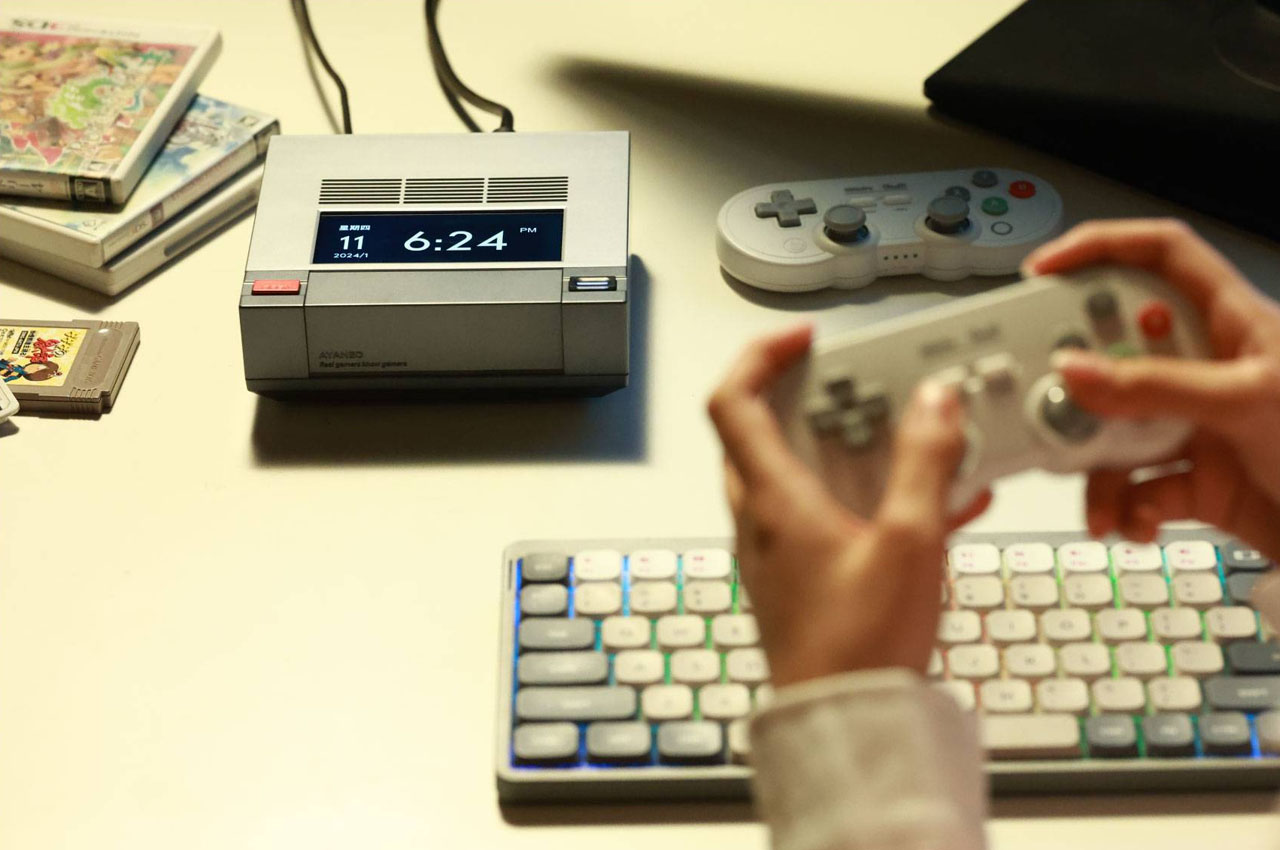

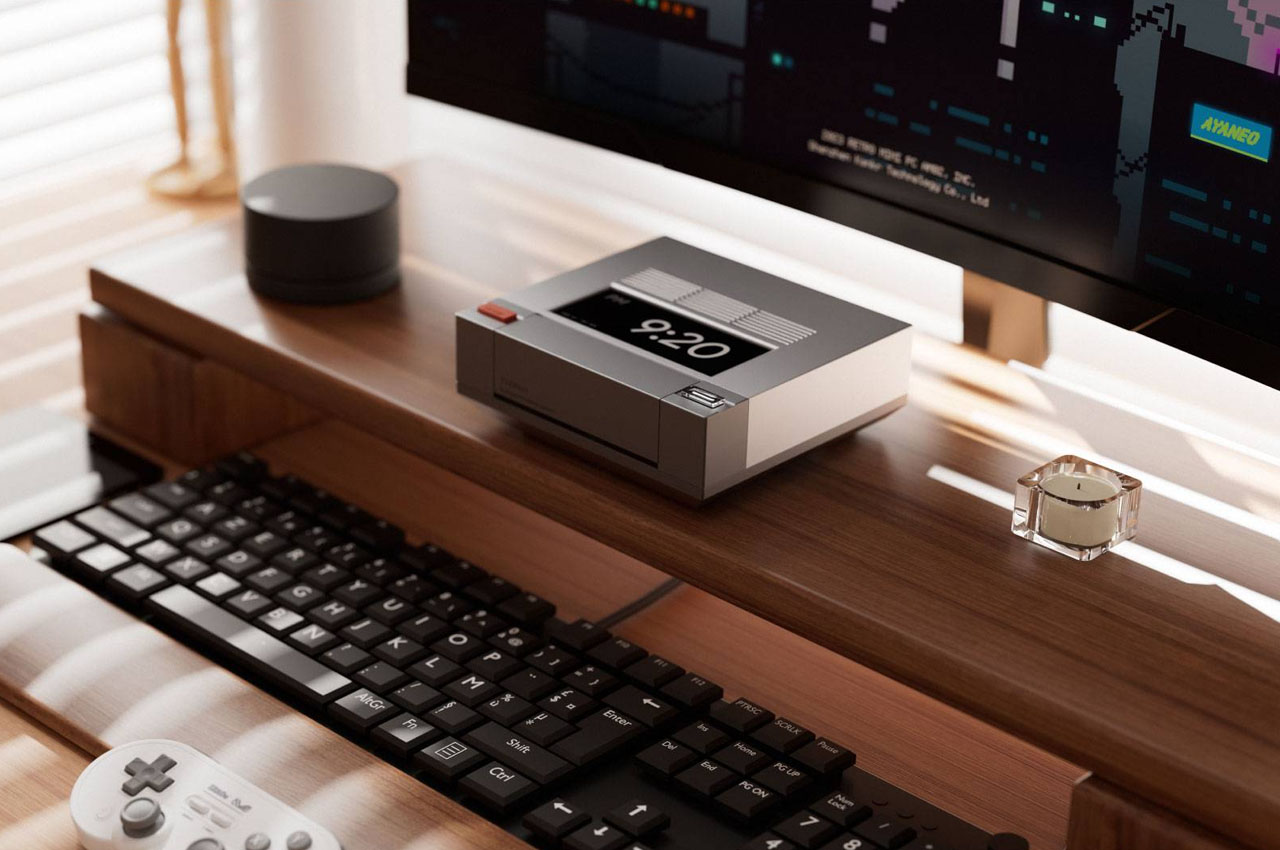


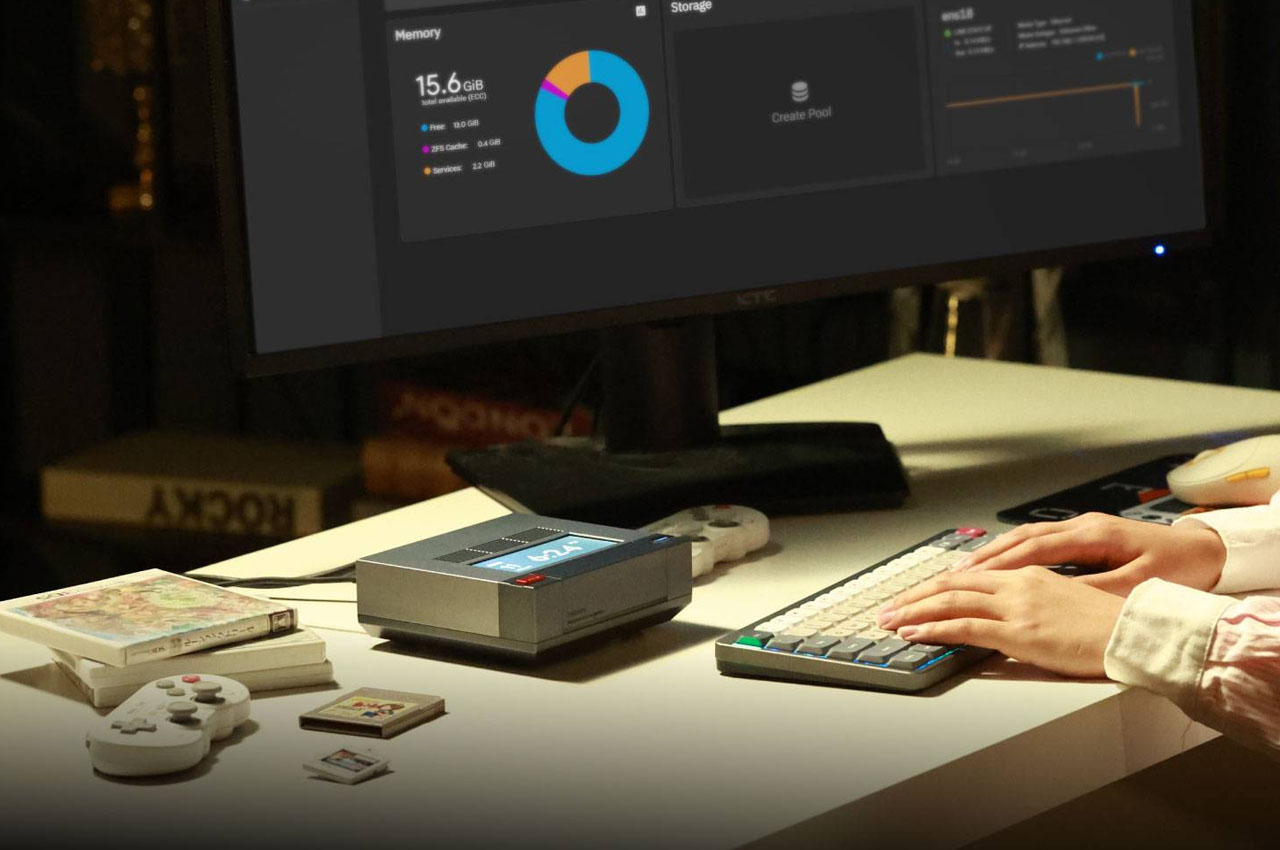
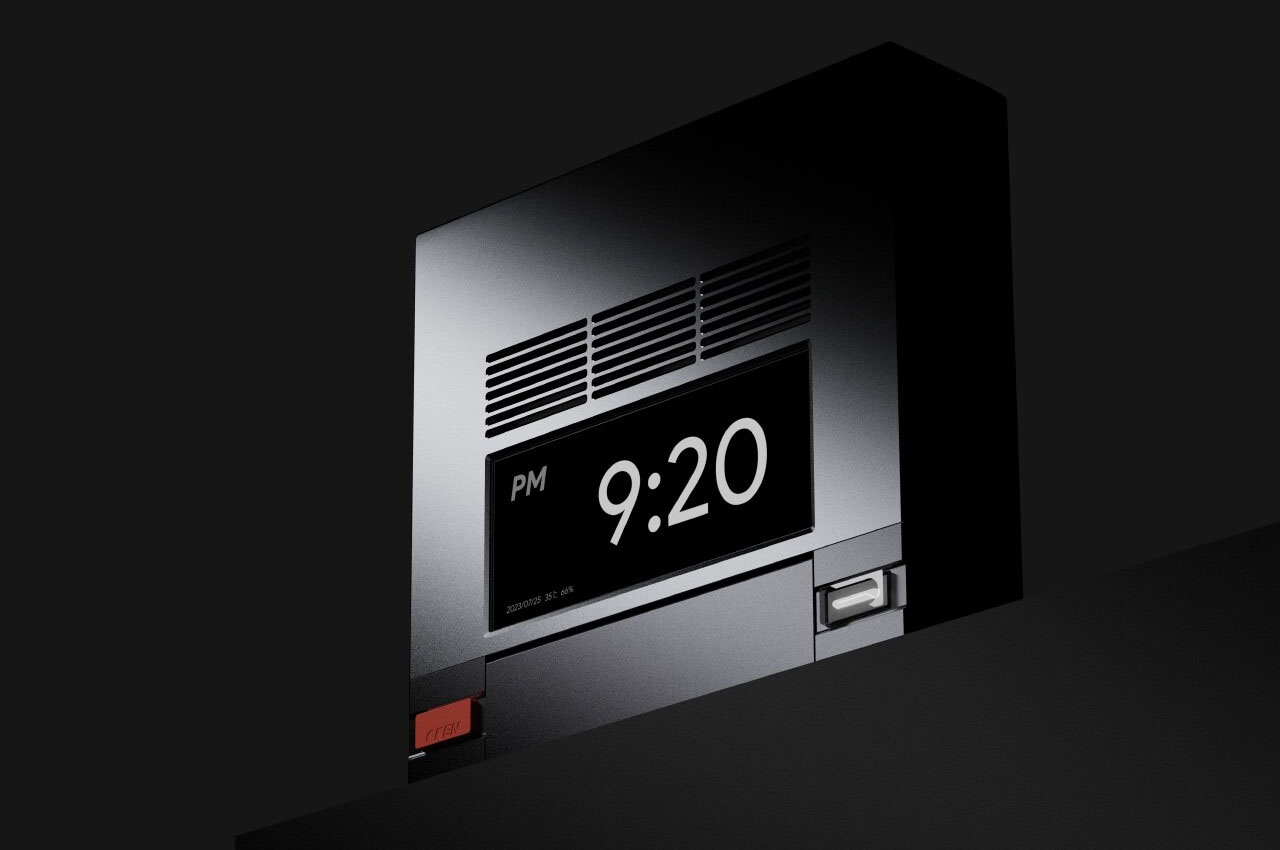

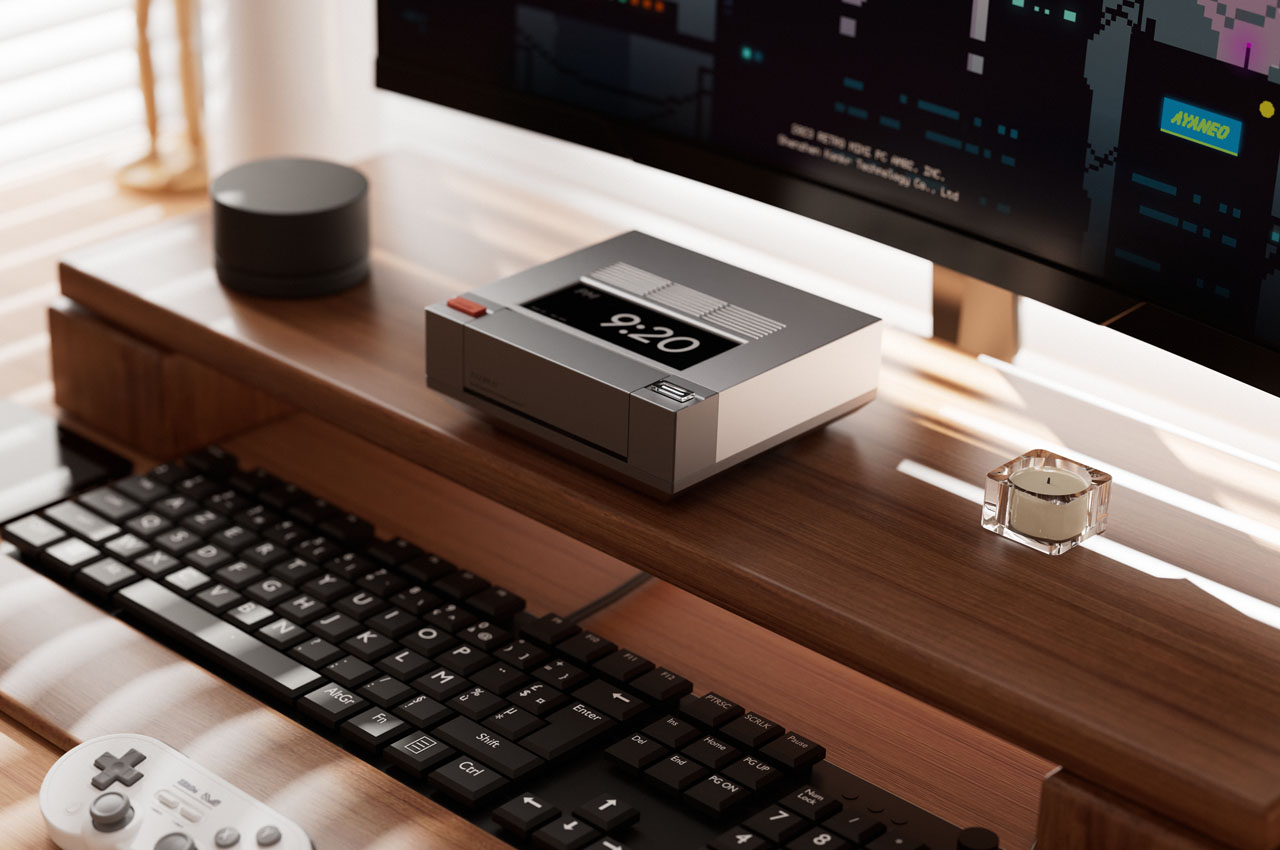

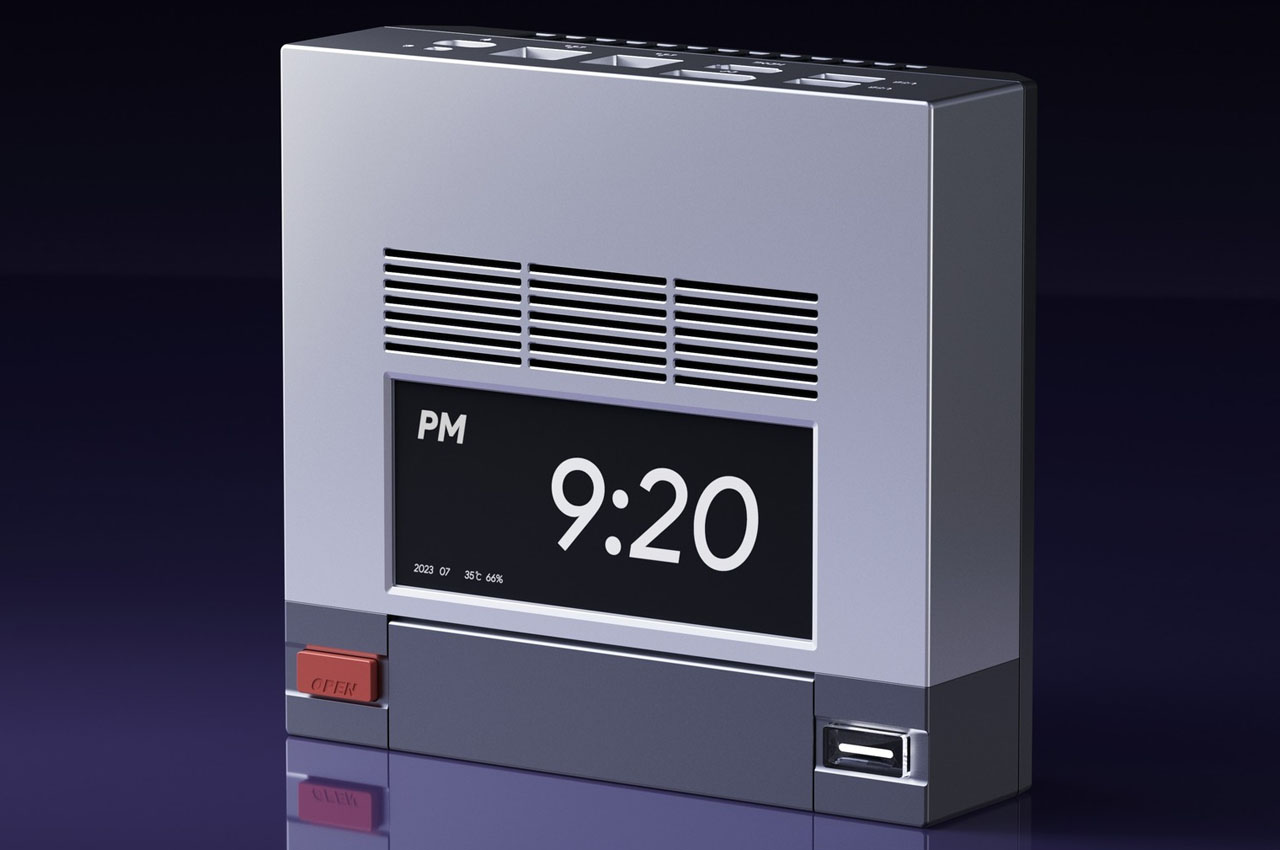
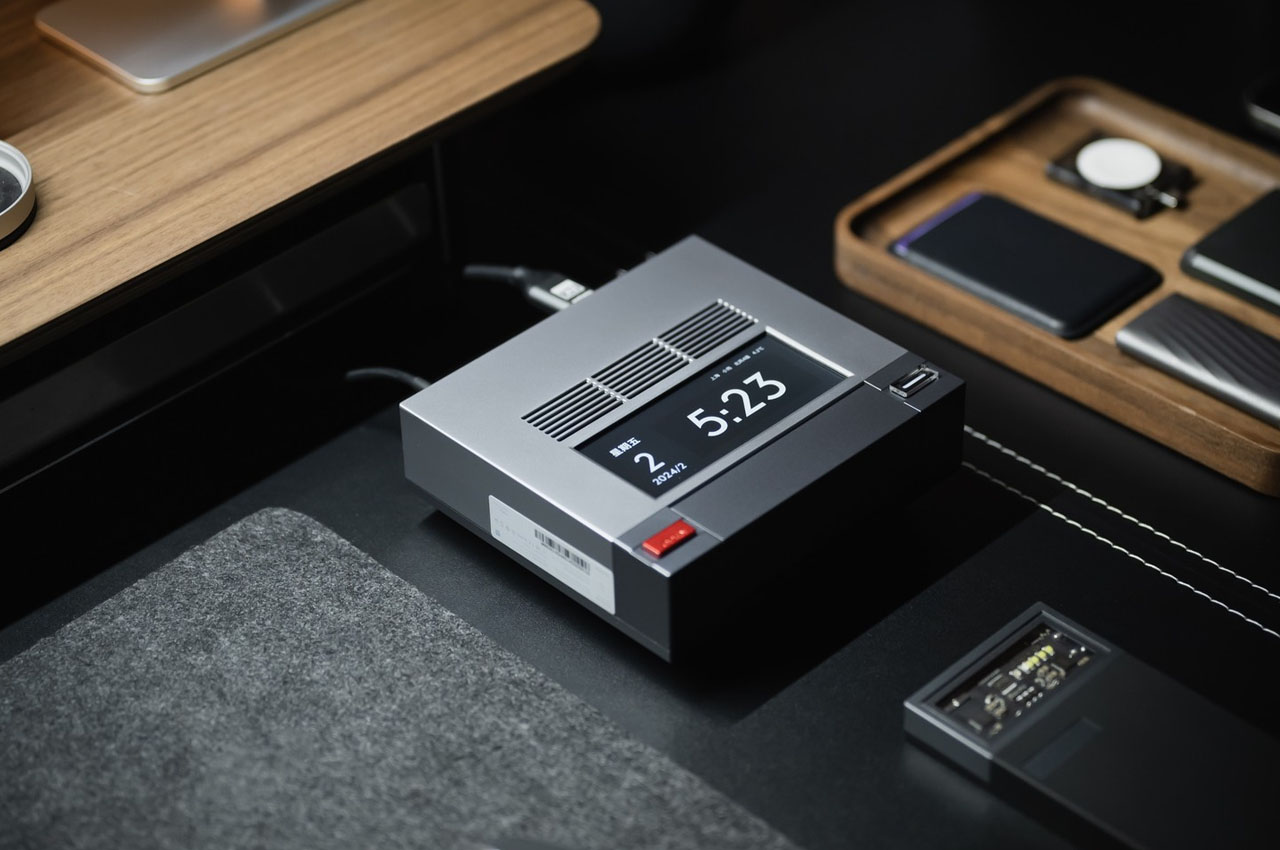
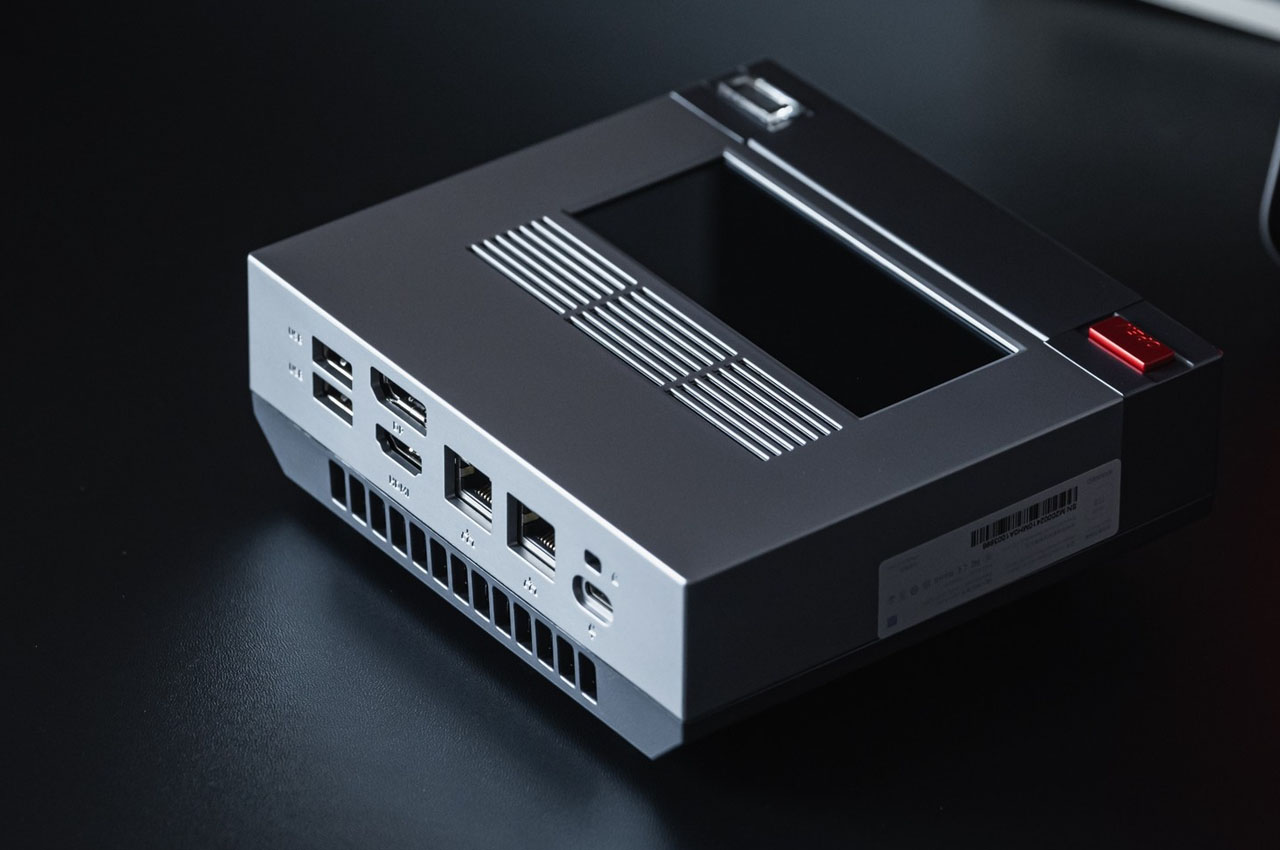
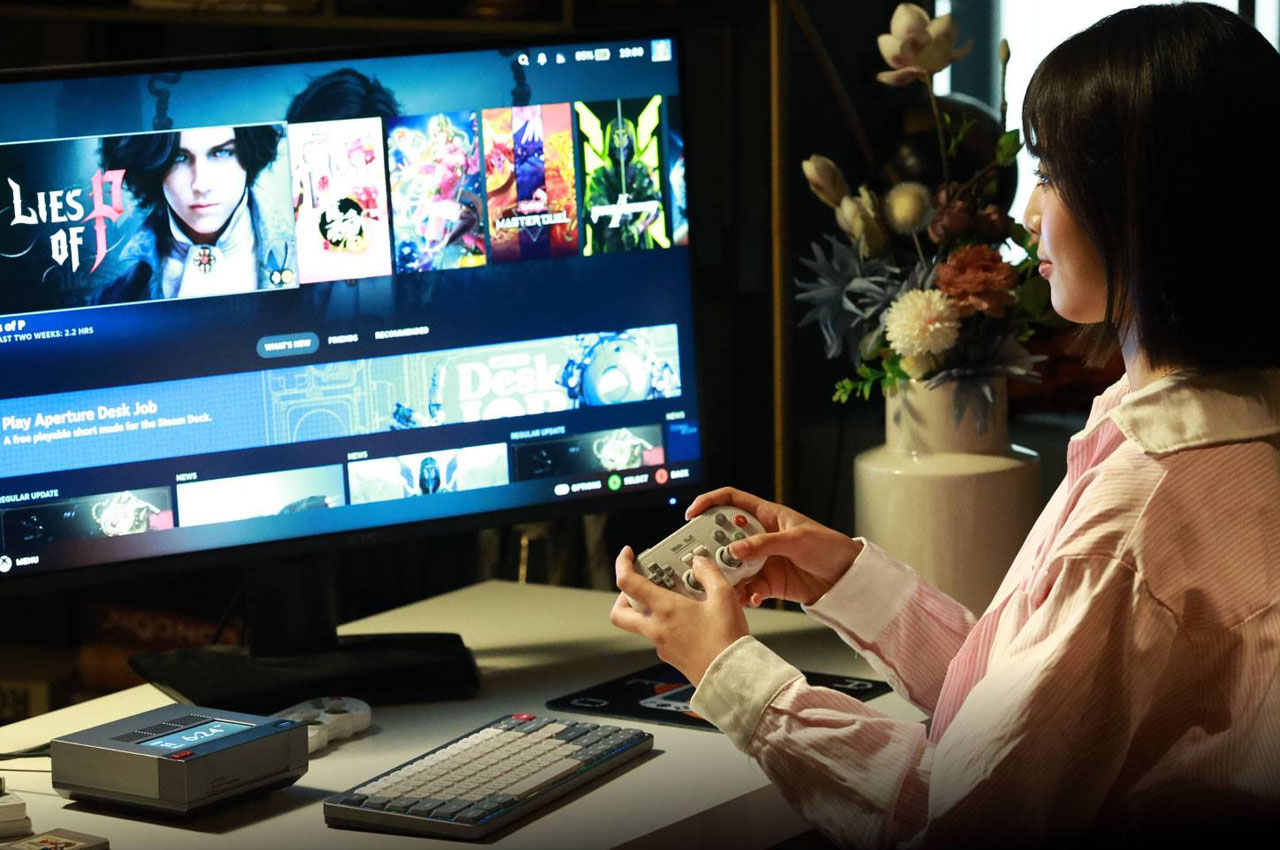

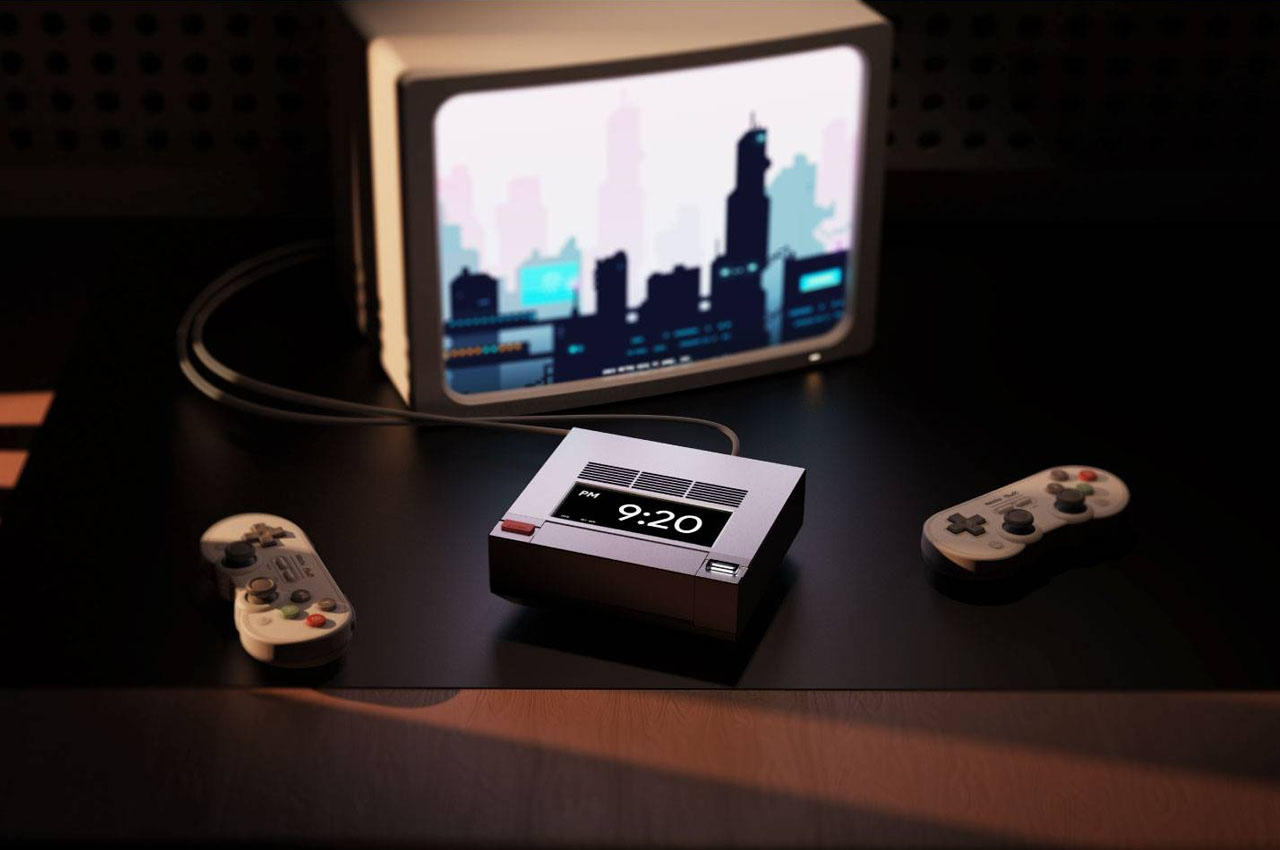
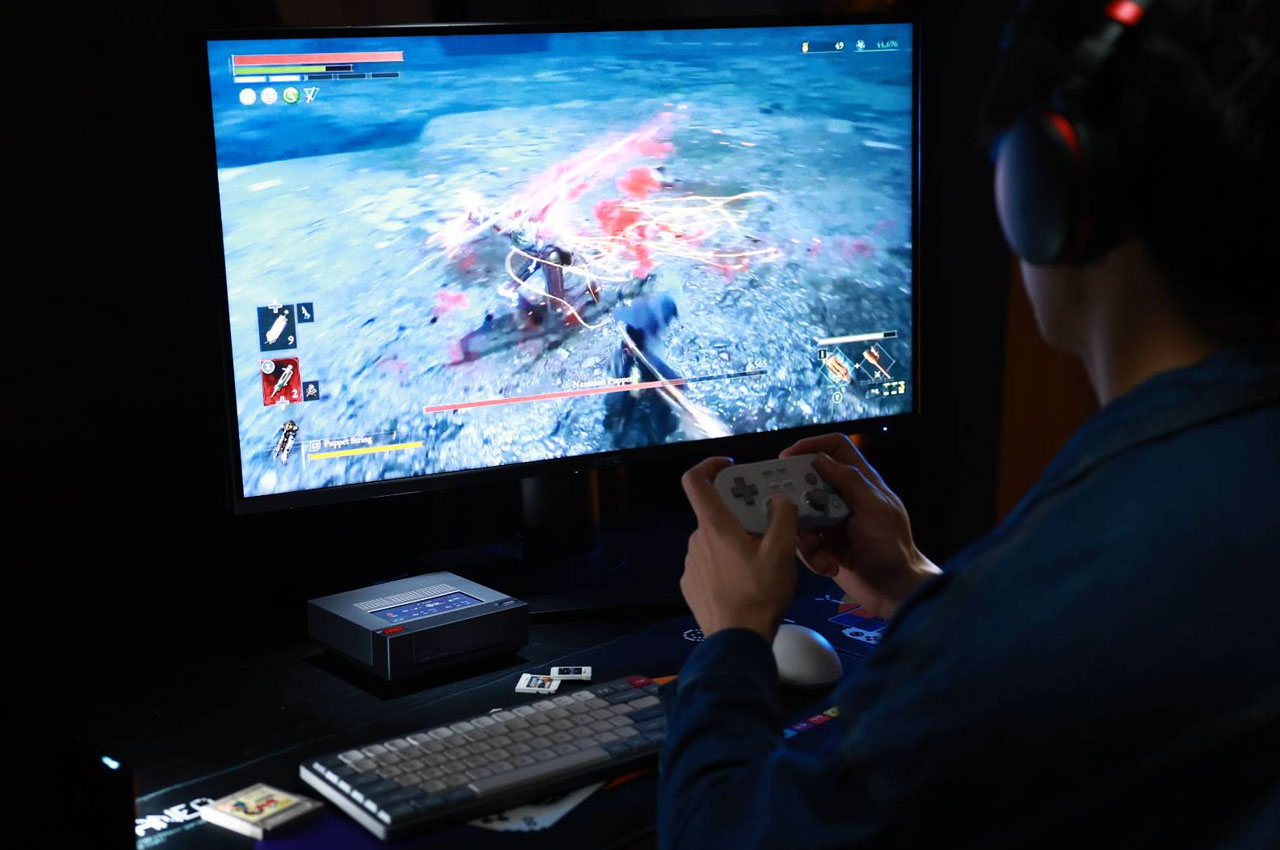
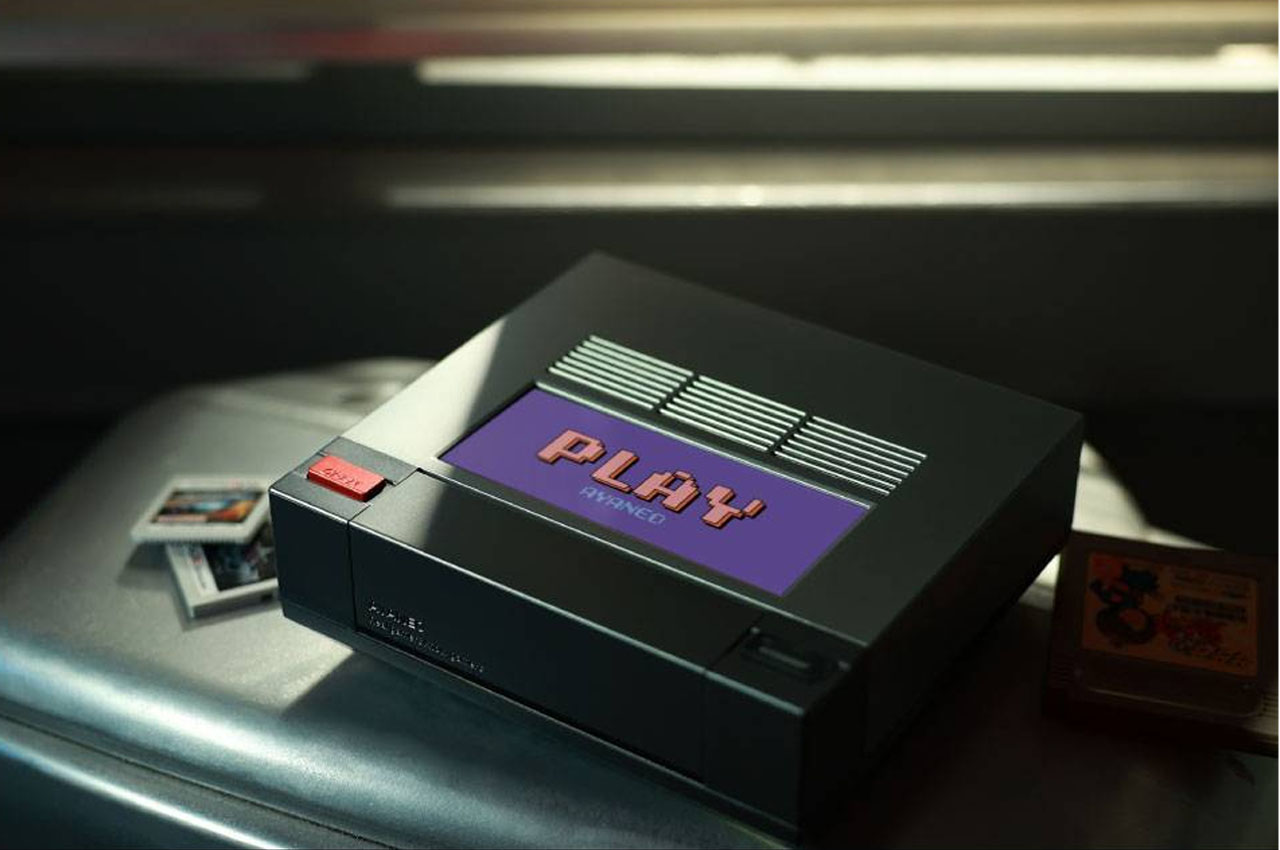
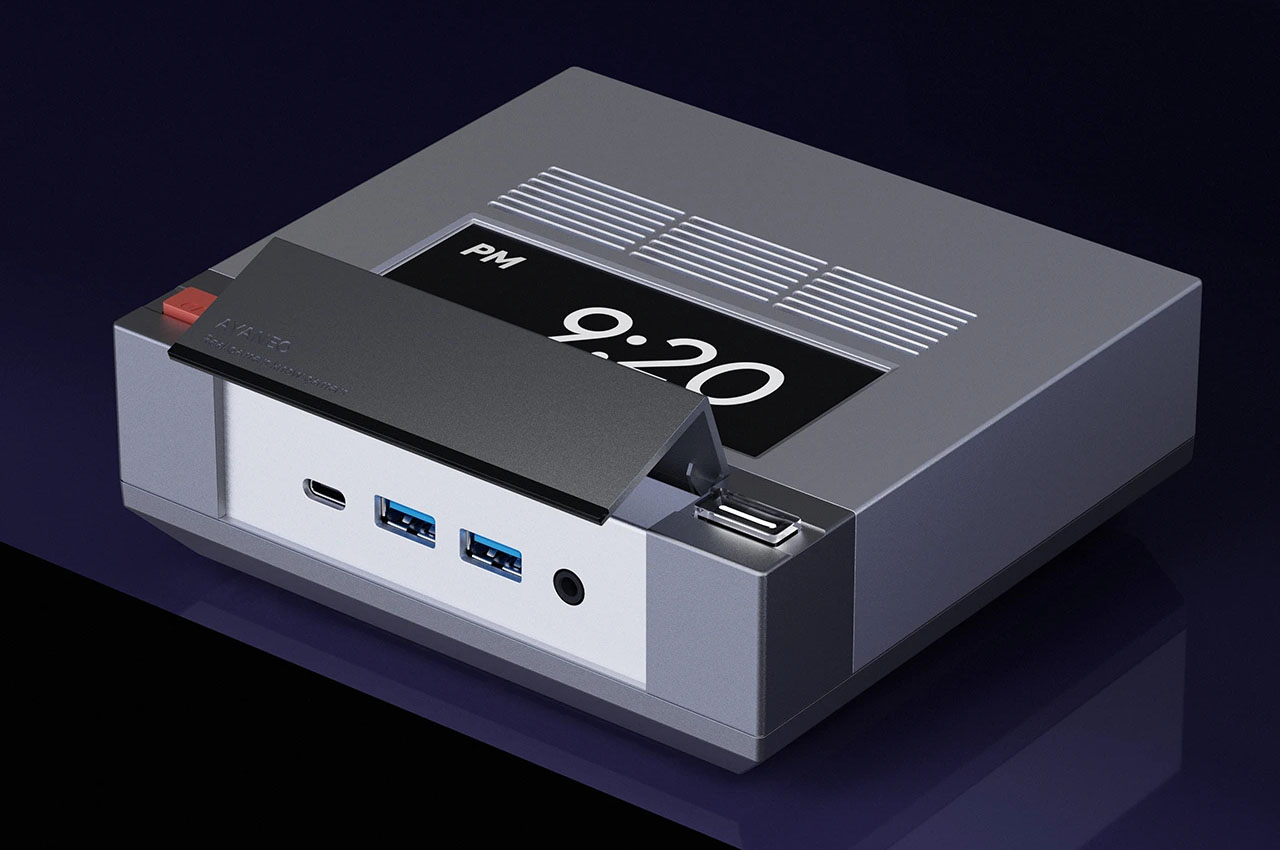
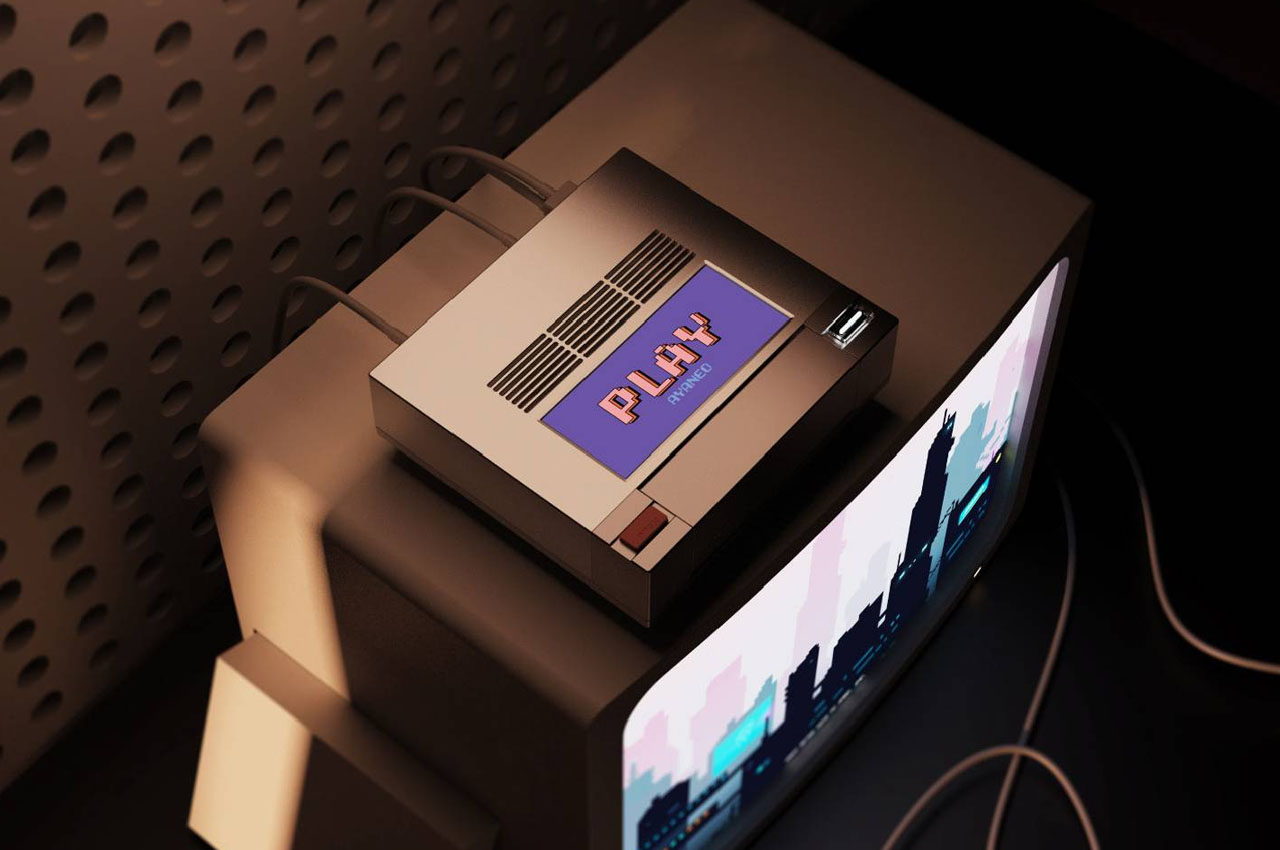
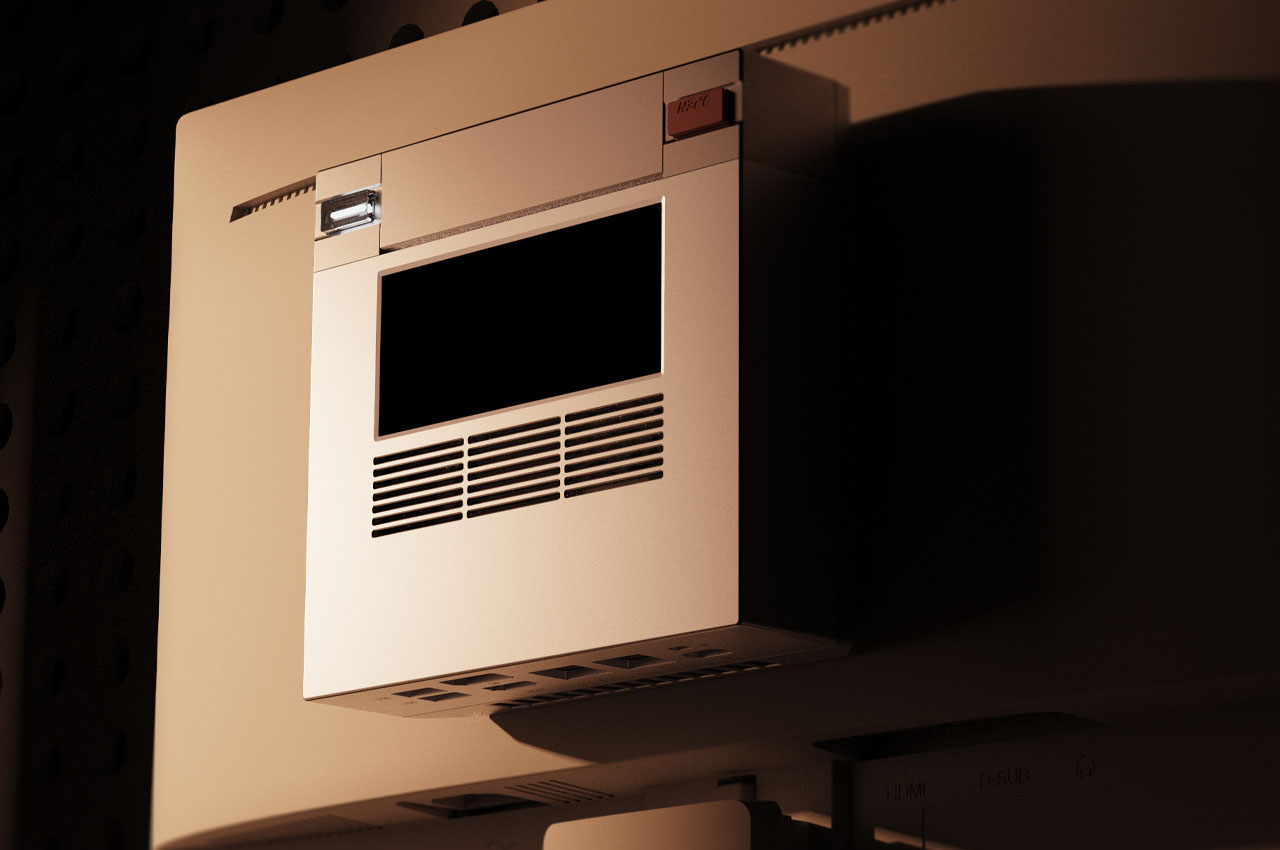


The post AYANEO’s Mini Gaming Console borrows NES persona to satisfy Retro-geeks first appeared on Yanko Design.
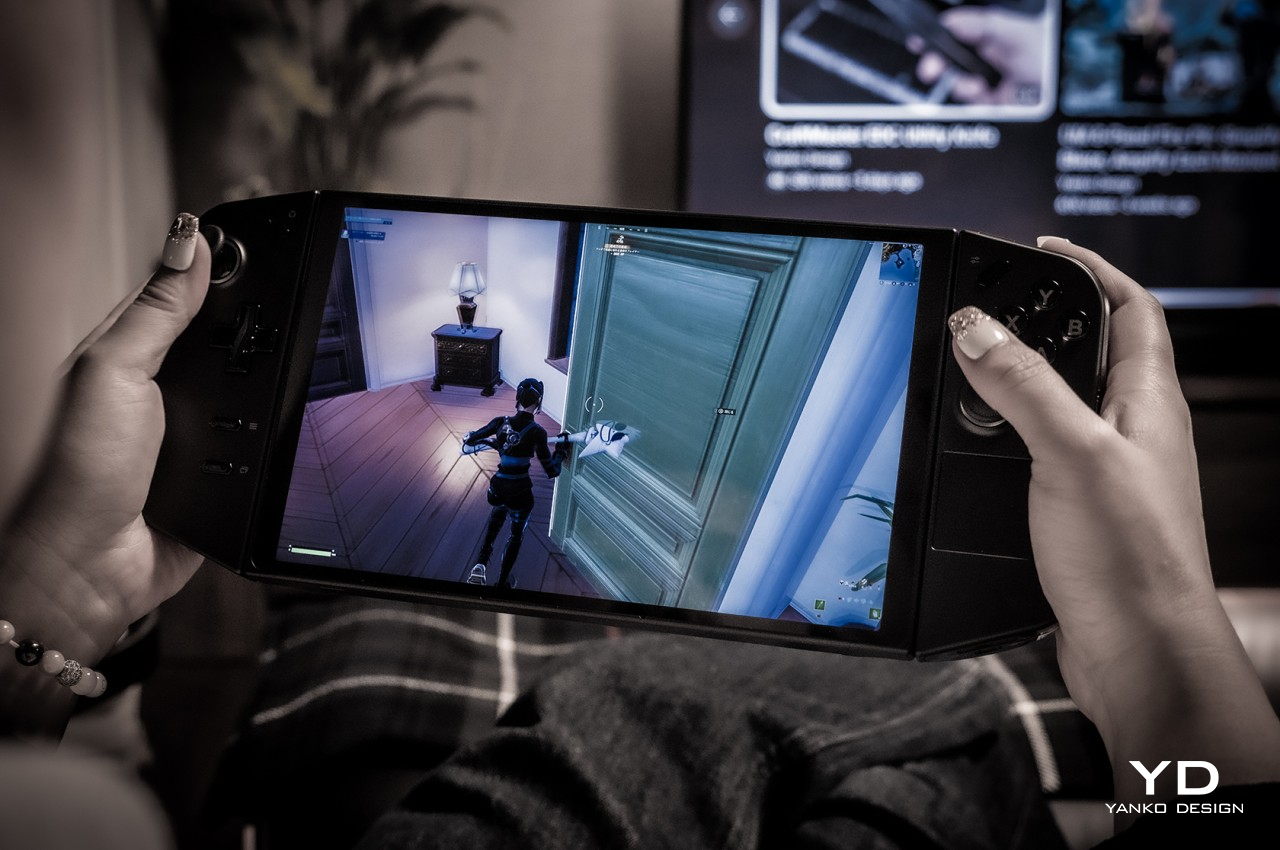
If you’ve been keeping tabs on the tech industry in the past year or so, you’re bound to come across a new and probably alien breed of computers making rounds over the Internet. Whether or not you’re a gamer, it’s almost impossible not to at least see a glimpse of the likes of the hulking Steam Deck or the shapeshifting Lenovo Legion GO. These portable computers that are larger than smartphones but significantly smaller than laptops are popping up in places you least expect, and sometimes in designs you never imagined. They might sound like a passing fad, especially given how few there are from the major PC manufacturers, but these handheld gaming PCs actually play a crucial role in promoting a healthy and exciting future for an ailing PC market.
Designer: Lenovo
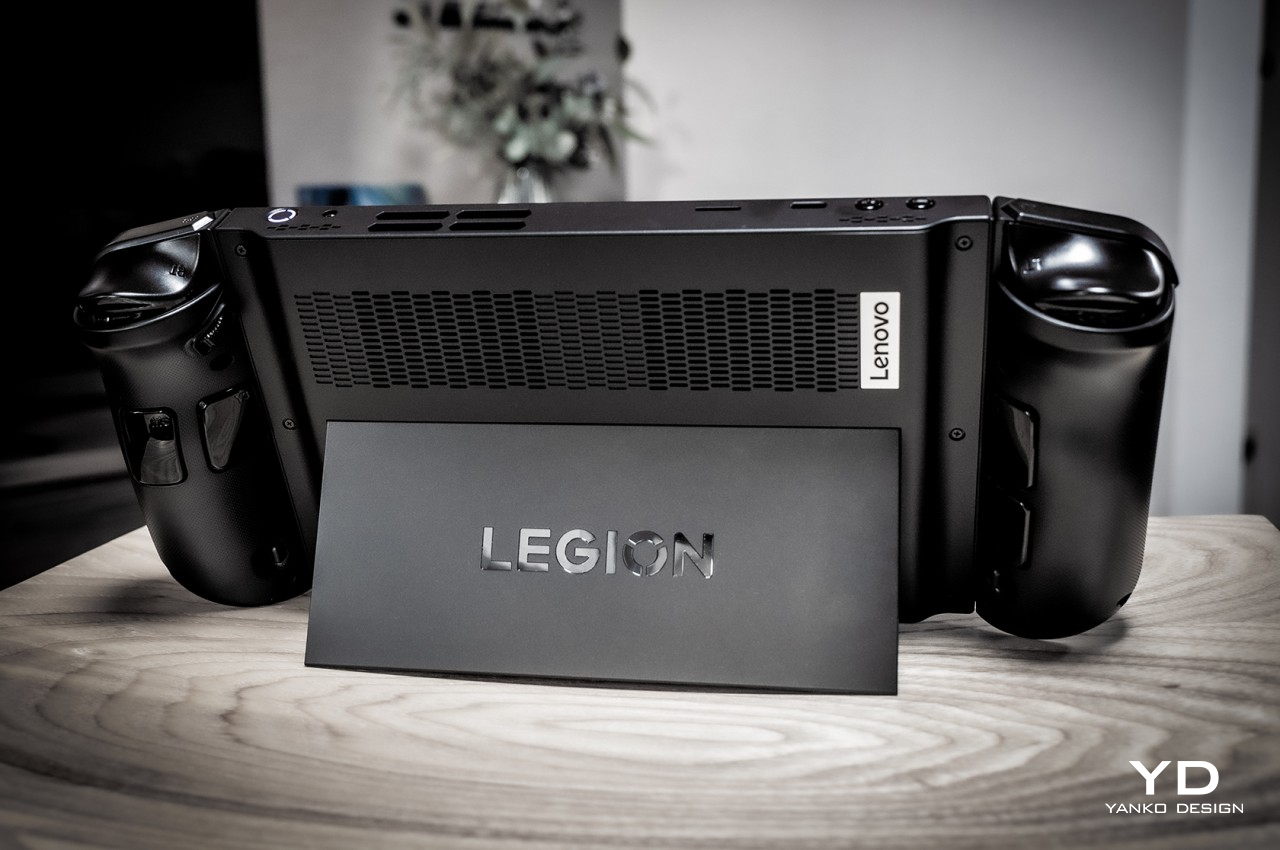
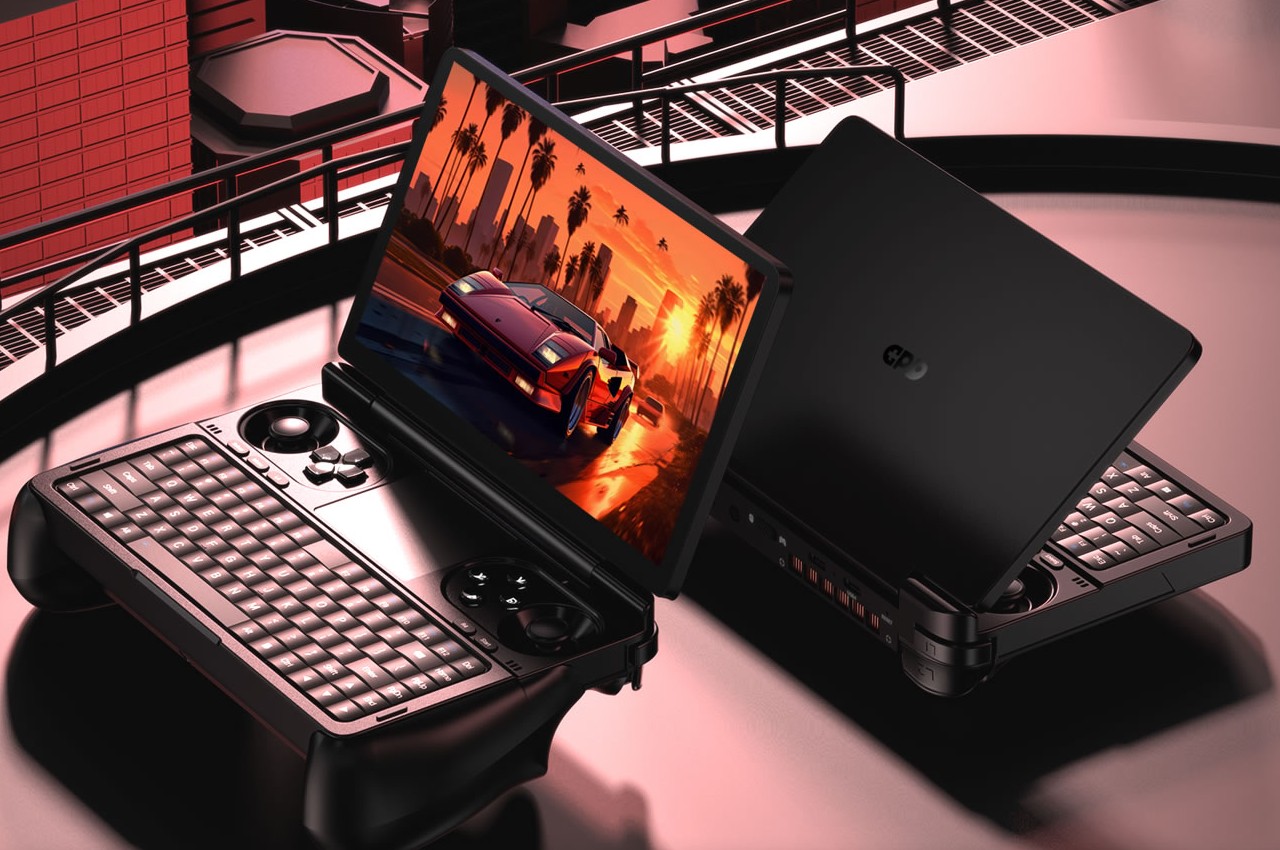
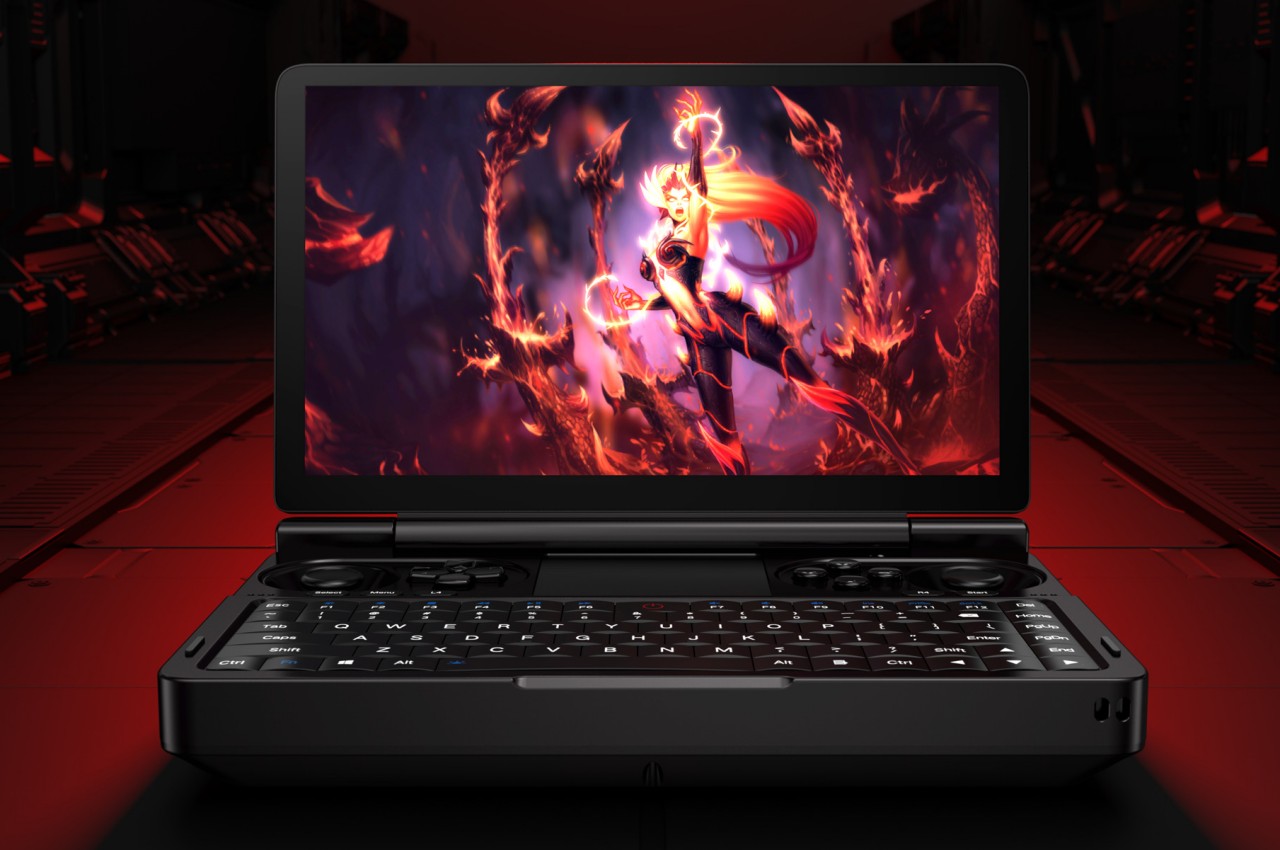
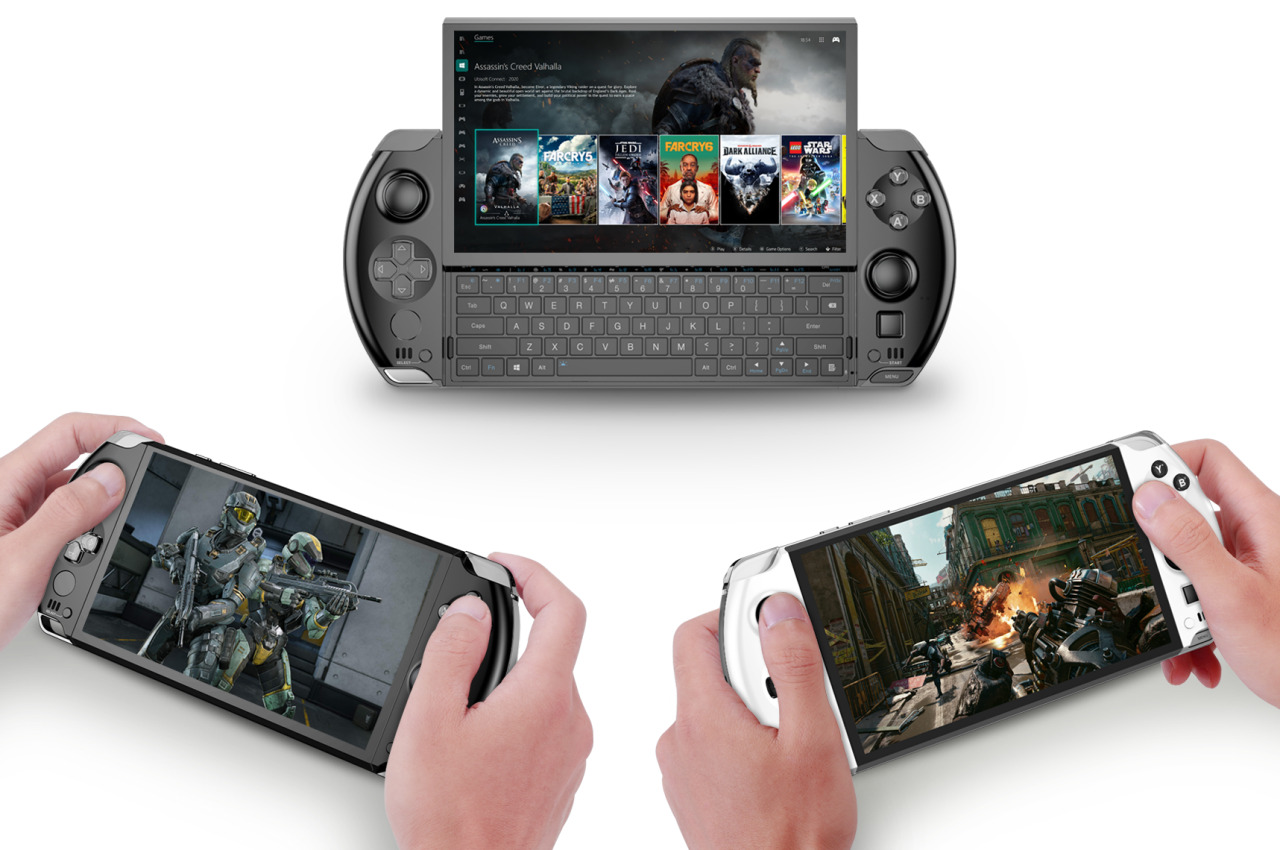
Designer: GPD
It might come as a surprise to some, but Valve’s Steam Deck is, technically speaking, not the first handheld gaming computer to launch in modern times. Even before Nintendo launched its monumental Switch console, a small manufacturer from China was already testing the waters of this very niche market. Game Pocket Devices or GPD started out with Android gaming handhelds but it took a big gamble with its first Windows product, the GPD WIN, in 2015. The clamshell design and mediocre specs of the literally pocketable computer made it feel more like a toy than an actual gaming device, but it laid the groundwork for that brand’s future foray into this nascent space.
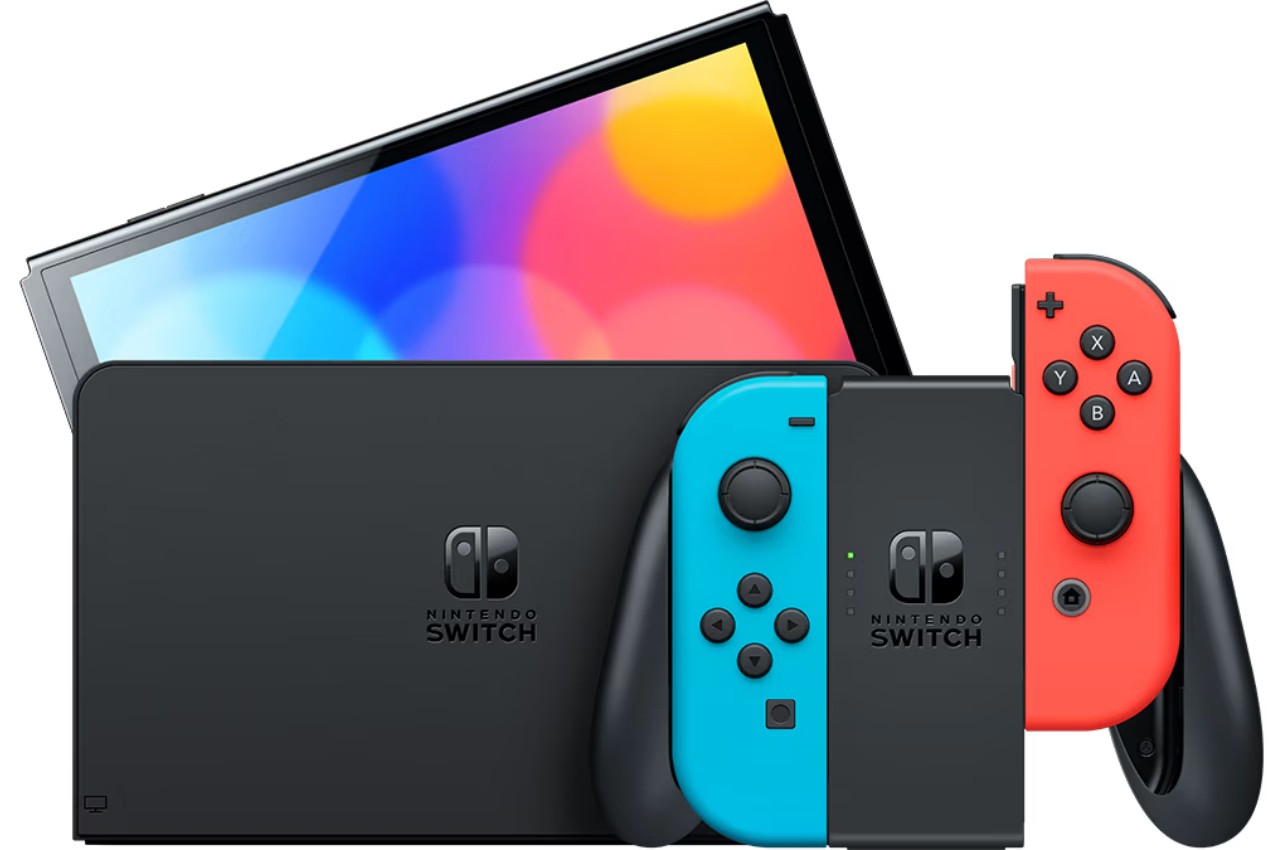
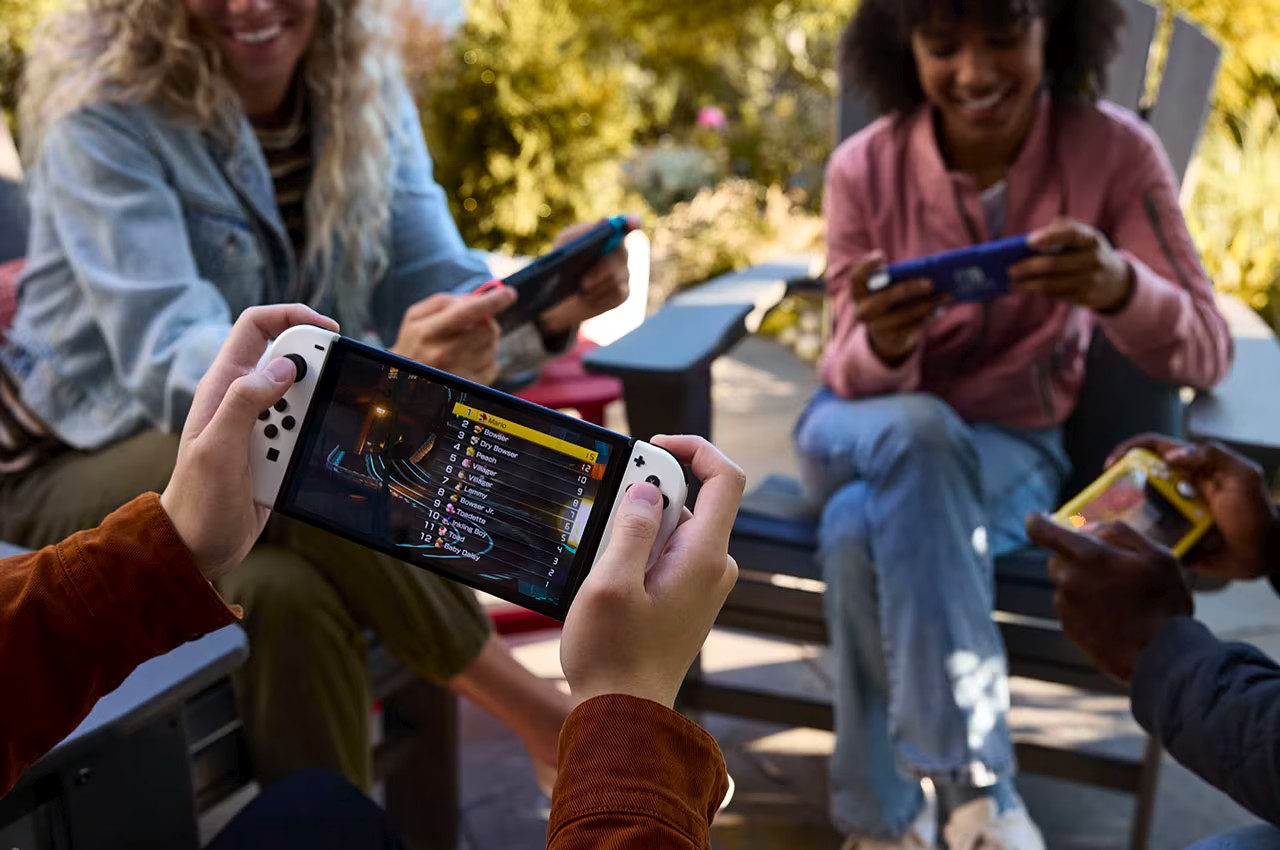
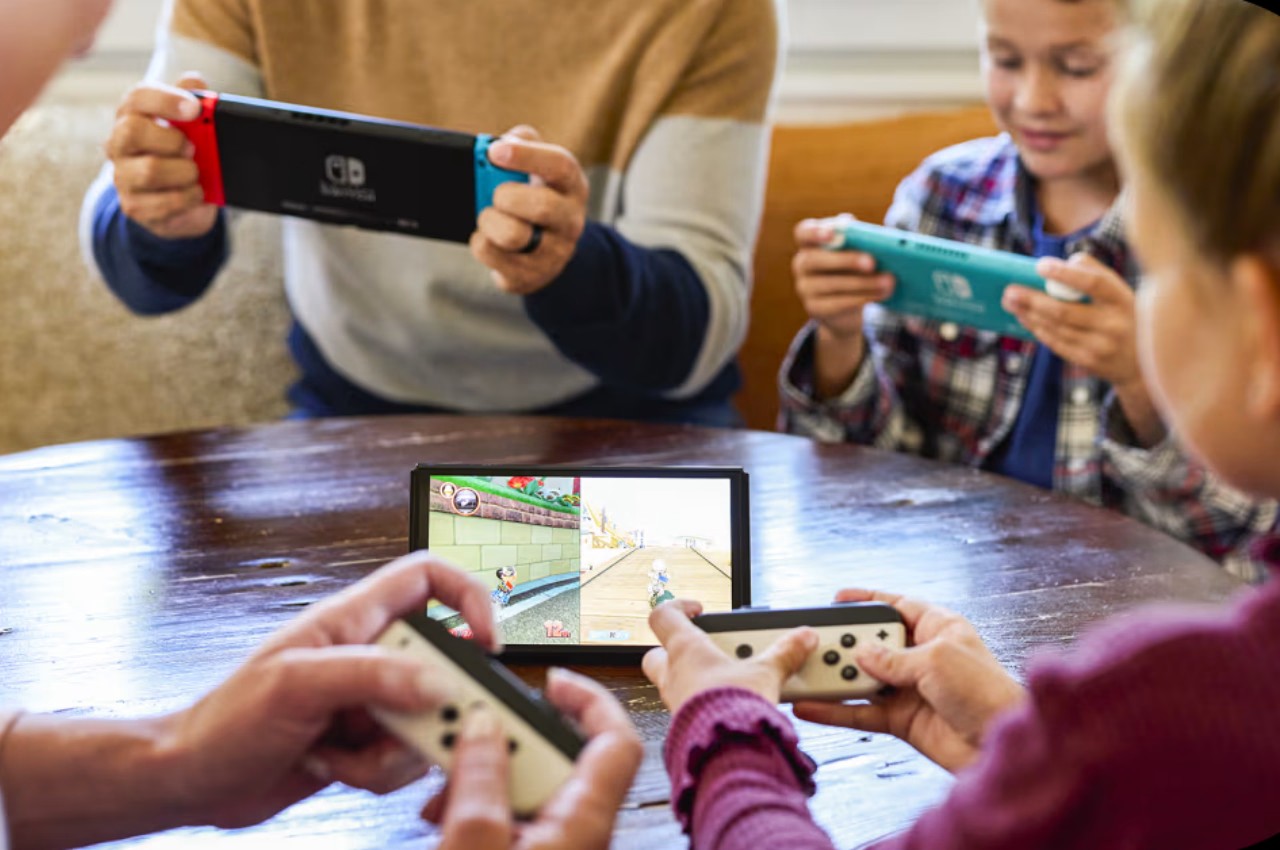
Designer: Nintendo
And then the Nintendo Switch was born, rekindling the dreams of many gamers to be able to play anywhere they want and, more importantly, in any mode they desire. Unlike the Nintendo DS or the PlayStation Vita, the Switch supported multiple ways of playing thanks to its detachable Joy-Cons and docked mode, virtually combining handheld and home consoles in a single device. That said, the appeal only worked if you had Nintendo-exclusive titles you actually wanted to play, and so the desire to bring that same design and experience to other gaming platforms, particularly PCs, was born.
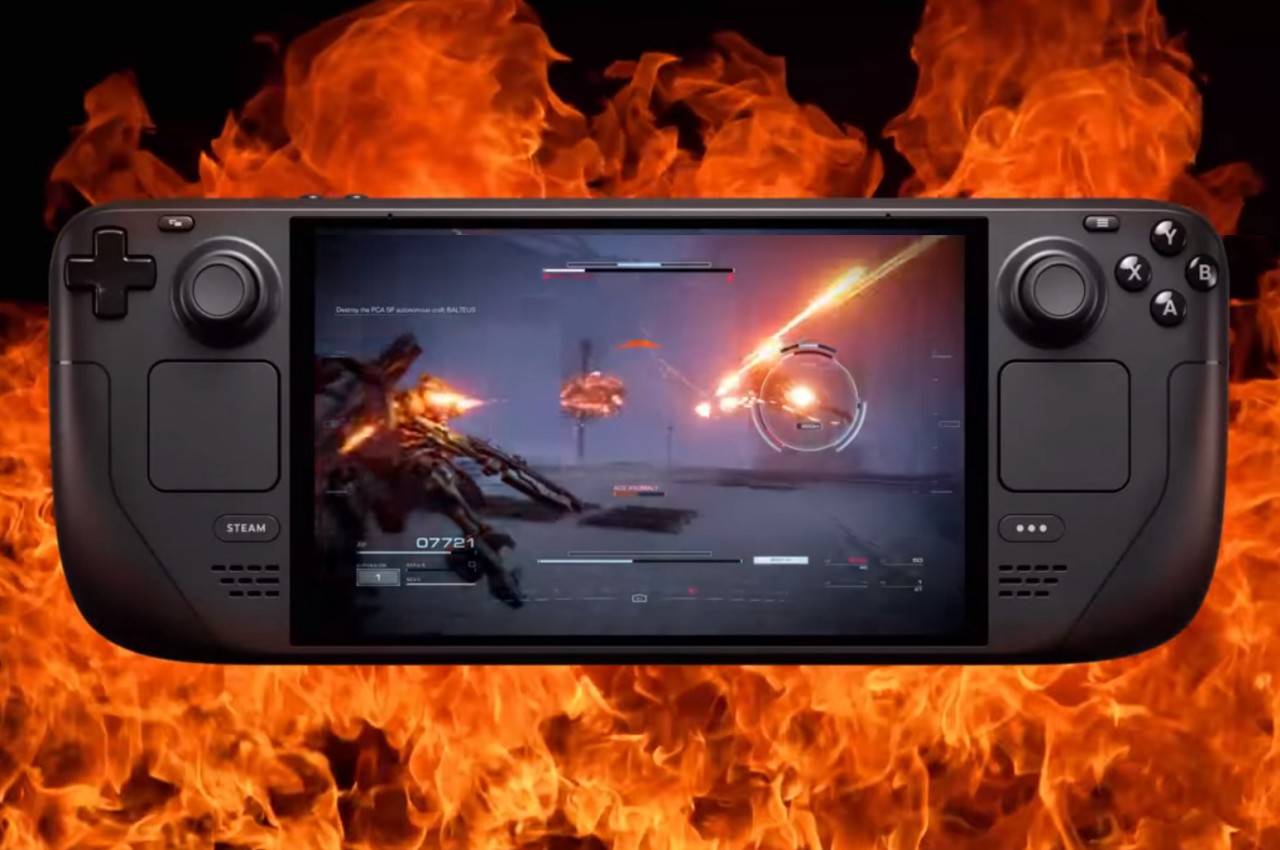
Designer: Valve
Although smaller manufacturers like GPD, AYANEO, and ONE Netbook, just to name a few, quickly jumped on the Nintendo Switch fever, it wouldn’t be until Valve joined the fray that people would start to take the idea of a handheld gaming PC more seriously. For gamers, especially PC gamers, the promise of being able to sit down (or stay standing up) anywhere and launch their favorite title was almost too good to be true. Truth be told, the Steam Deck’s success and popularity was almost like a miracle. The hardware was almost too mediocre, the design was large and chunky, and the Linux-based Steam OS was unfamiliar to the majority of Windows PC gamers. And yet two years later, the Steam Deck is still a household name that has many fans clamoring for a 2nd-gen upgrade.
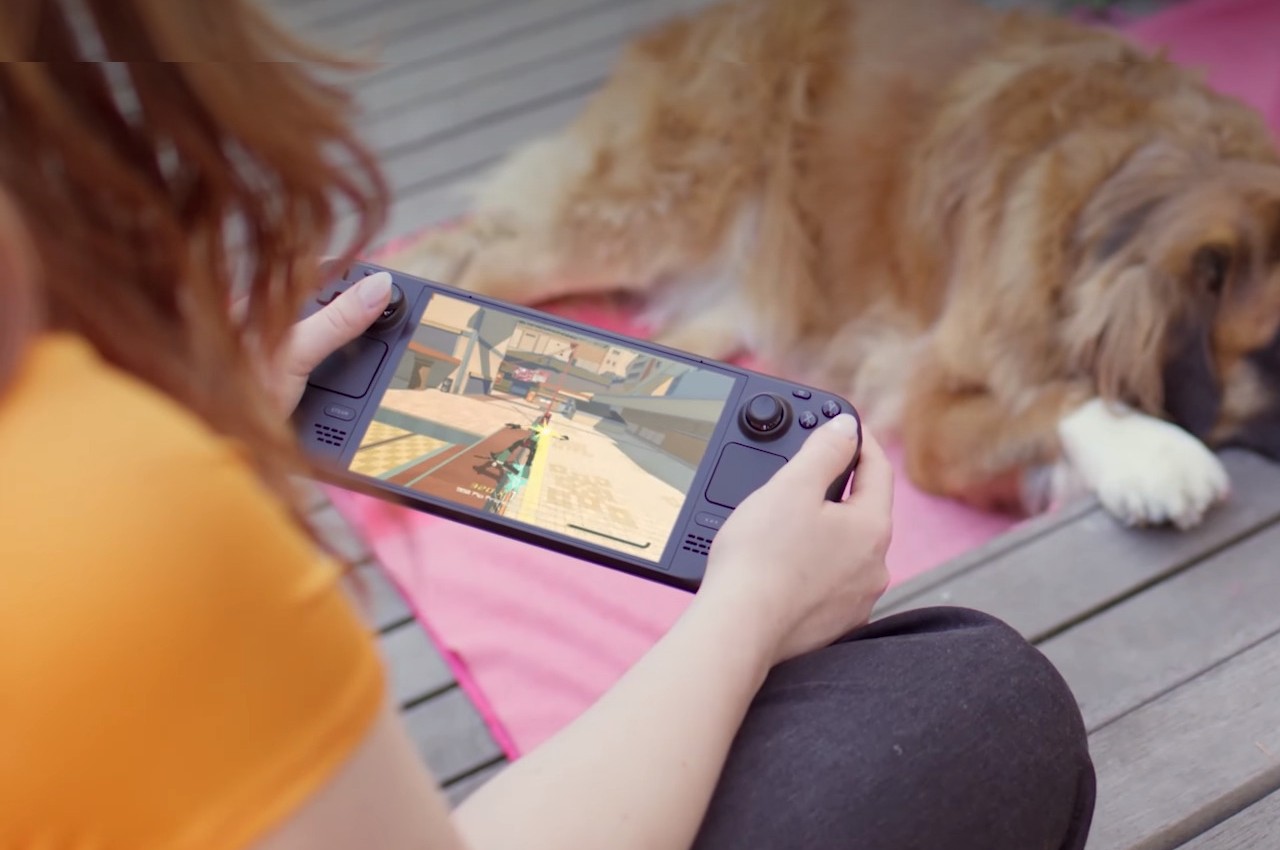
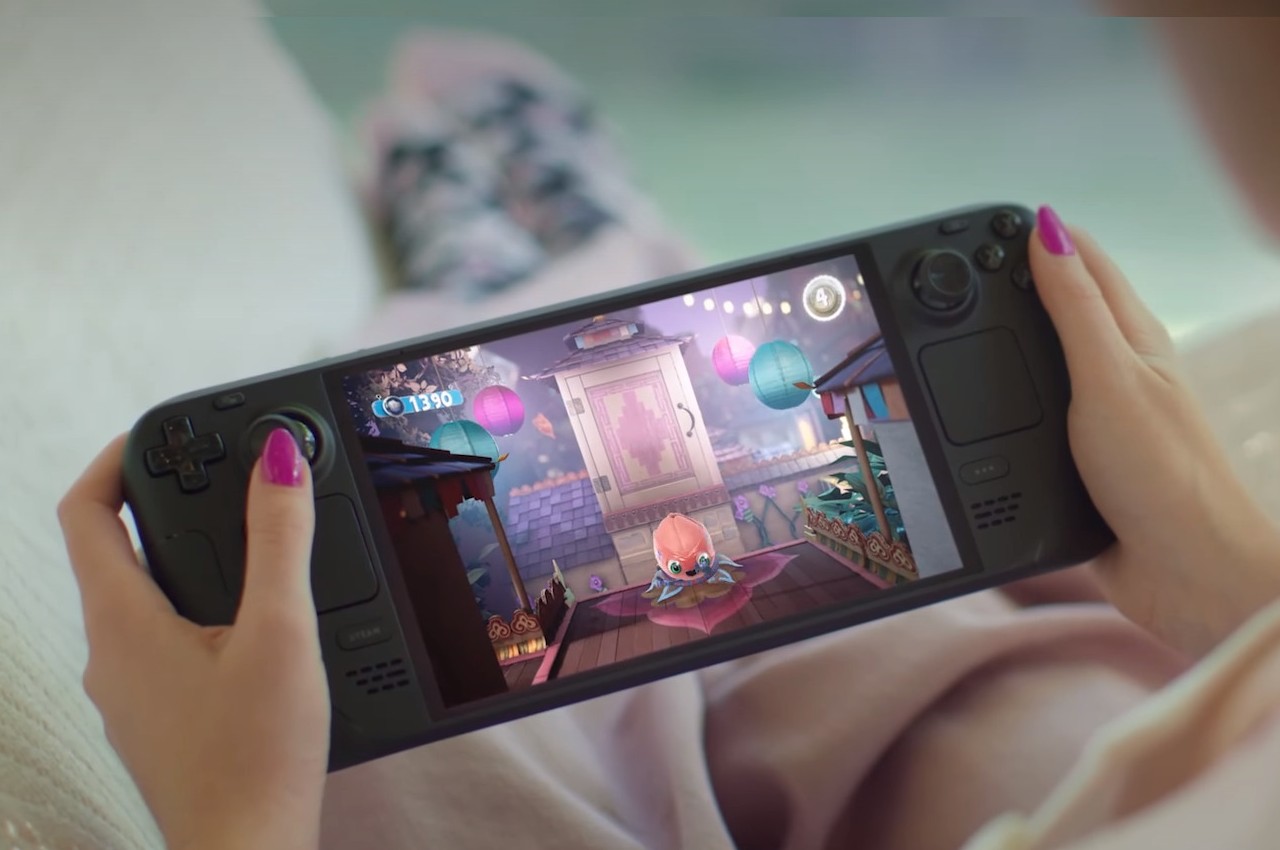
Now we have a handful of handheld gaming PCs from different brands and different designs, with more coming in the months ahead. Their compact forms and relatively lightweight designs definitely endear them to gamers, but these users aren’t the only ones who benefit from this budding device category. In fact, the entire PC industry could stand to benefit from this wave, presuming other key players join the game long enough to make it matter.
The most immediate impact that these handheld computers had on the rest of the PC industry was an increased focus on mobile processors, that is, the processors used for laptops. Of course, gaming laptops have existed for years now, but these portable yet bulky computers have always had the advantage of better and equally large cooling systems. Gaming handhelds, however, don’t have that luxury, so both silicon manufacturers and hardware designers have had to come up with ways to optimize performance while keeping thermals low. And what’s good for handhelds is naturally good for laptops that need to be slim and petite. The result: extra thin gaming laptops that almost don’t look like they’re gaming laptops.
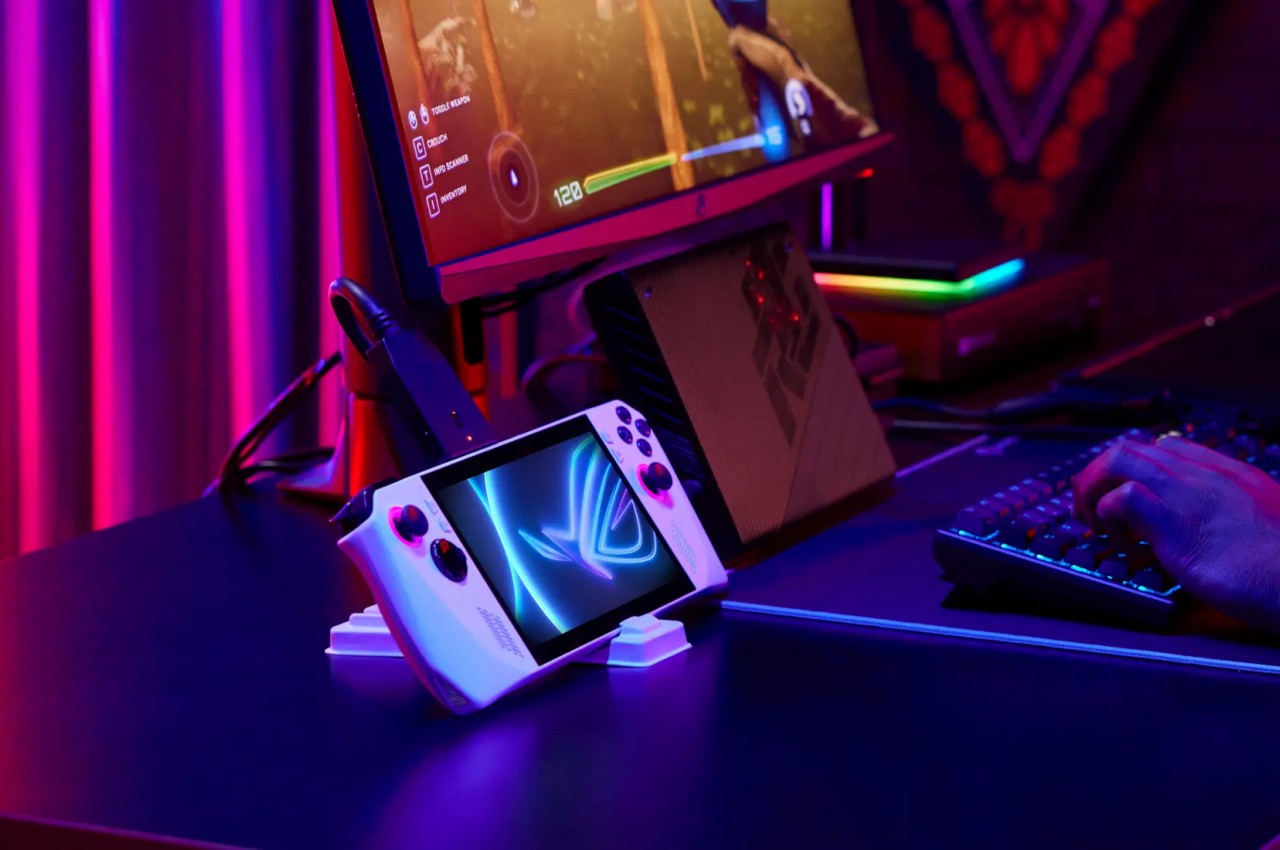
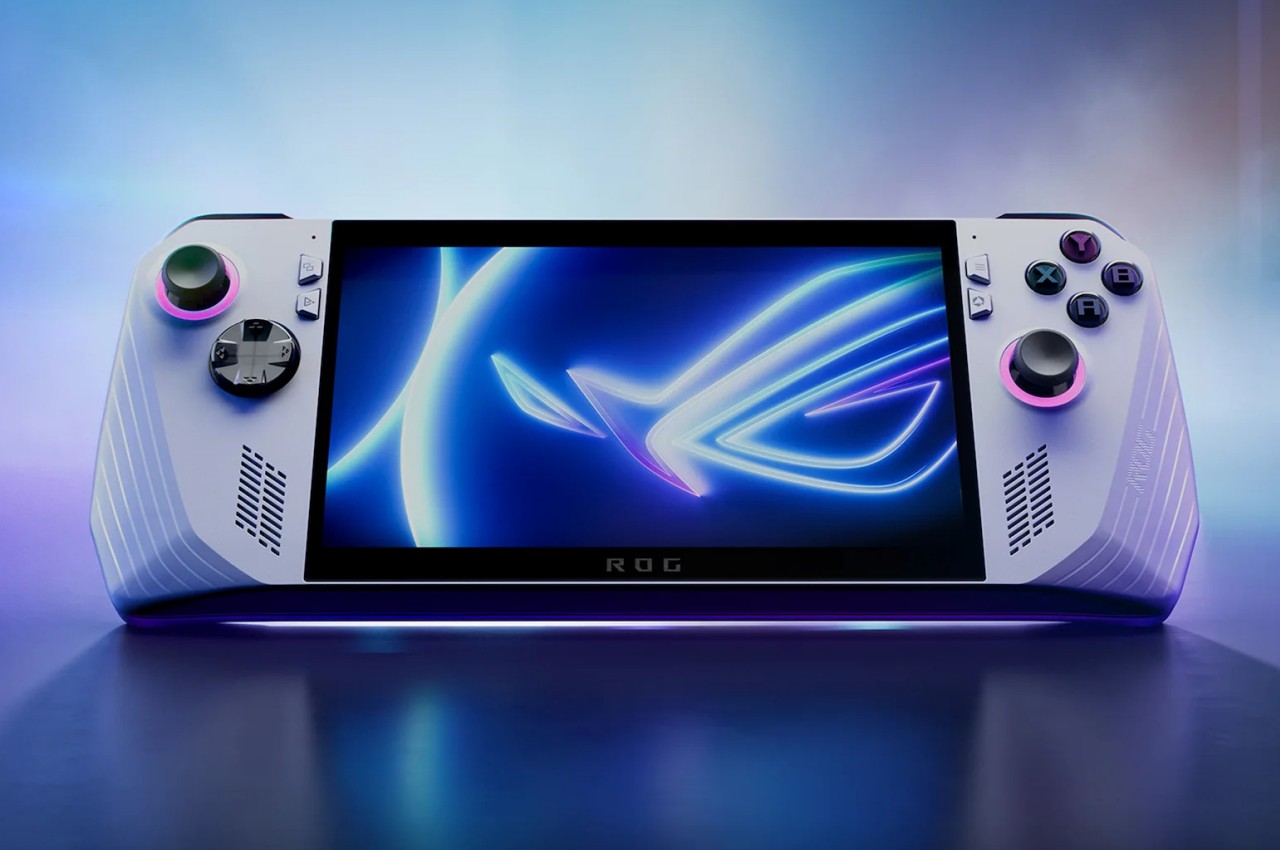

Designer: ASUS
A bit indirectly, it is also pushing competitors to further outdo each other. The Steam Deck uses a custom AMD processor which placed the chipmaker on the map, making it the preferred brand for all these gaming handhelds. It is only with the announcement of the MSI Claw A1M that Intel’s name even popped up, daring to enter a field where it has generally lagged behind without the help of graphics chips from AMD or NVIDIA. Early reviews don’t seem to favor Intel’s first attempt, but the pressure will help rouse the giant to pick up the slack and push its Arc graphics to the limits.
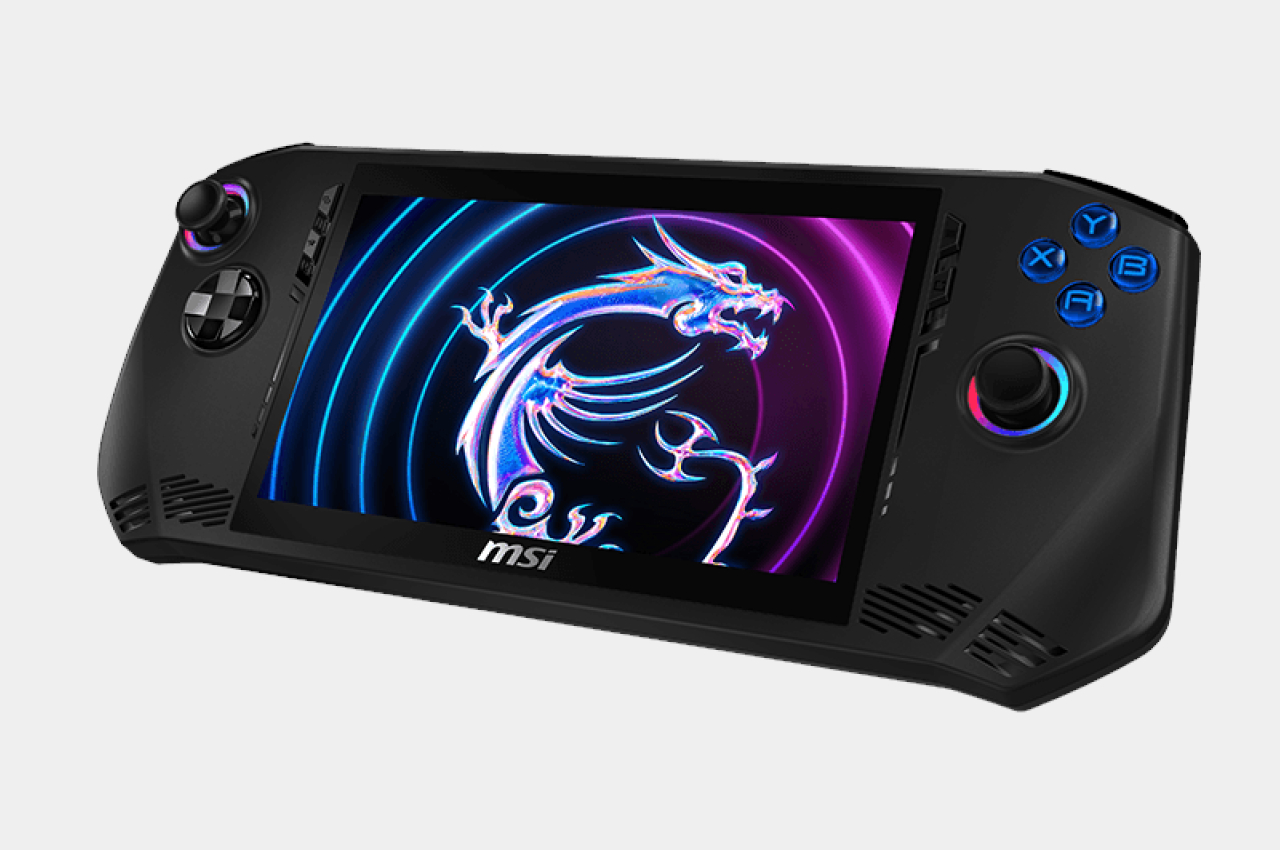
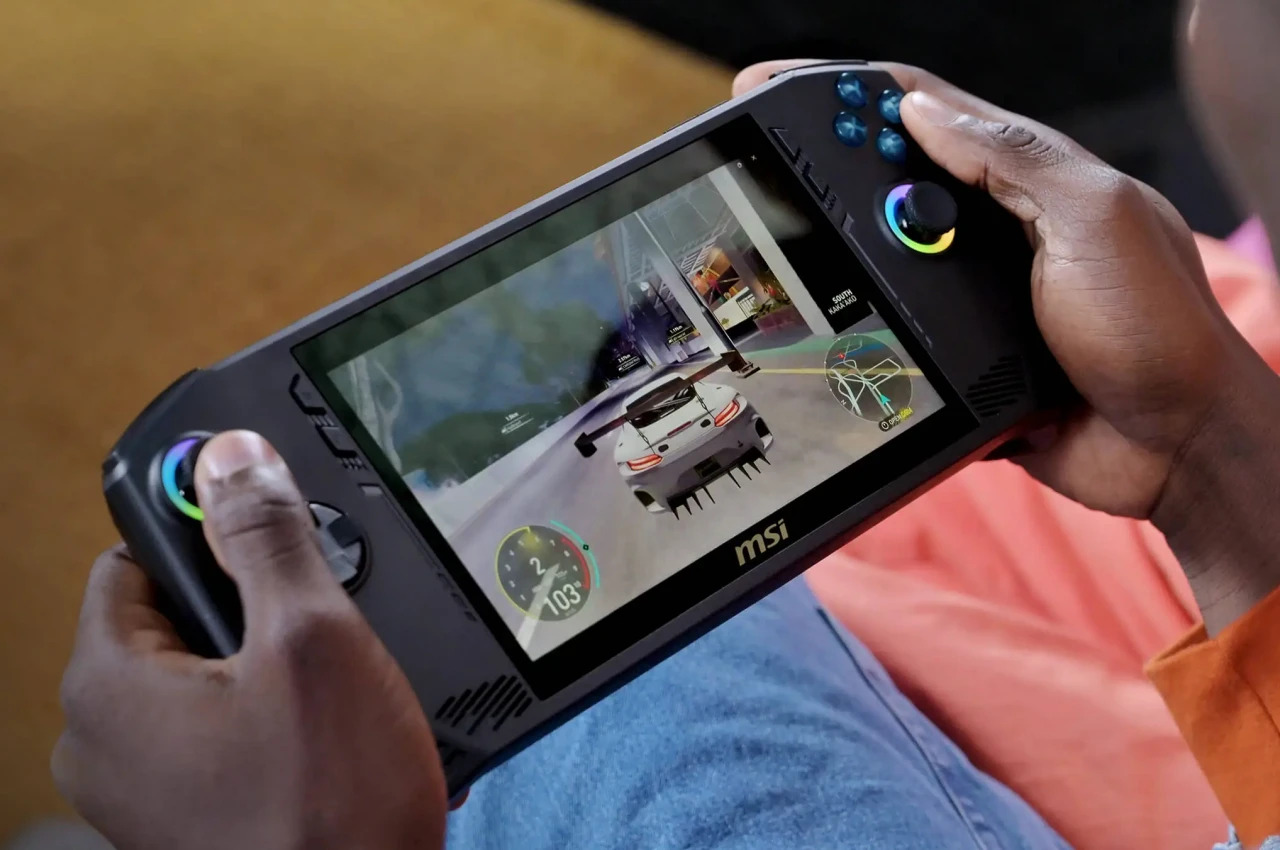
Designer: MSI
Whatever the brand or even the hardware, handheld gaming PCs are really challenging the status quo when it comes to balancing performance, power consumption, and heat generation. The compact form factor imposes many limitations while also focusing on the essentials. Any innovation born from this space will also help drive the development of larger computers like laptops and tablets, paving the way for slim, light, and efficient computers in the future.
Handheld PCs also redefine the image of what a computer looks like. Most people can only imagine desktop towers, laptops, or even tablets, taking for granted that the term “computer” actually refers to a very wide range of devices and designs. In this particular case, it is introducing the idea of a computer that you can hold in your hand and use even without sitting down, pretty much like the pocketable computers we call “smartphones.”
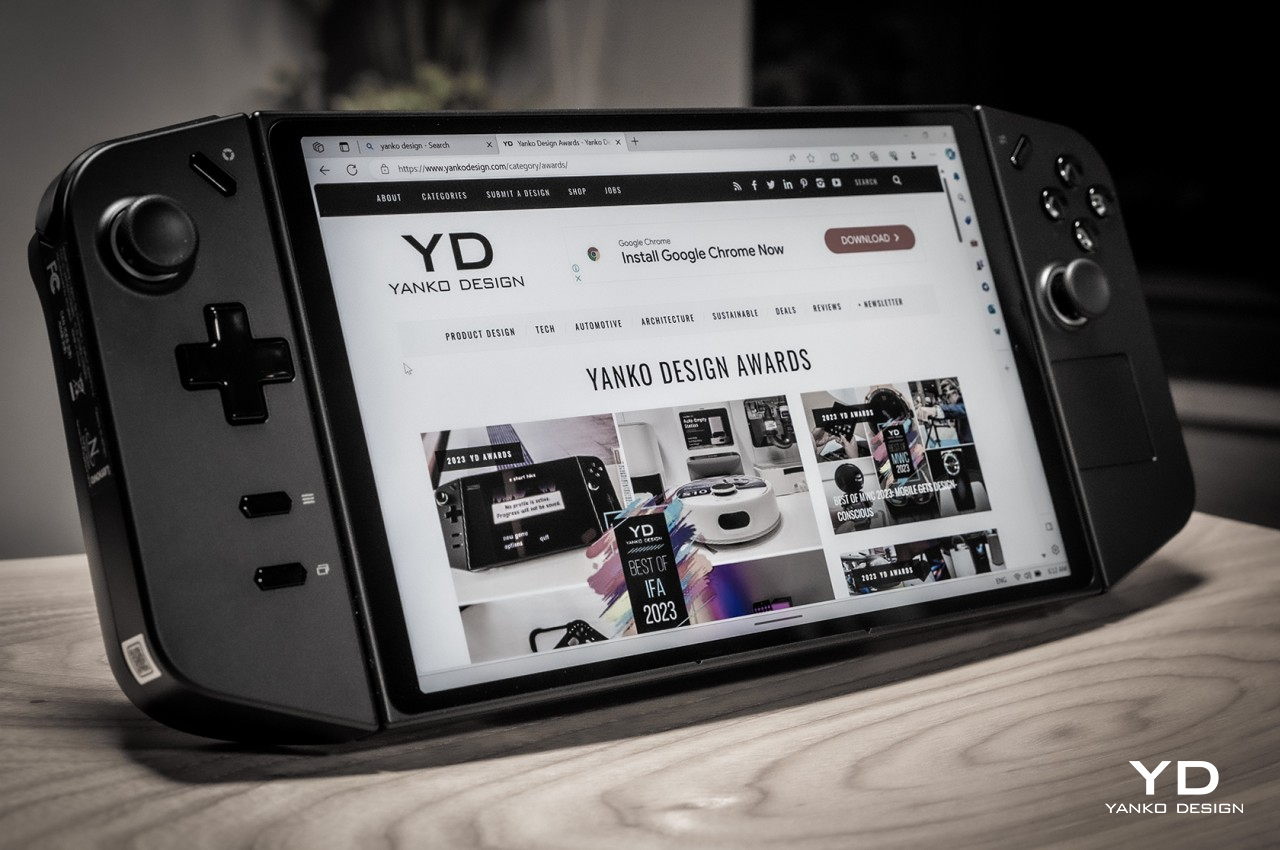
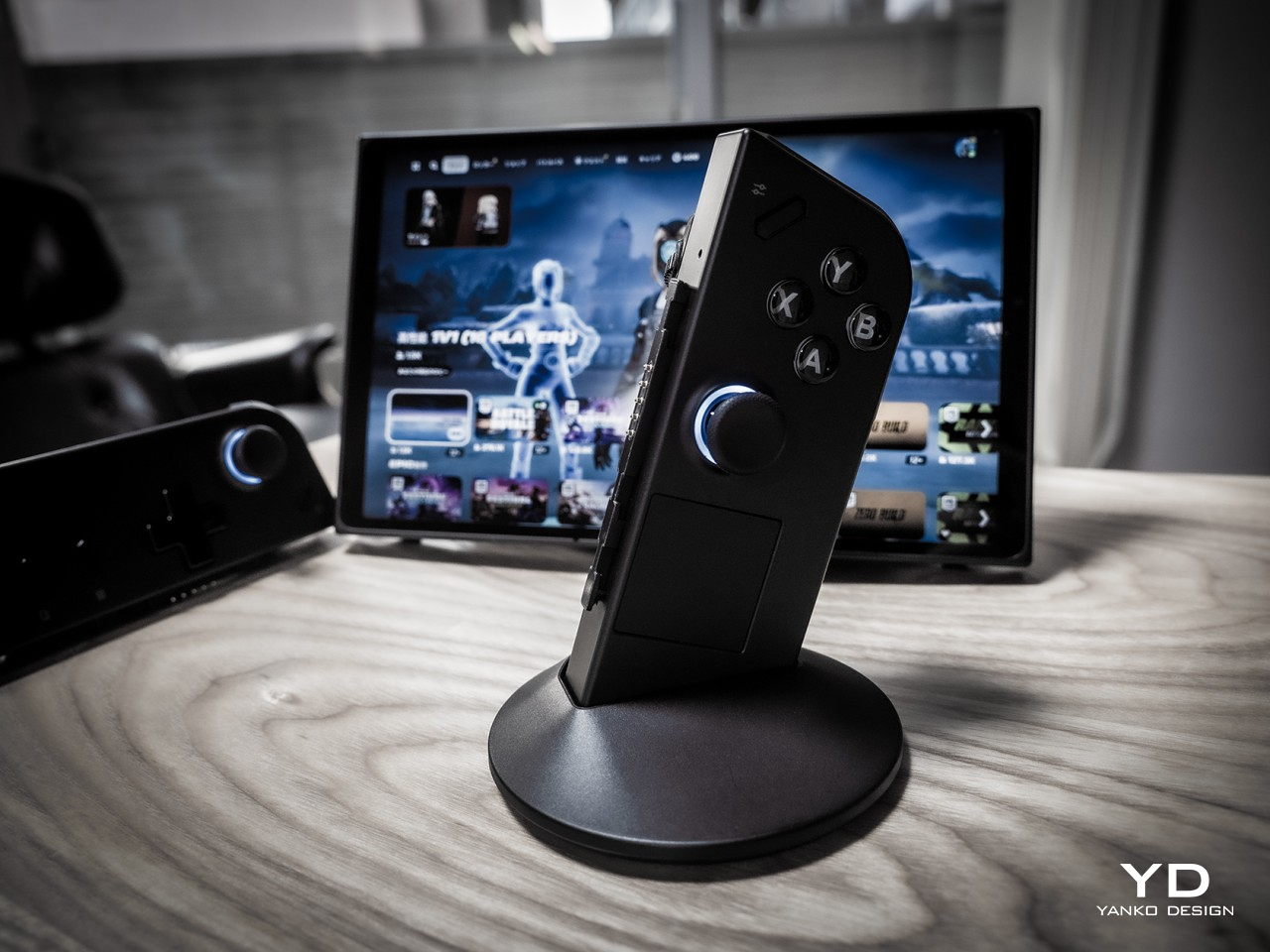
Designer: Lenovo
But even within the handheld gaming PC market, we’re also seeing a variety of designs being explored as companies try to search for the perfect answer if one does exist. The design sported by the Steam Deck and ASUS ROG Ally is, of course, the most known, but the Switch-inspired Lenovo Legion GO and OneXPlayer X1 are also pushing the envelope of that form factor. And then there’s AYANEO’s numerous designs that are seemingly throwing everything at the wall to see which one sticks. It’s definitely an exciting time for designers to envision different ways to deliver a compact and portable computer, and hopefully, that train won’t be stopping anytime soon.
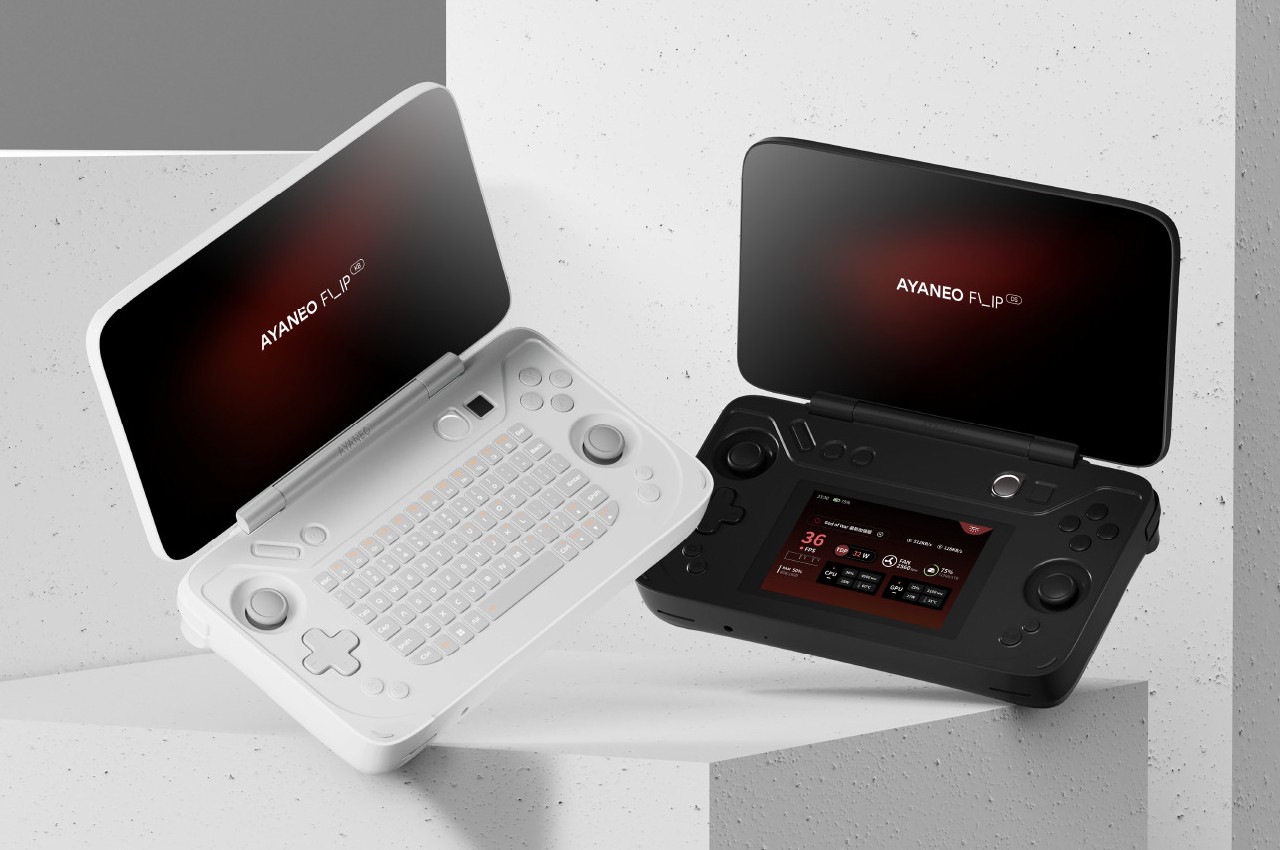
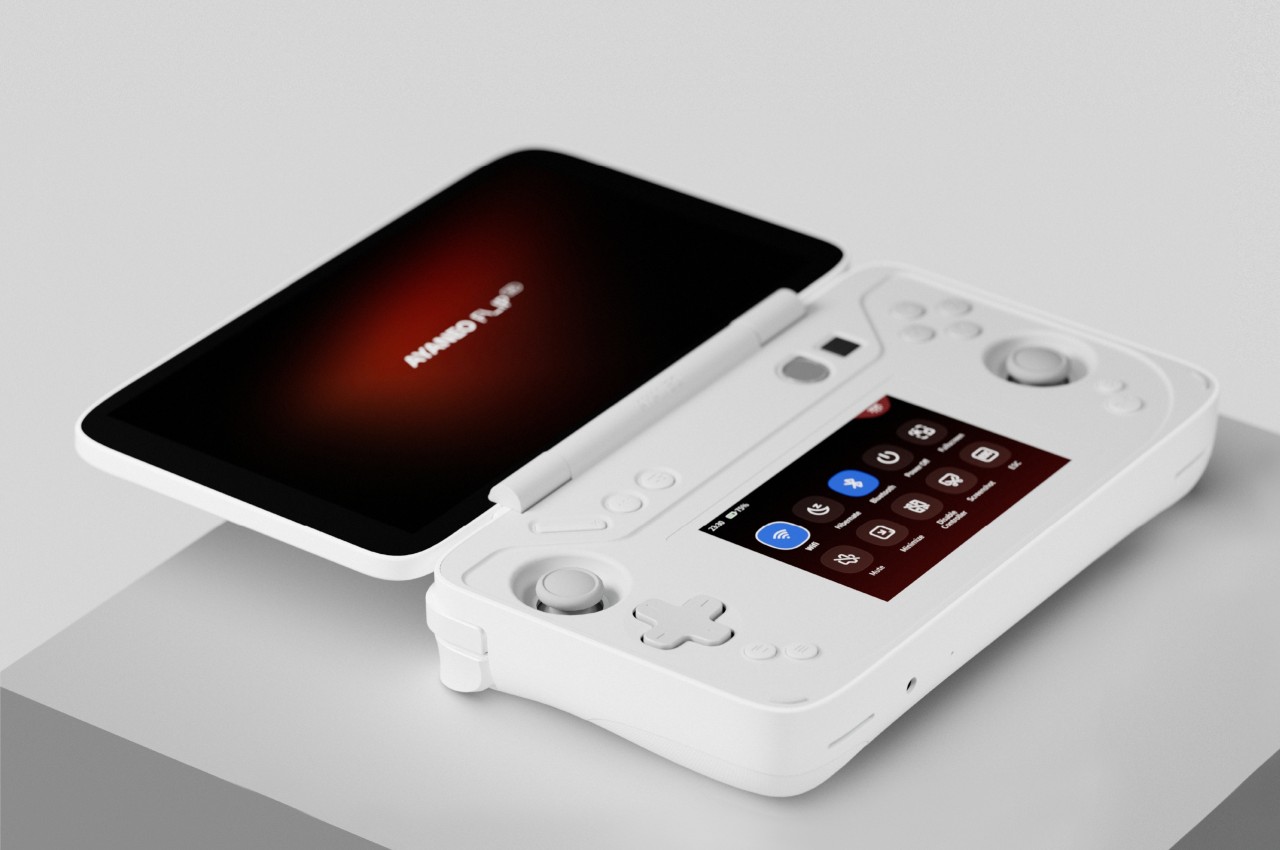
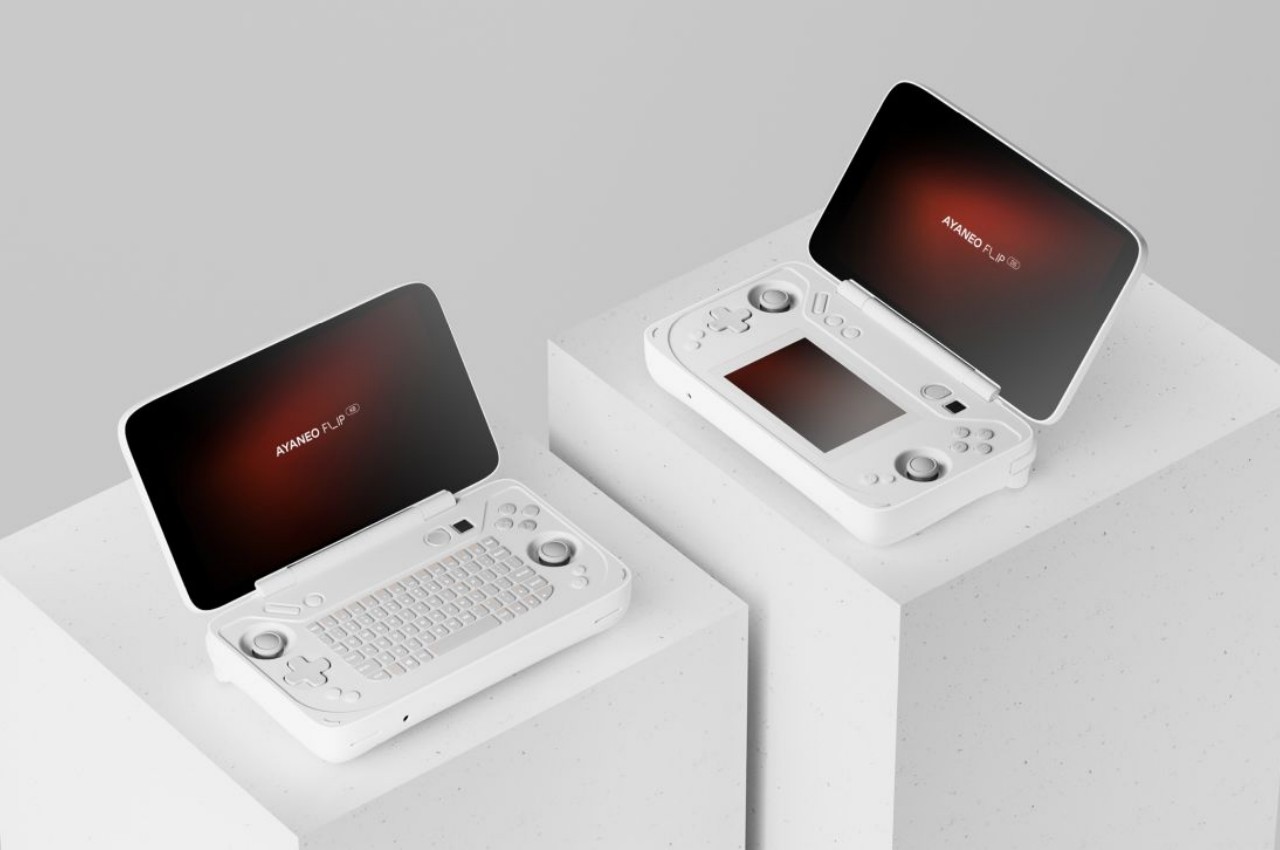
Designer: AYANEO
Of course, handheld gaming PCs are being made with gamers in mind, but they aren’t the only ones that can benefit from this form factor, at least not in the long run. Just like with gaming laptops, they have enough power to support almost any other computing need, from office work to system administration to even content creation. There is even a subclass of these handheld computers that are specifically designed to quickly connect to servers and other computers via ports that may seem archaic by today’s consumer standards.
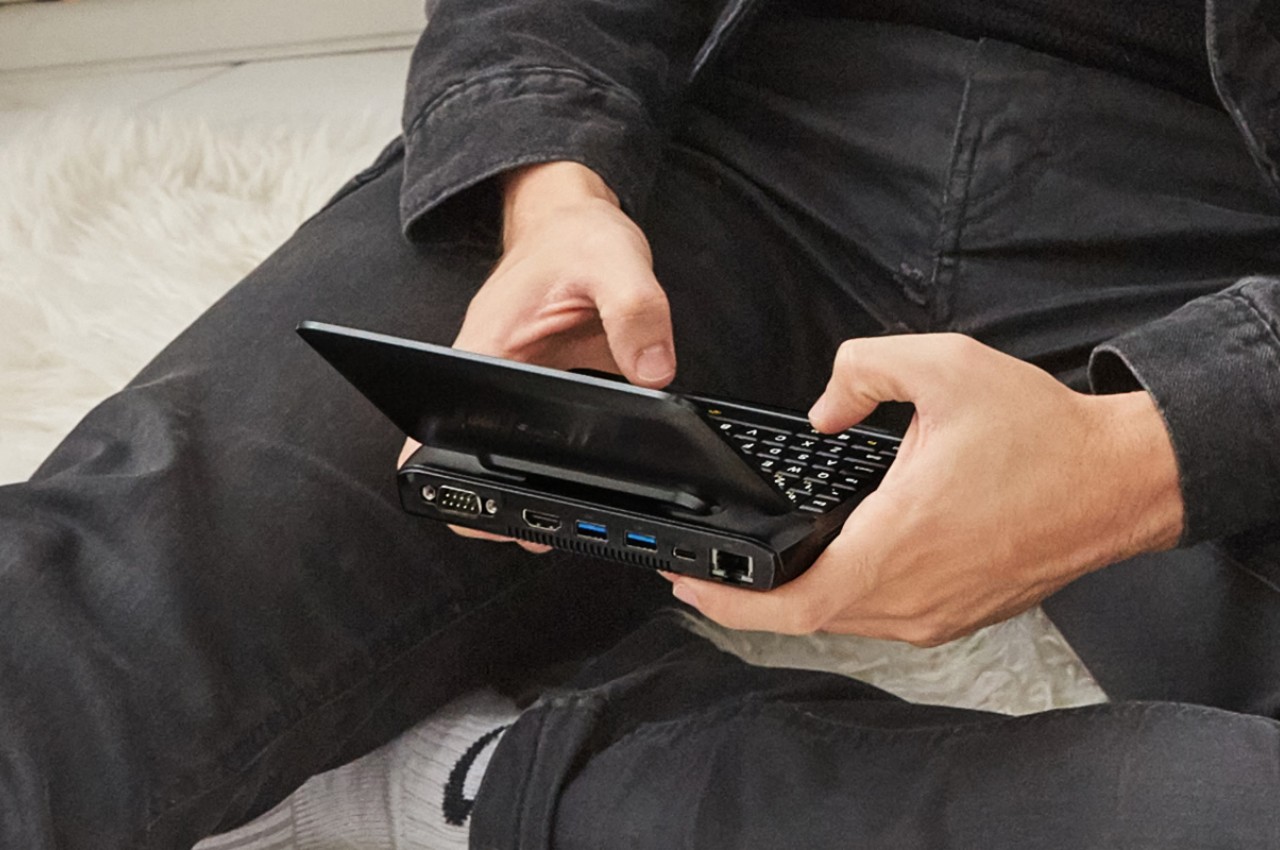
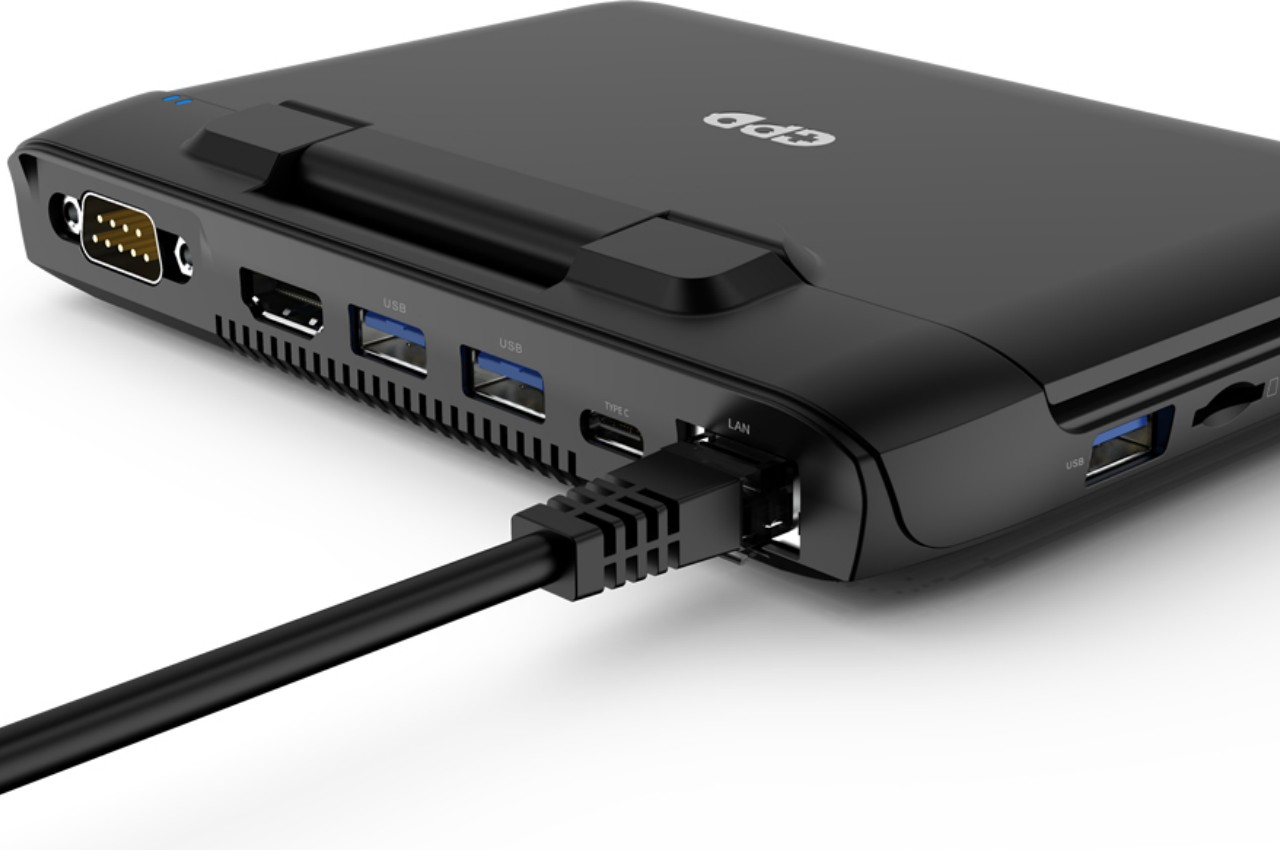
Designer: GPD
Designer: ONE Netbook
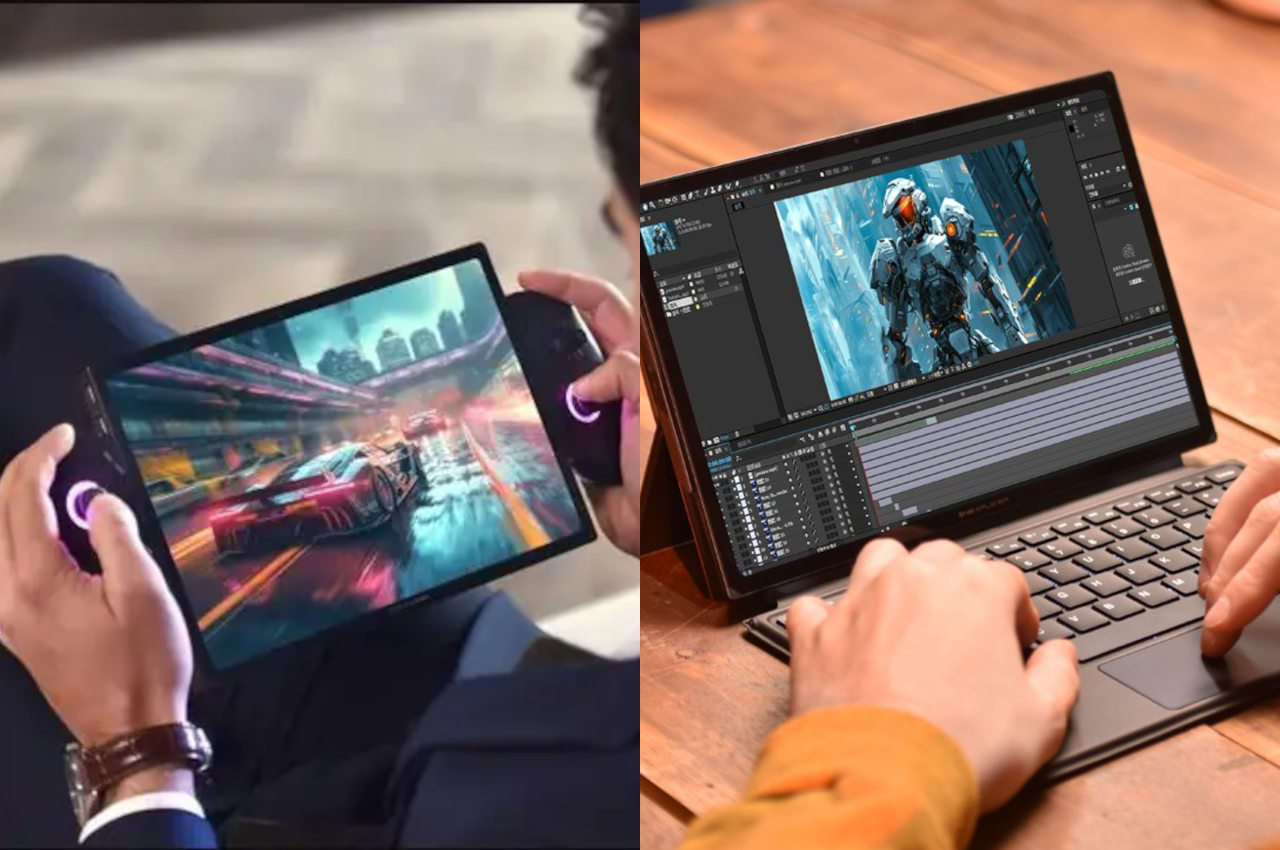
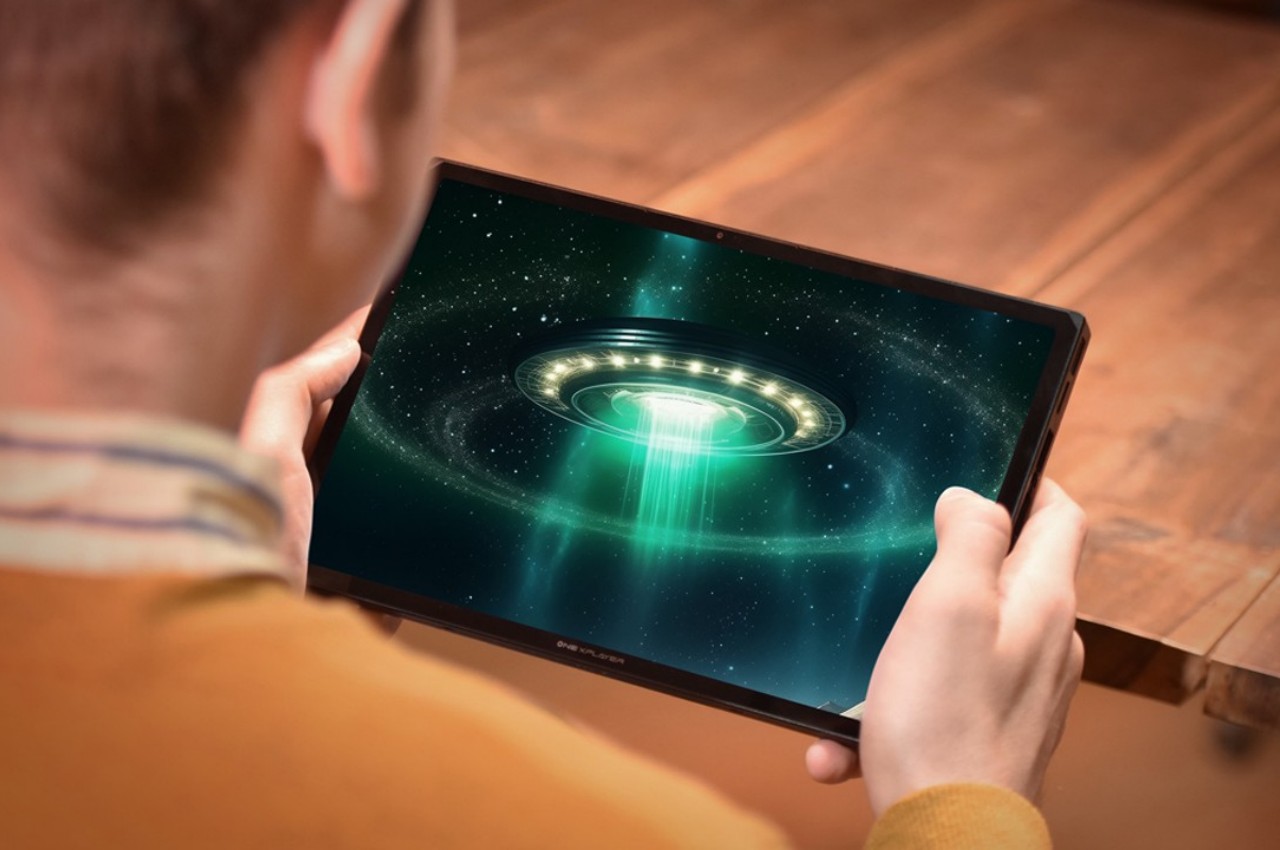
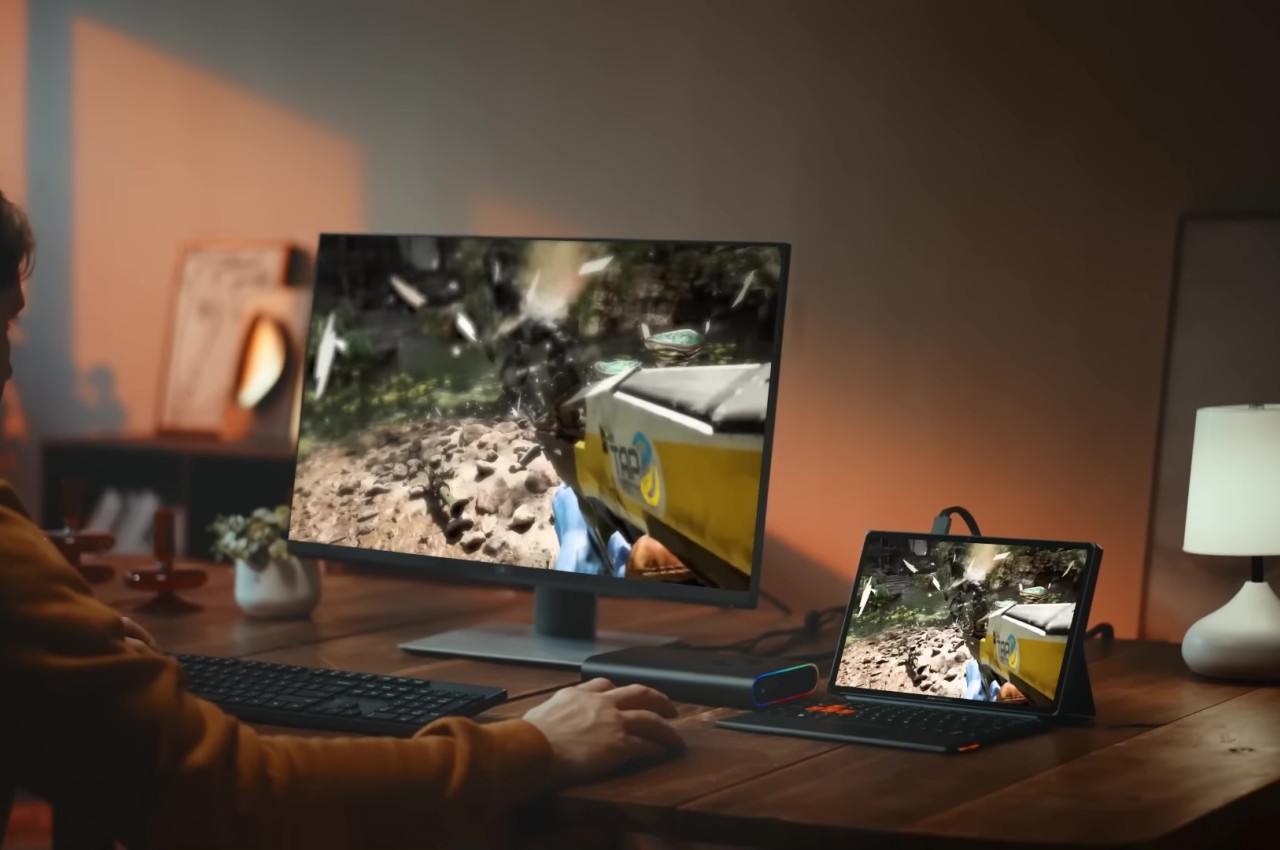
Yes, you will probably need to connect some peripherals if you need to get some serious work done, but there are already people doing that anyway with their tablets and even their phones. These handheld PCs offer almost the same flexibility as laptops but with the added advantage of being able to use them in cramped spaces, including while standing up (if the design includes a more or less convenient keyboard). There’s definitely a lot of room and opportunity for innovation in this space to address more use cases beyond gaming, and handheld gaming PCs could very well be the start of a new design revolution in the PC industry.
All that potential will be for naught if this handheld gaming PC trend fizzles out quickly. Although they’re still making a big splash, it’s not yet a stable market, much less a profitable one. PC manufacturers are also extremely cautious about jumping into the fray. It took two years after the Steam Deck before the first major PC brand jumped on board, and even then we’re still missing the likes of the Acer Predator, Dell Alienware, and Razer. Admittedly, it’s a risky business proposition and not as easy as, say, producing a smartphone, but without the presence of these big brands, the young market will die out sooner rather than later. That would definitely be a tragedy given how these handheld PCs have the potential to reinvigorate a PC market that has long been regarded to be dwindling, especially as desktops become almost as niche as these portable gaming computers.
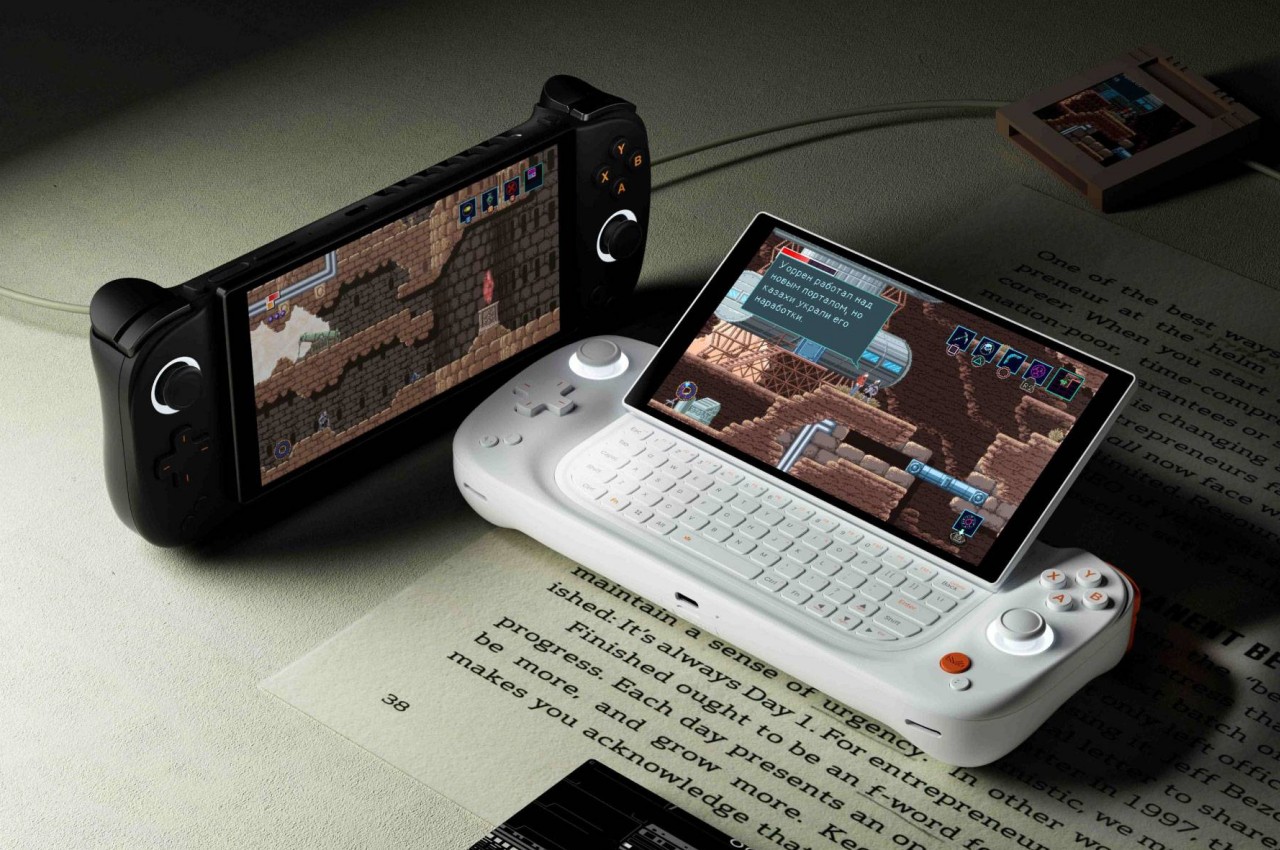
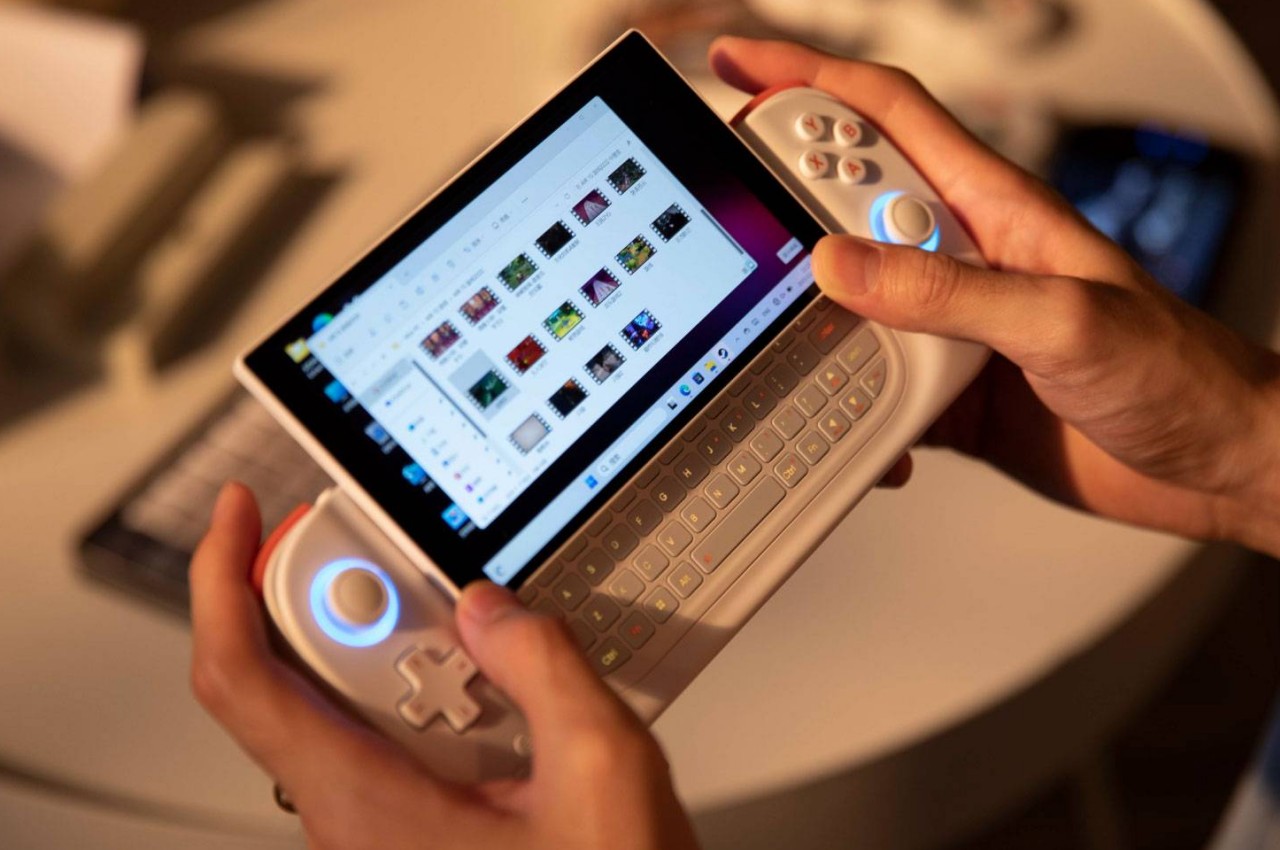
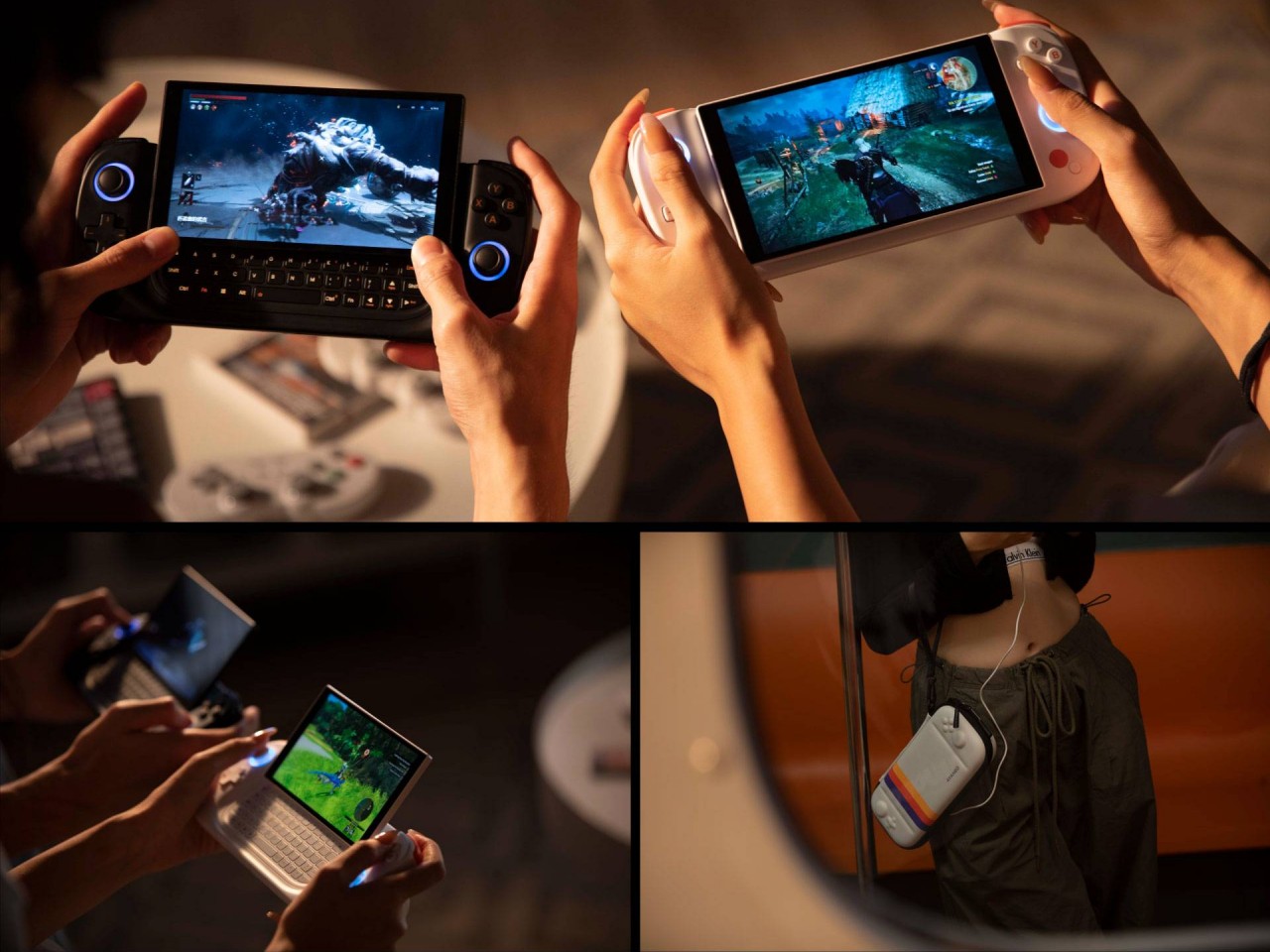
The post What is a Handheld Gaming PC? The Design and Importance of Ultra-Portable Computing first appeared on Yanko Design.
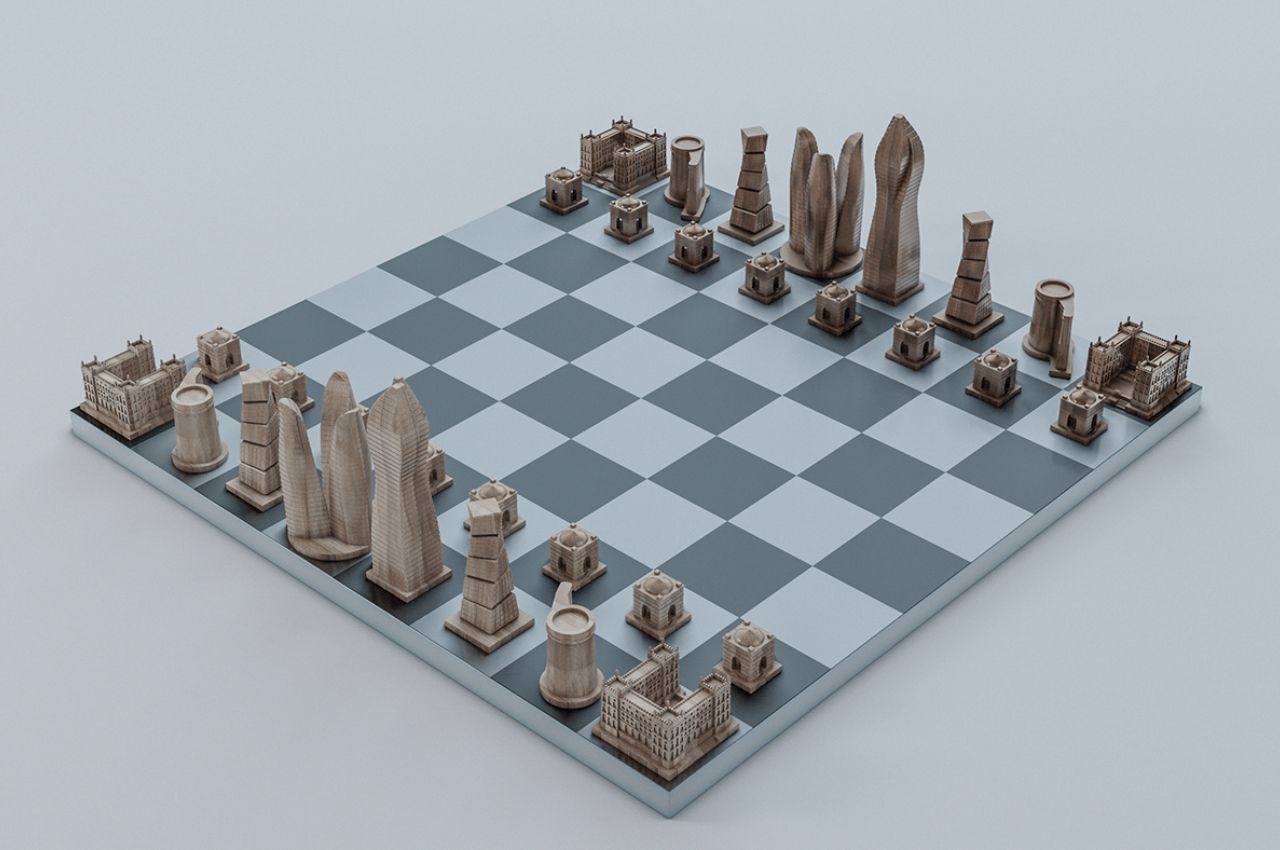
Chess, a game that transcends time and culture, has found a unique expression in the city of Baku. This exceptional souvenir chess set seamlessly combines the ancient and modern architectural wonders of Baku, Azerbaijan, creating a captivating chessboard that doubles as a miniature cityscape.
Designers: Element Visual Studio (Hatam Yunisli and Adam Yunisov)
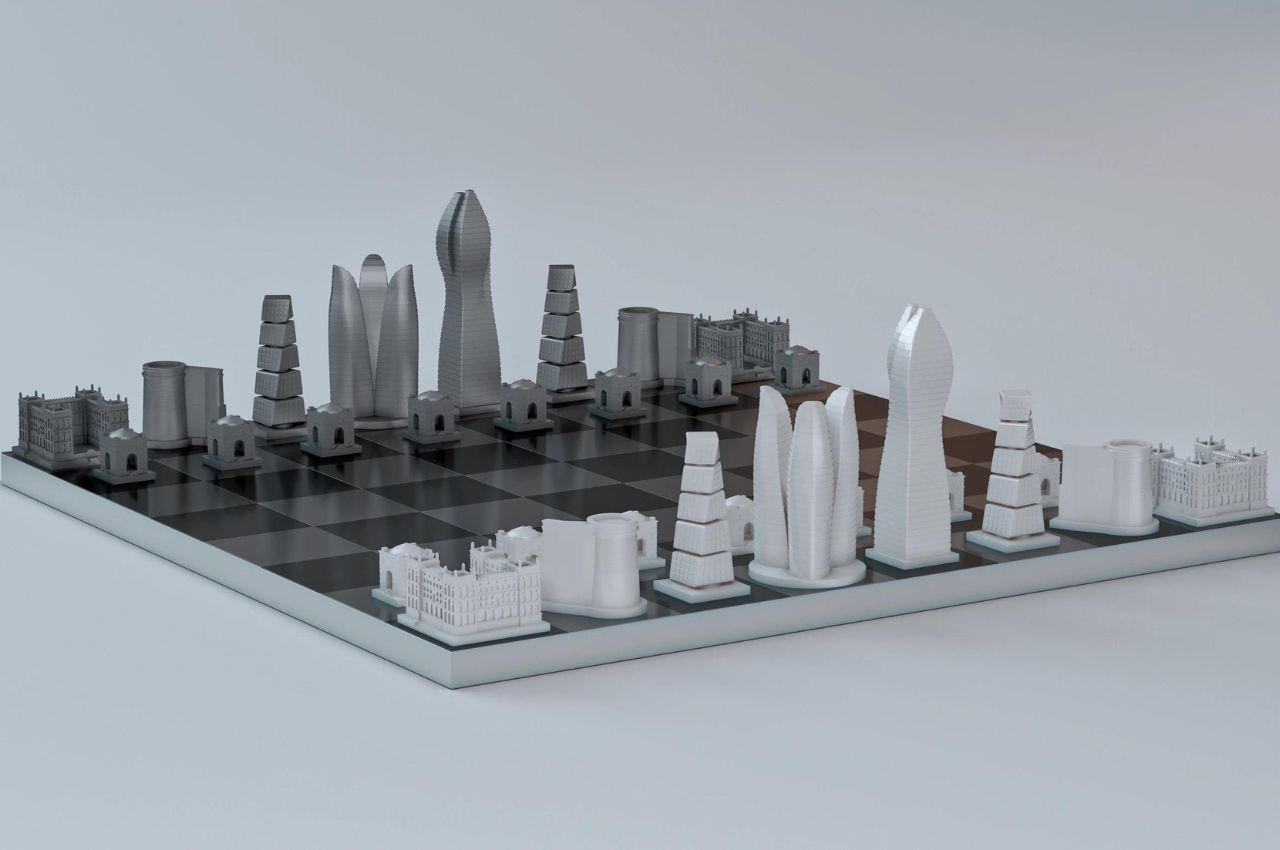
The Baku Chess Set stands out as a remarkable fusion of chess tradition and architectural innovation. Instead of traditional chess pieces, this set features intricately modeled replicas of Baku’s iconic landmarks. Baku, the capital of Azerbaijan, boasts a rich tapestry of historical and modern architecture that has gained international praise. Designers of the Baku Chess Set have ingeniously replaced traditional chess pieces with miniature representations of some of Baku’s most significant structures.
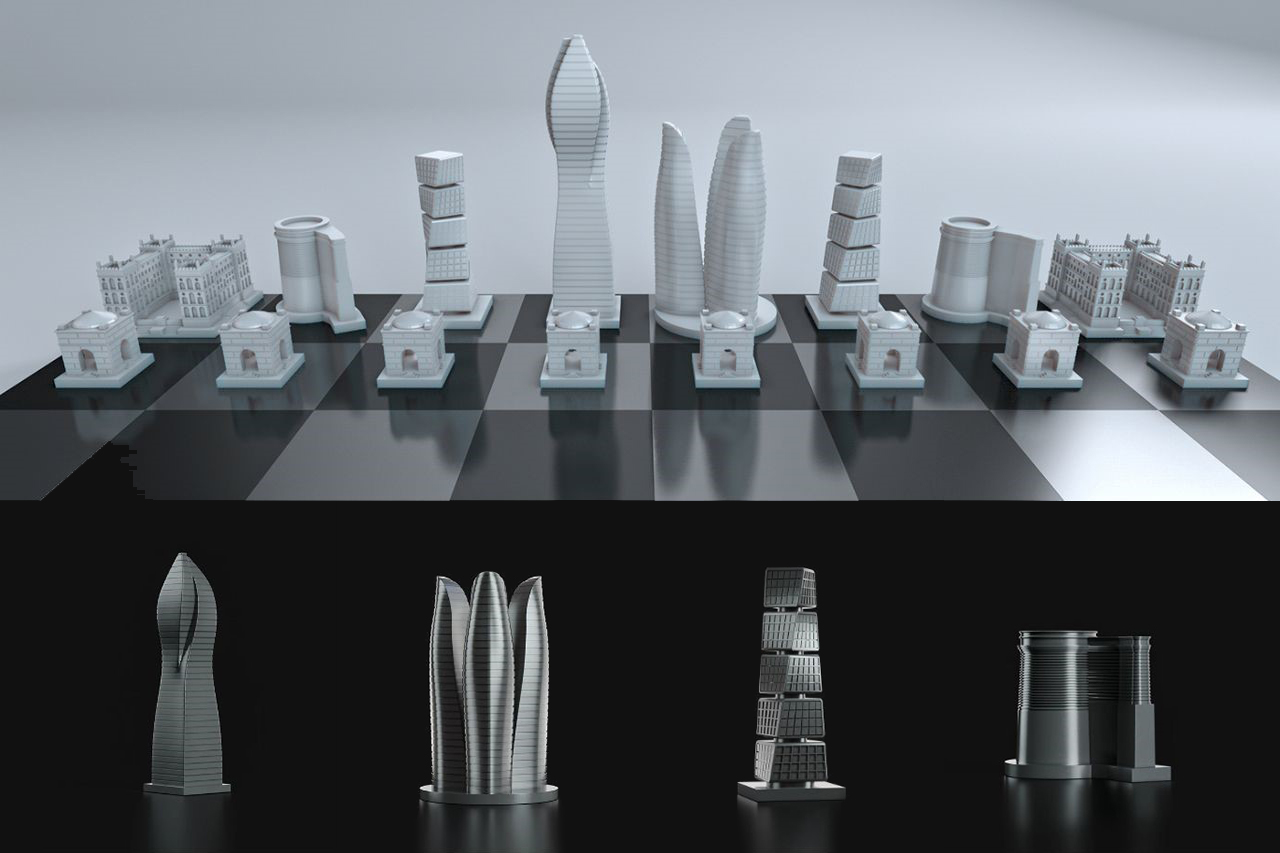
Baku is renowned for its architectural splendor, leaving tourists in awe of its historical and contemporary landmarks. The Baku Chess Set captures the essence of this awe-inspiring city, allowing players to engage in a game of chess while navigating through the streets and structures that define Baku’s skyline. This innovative take on the classic game breathes new life into the age-old tradition of chess, transforming it into an immersive experience that reflects the city’s rich cultural heritage.
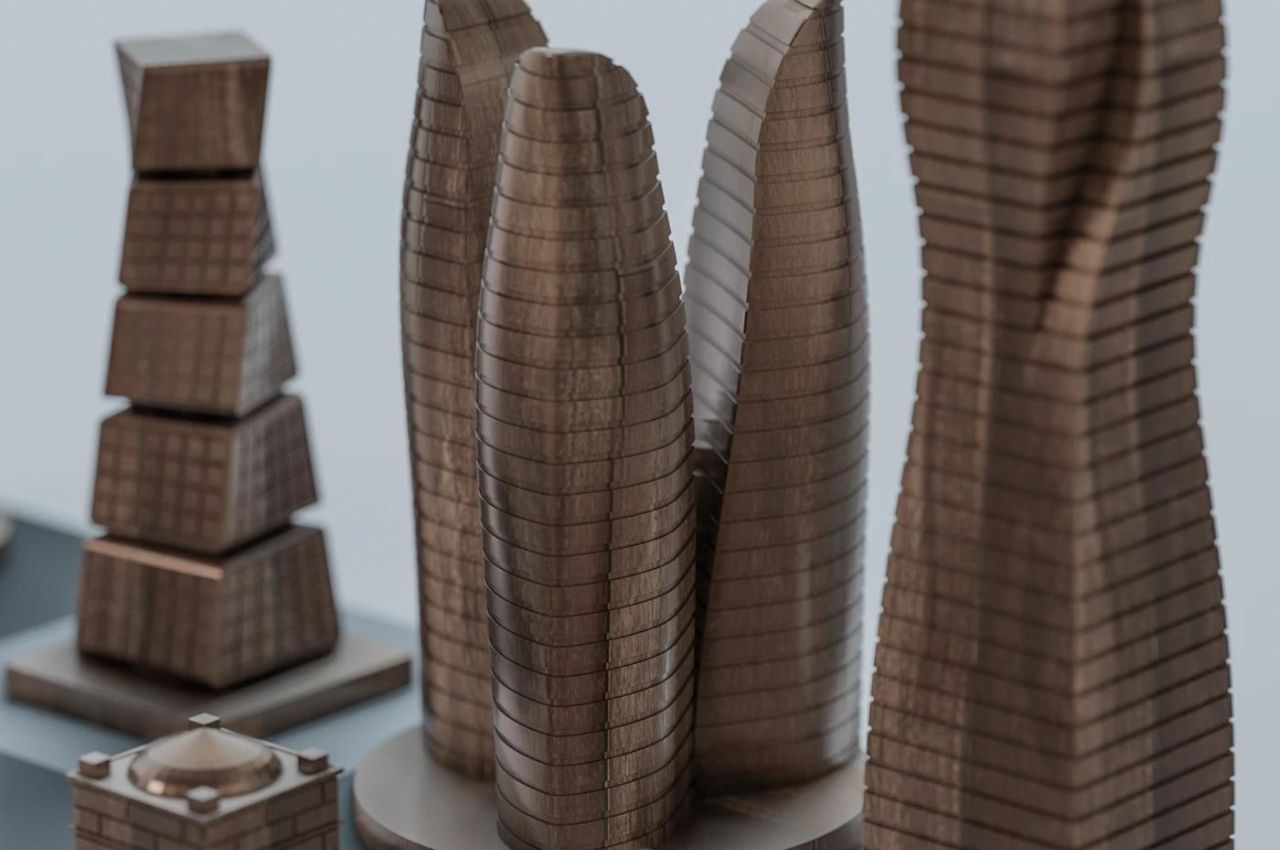
For those visiting Baku, the Baku Chess Set is more than just a game; it’s a creative and meaningful souvenir. The inclusion of important buildings in the chess set offers a unique way for visitors to take a piece of Baku home with them. It’s almost like laying out the city on a chessboard, allowing players to engage in a strategic battle while appreciating the architectural marvels that make Baku a standout destination.
Azerbaijan has been gaining popularity as a tourist destination in recent years, and initiatives like the Baku Chess Set exemplify the country’s commitment to showcasing its cultural and architectural richness. The inclusion of landmarks such as the Socar Tower, Maiden Tower, Flame Towers, The Ministry of Economy, Azerbalian House of Government, and the “Ateshgah” Fire Temple reflects Azerbaijan’s desire to share its unique blend of history and modernity with the world.

Built in 2016, standing at a height of 200 meters, constructed by Tekfen Construction and Installation Co., Inc.

Constructed in 2013, towering at 182 meters, and built by DIA Holding, the Flame Towers symbolize the modern skyline of Baku.

Completed in 2021, with a height of 168 meters, constructed by Tekfen Construction and Installation Co., Inc., this building showcases Baku’s contemporary architectural prowess.
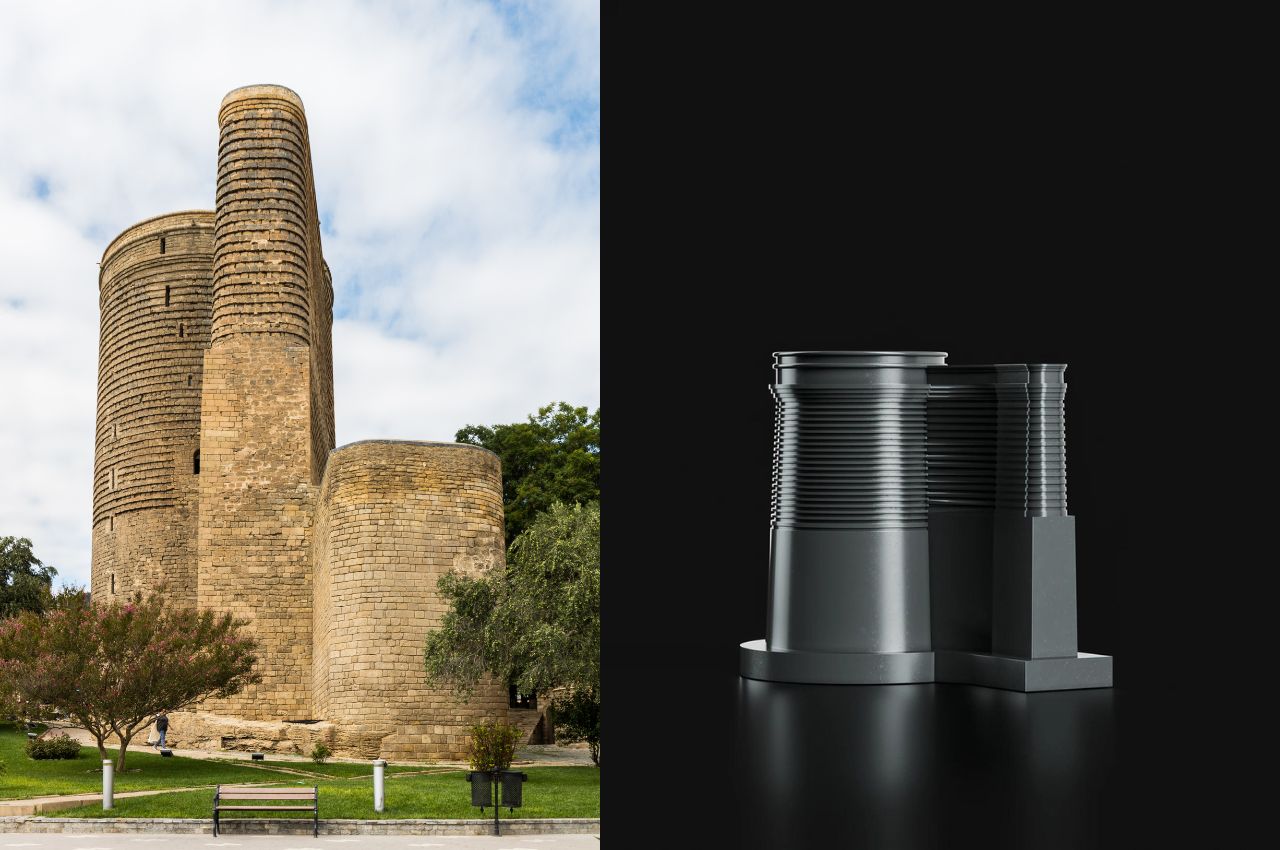
Dating back to the 12th century, with a height of 28 meters, this historical gem adds a touch of ancient allure to the chess set.
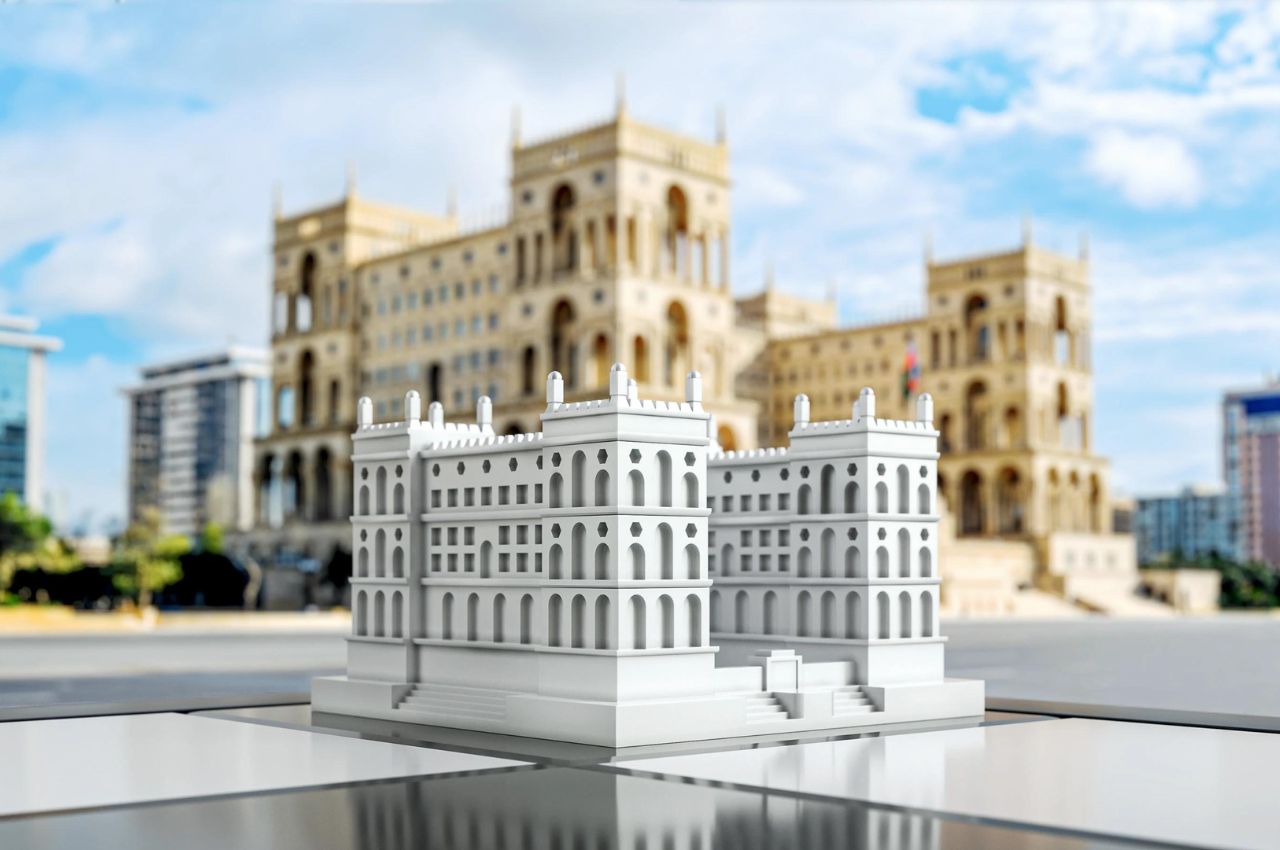
Built-in 1952 and designed by Lev Rudnev and Vladimir Munts, this historical structure adds a classic touch to the chess set.
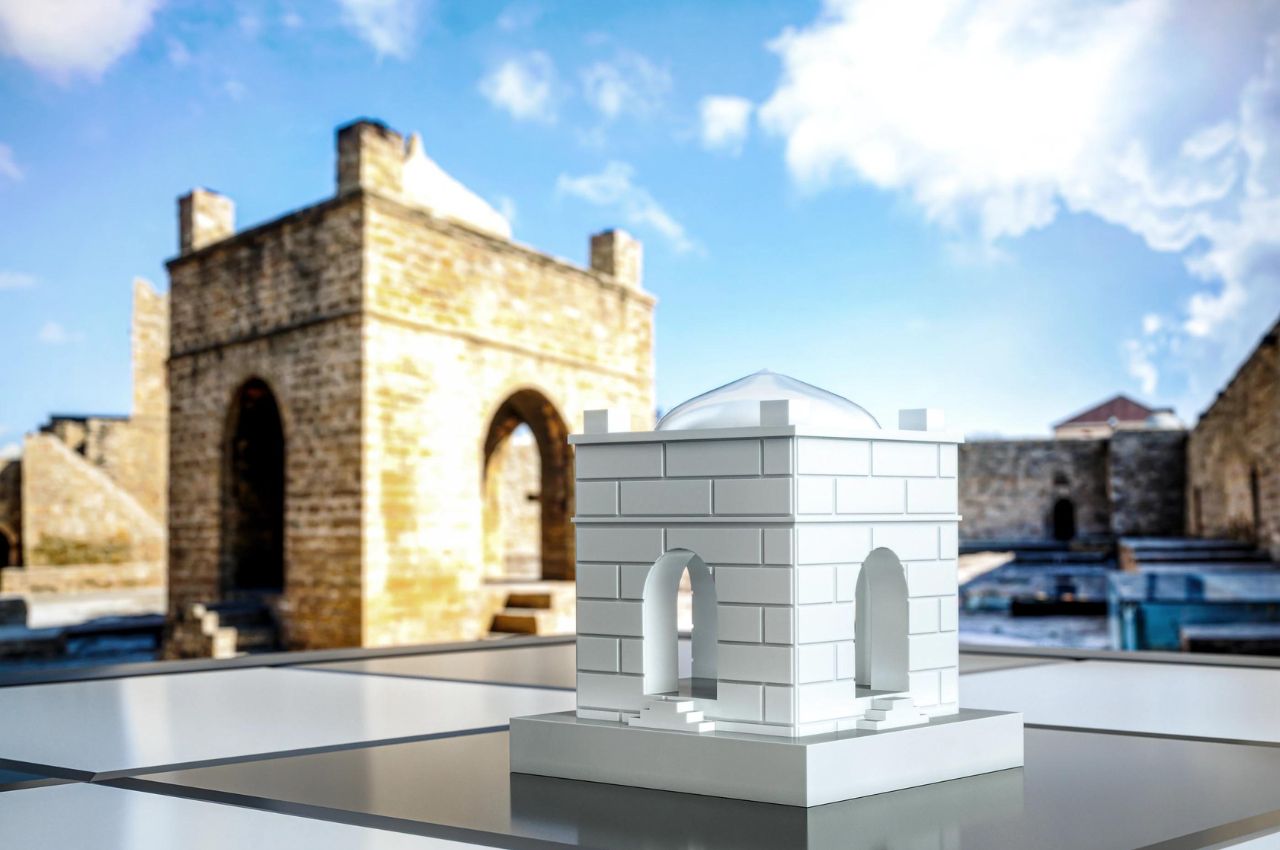
Dating back to the 16th to 18th centuries, this ancient temple brings a spiritual and historical dimension to the chess set.
The Baku Chess Set stands as a testament to the creativity and ingenuity that can be achieved when tradition meets innovation. By integrating the architectural marvels of Baku into a classic game, the designers have not only created a visually stunning chess set but also a symbol of Azerbaijan’s rich history and vibrant present. As tourists explore the streets of Baku, they can now take a tangible piece of the city’s soul home with them through this captivating and culturally significant chess set.
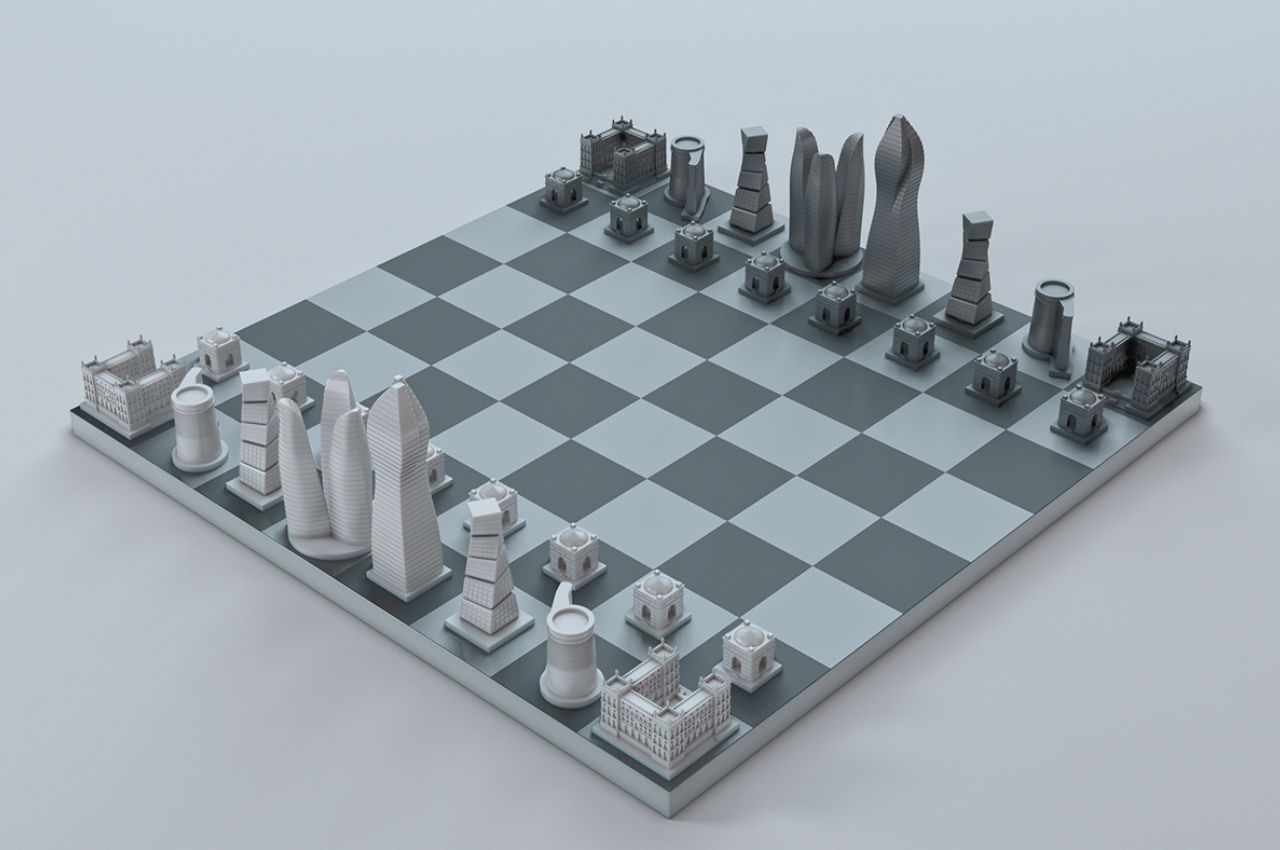
The post A Chess Set That Takes You On An Architectural Journey Through Azerbaijan first appeared on Yanko Design.